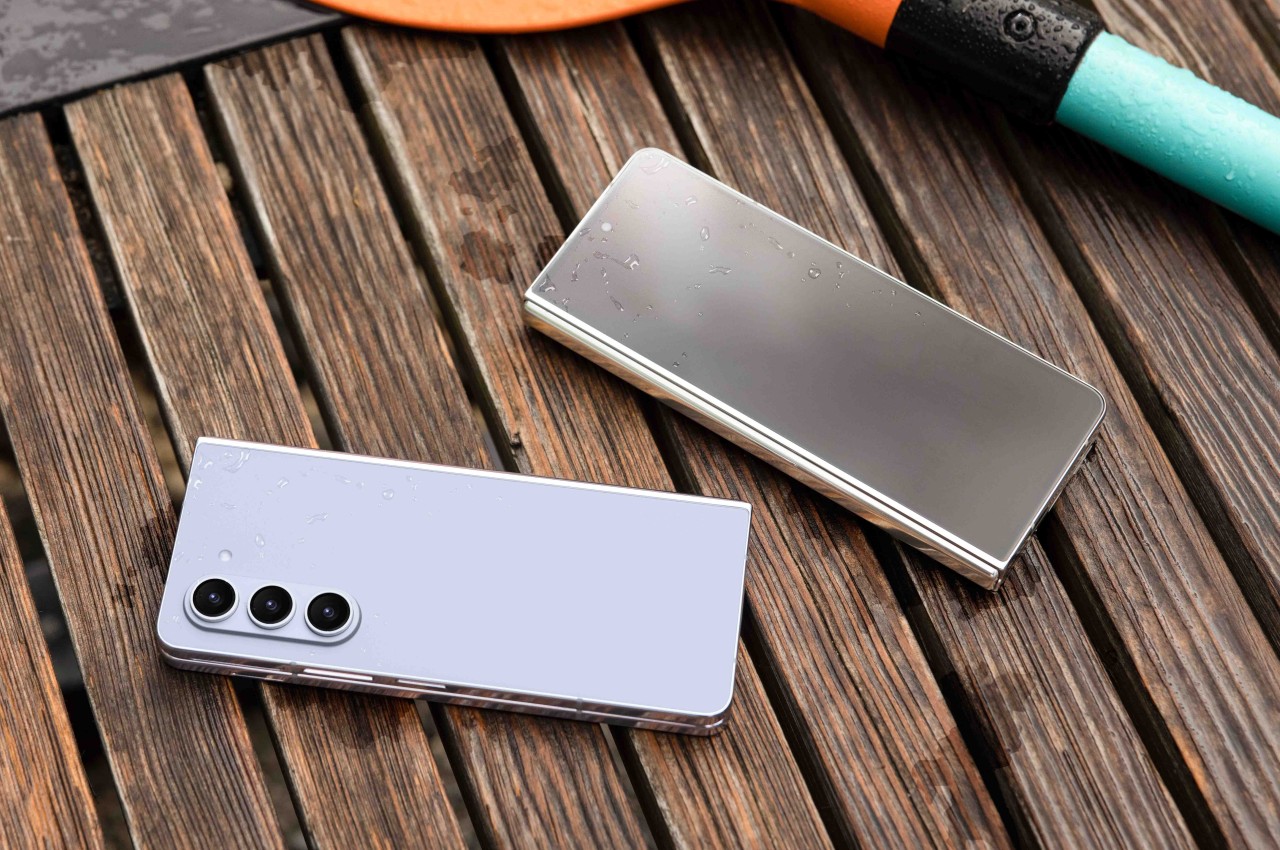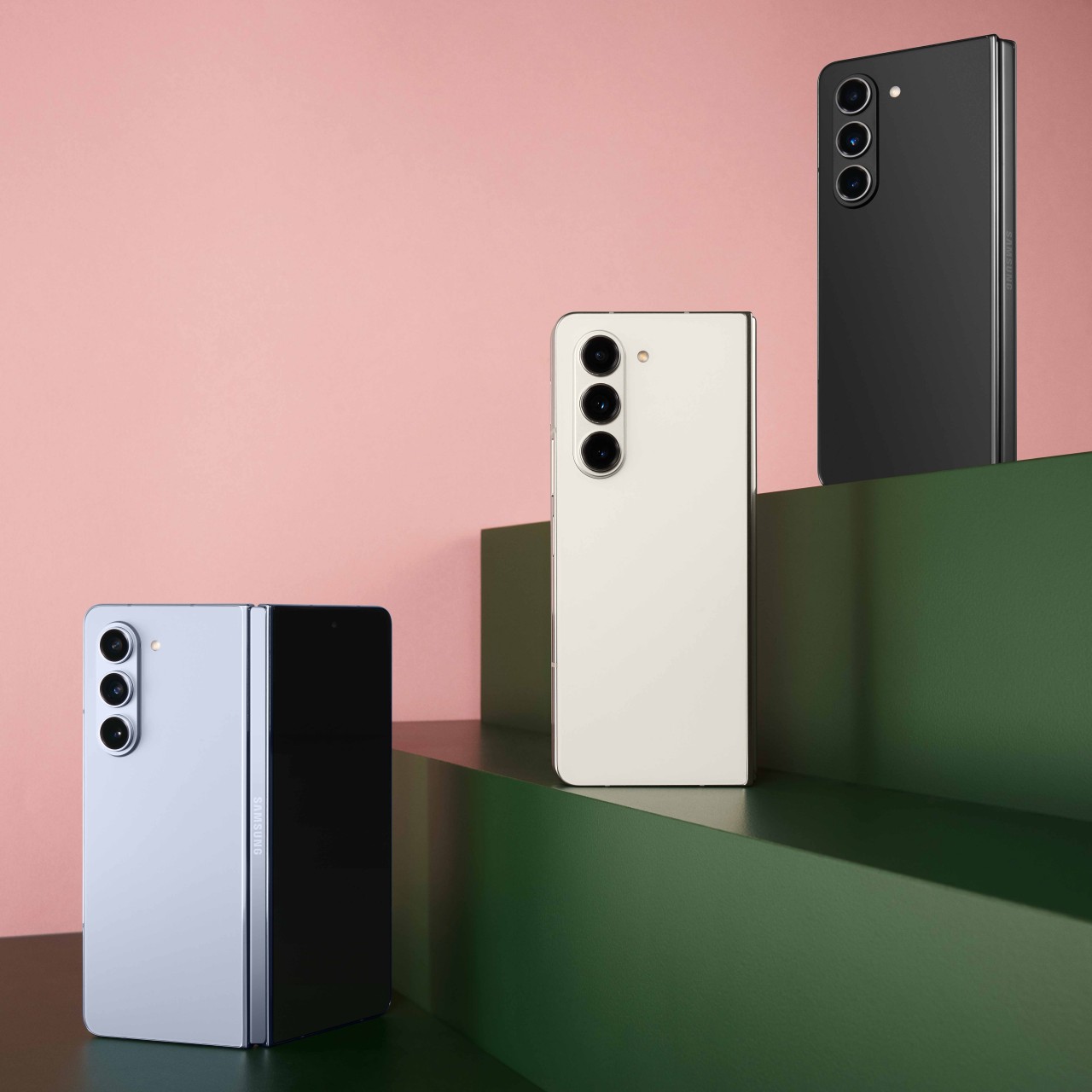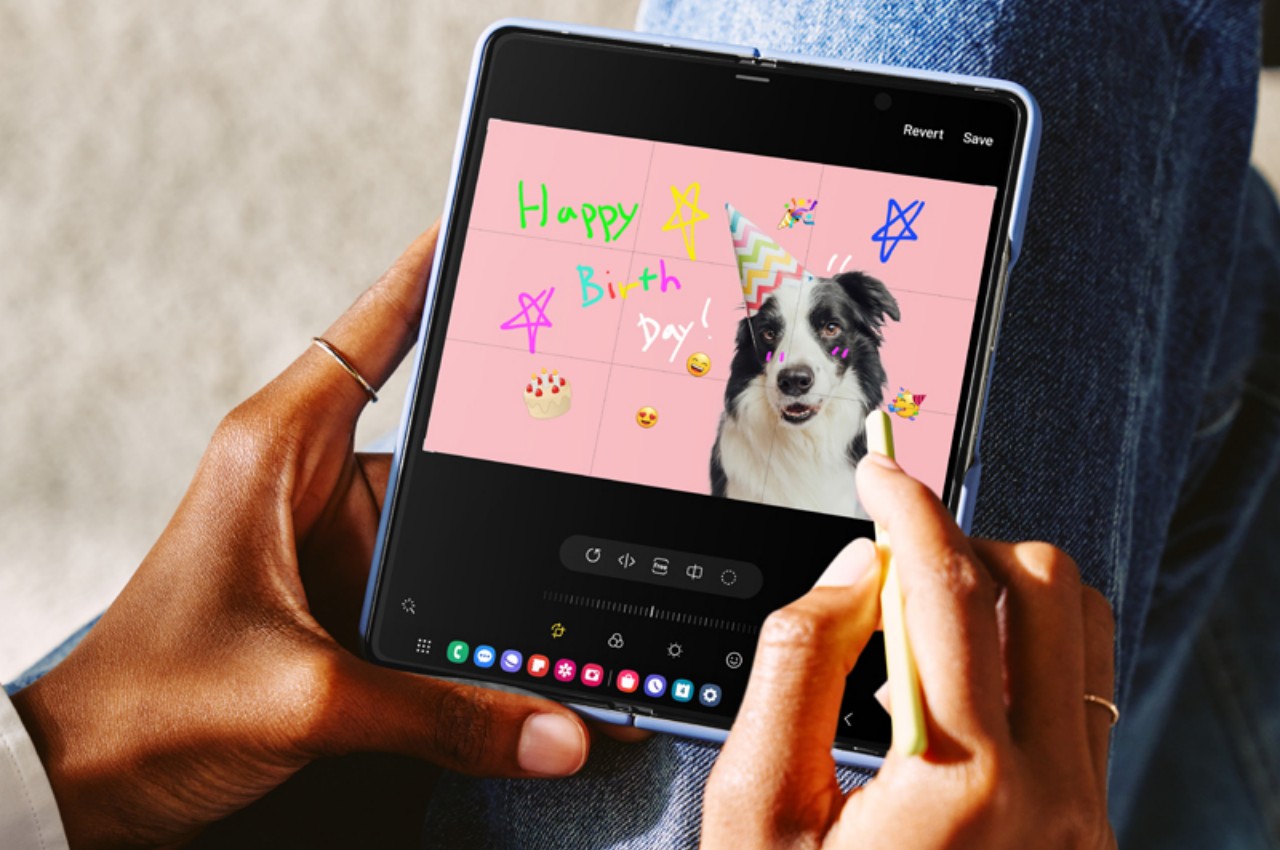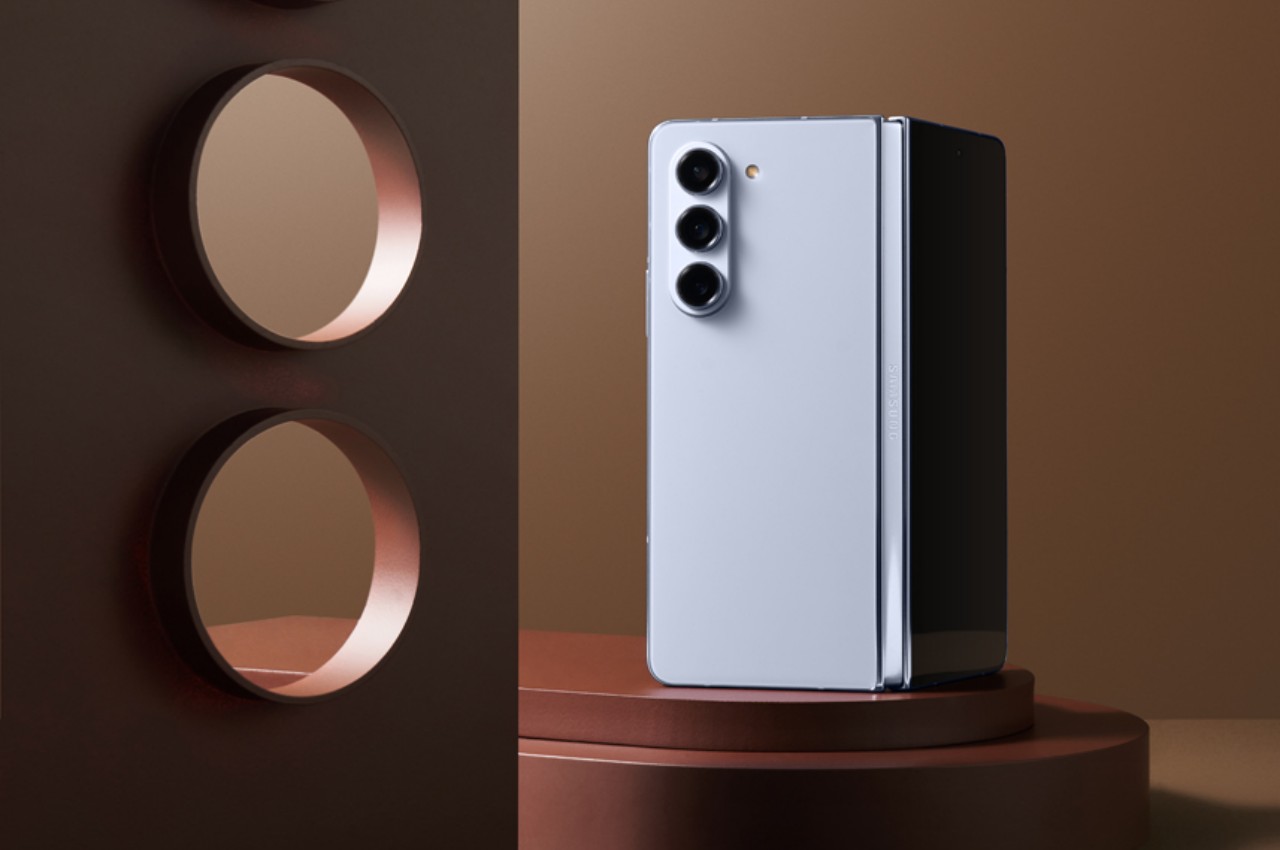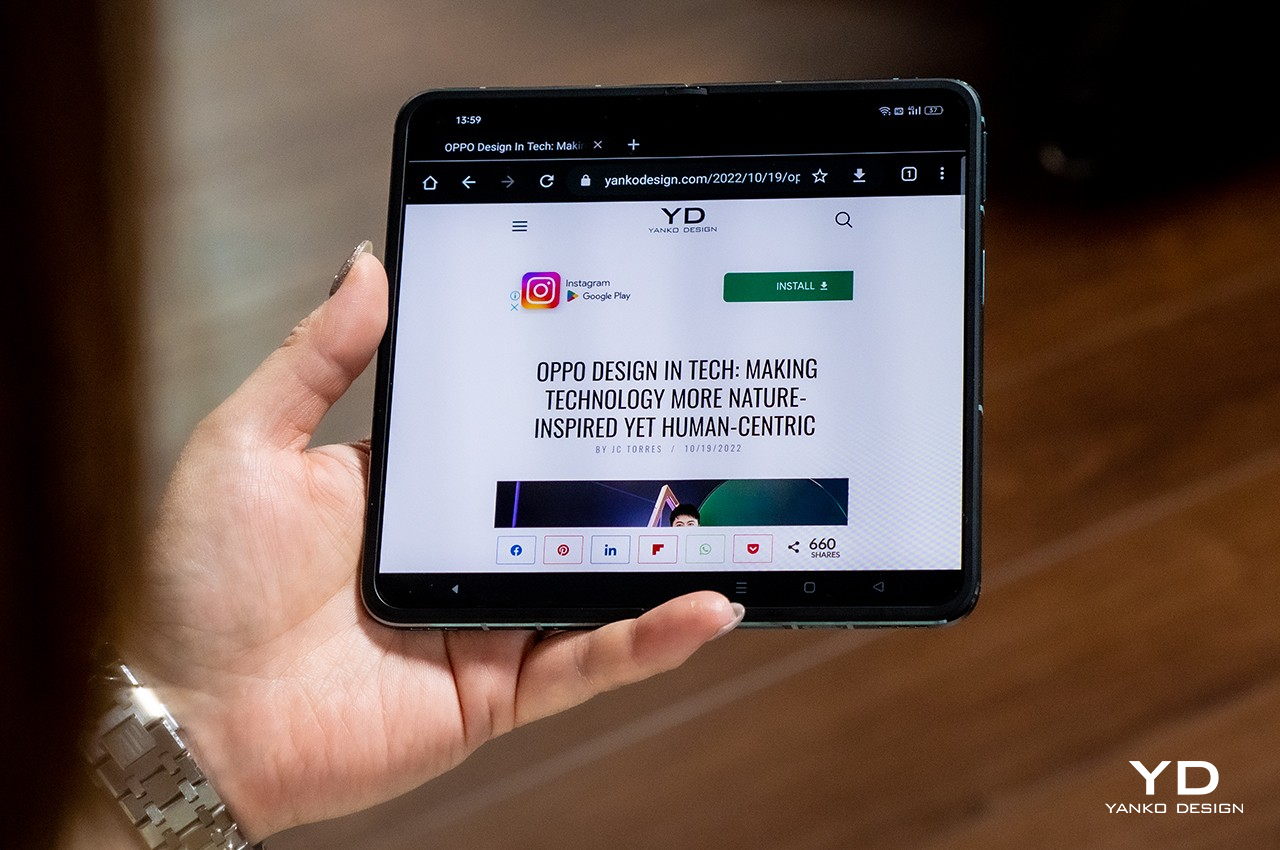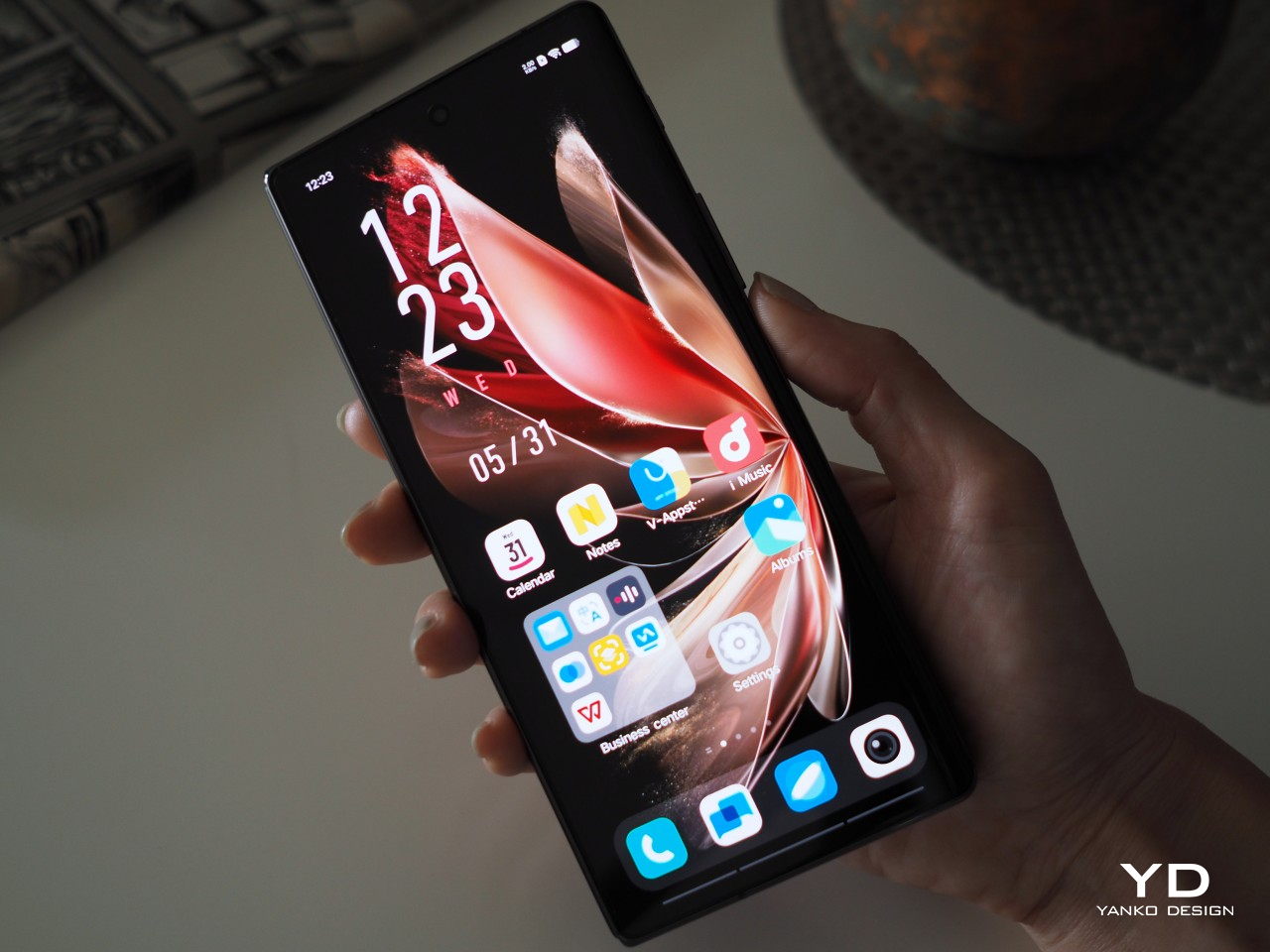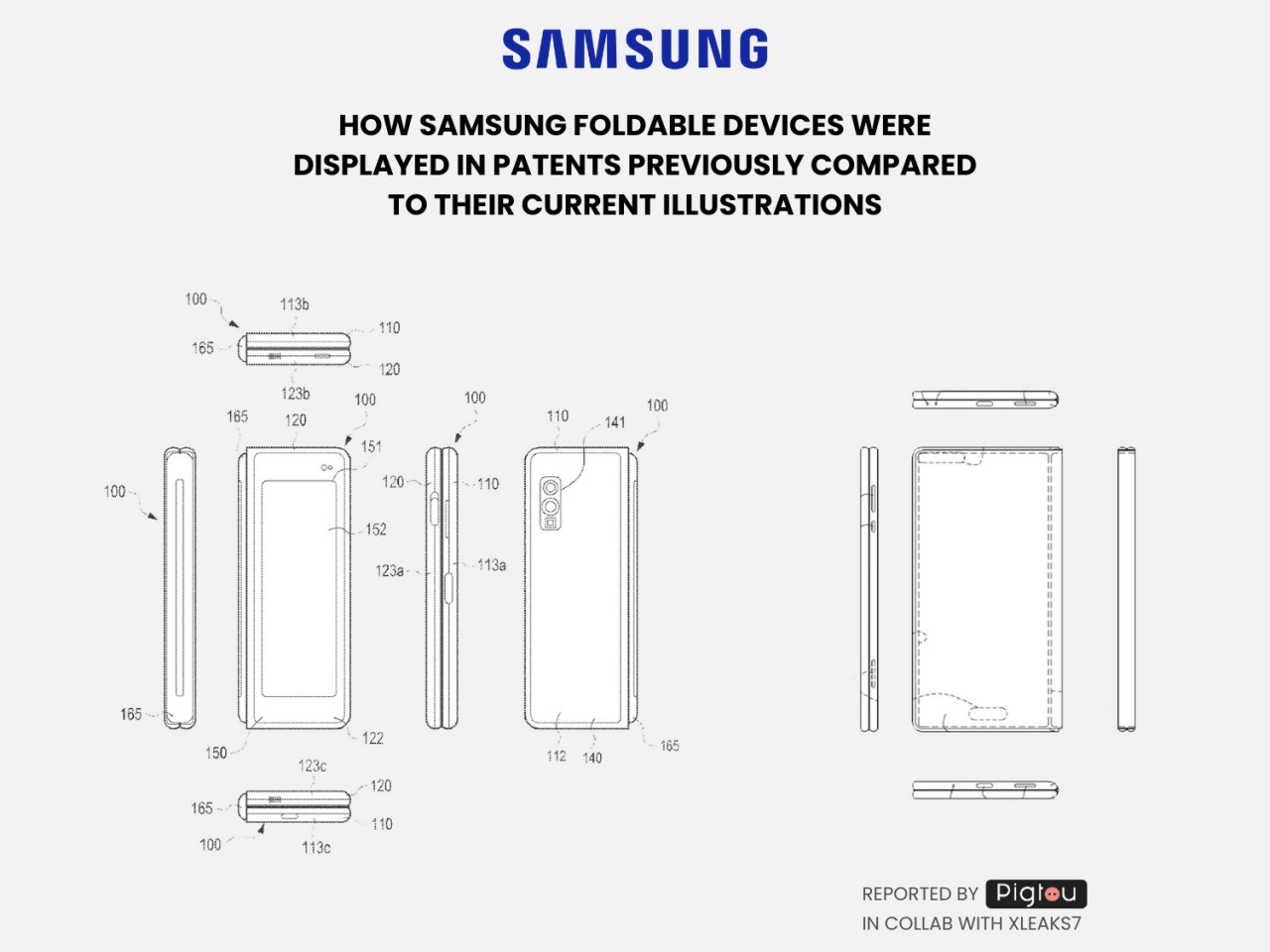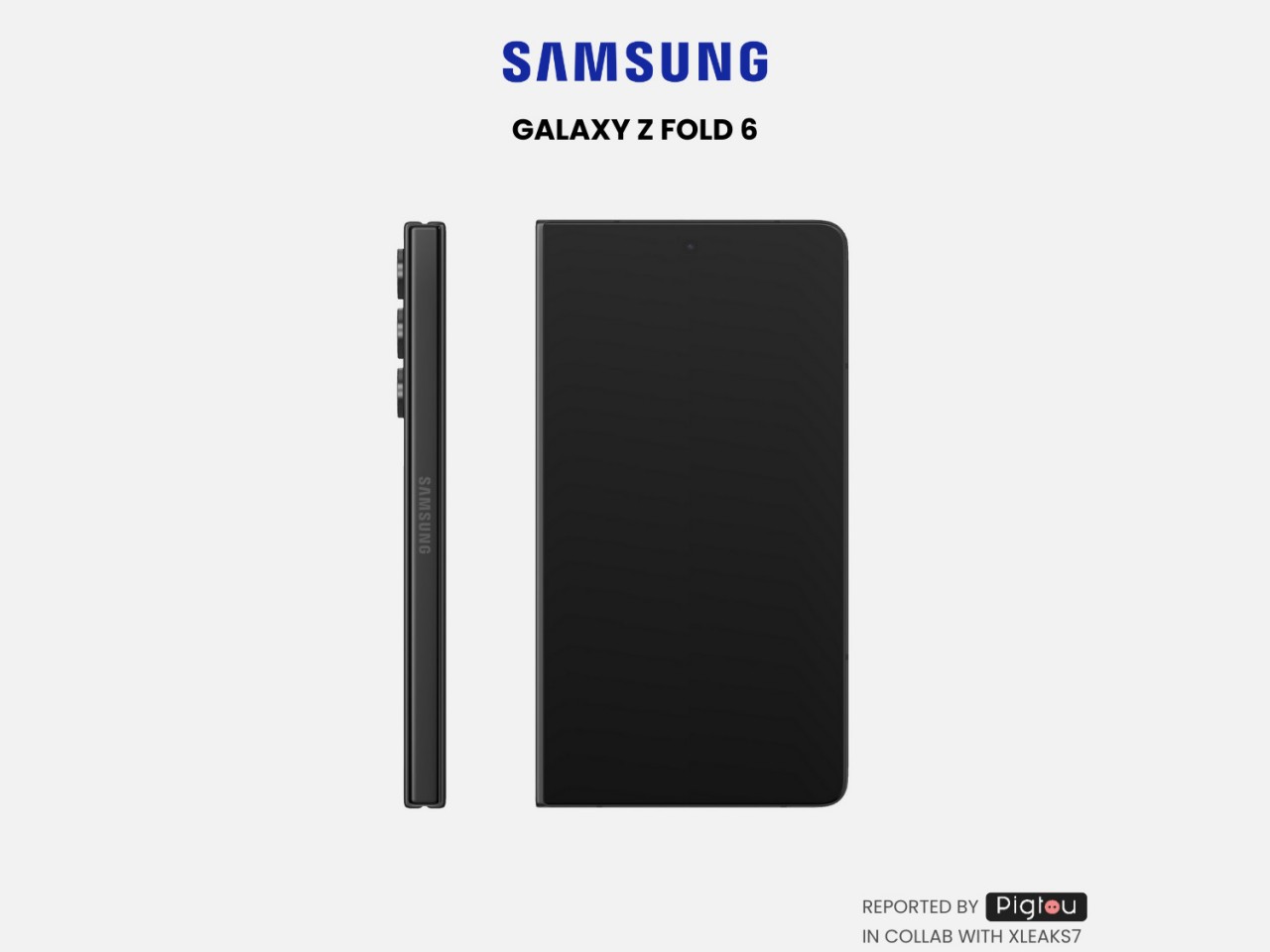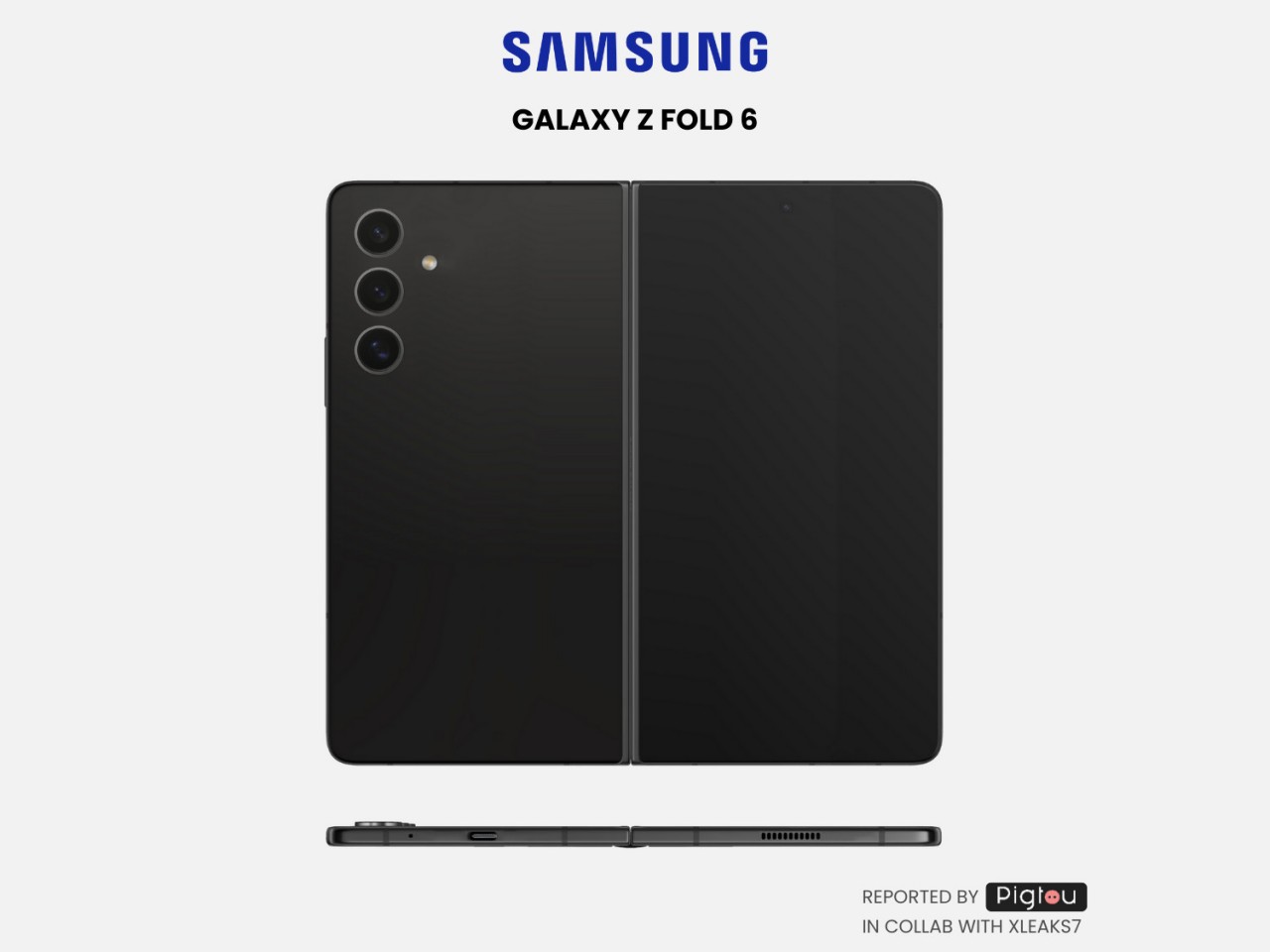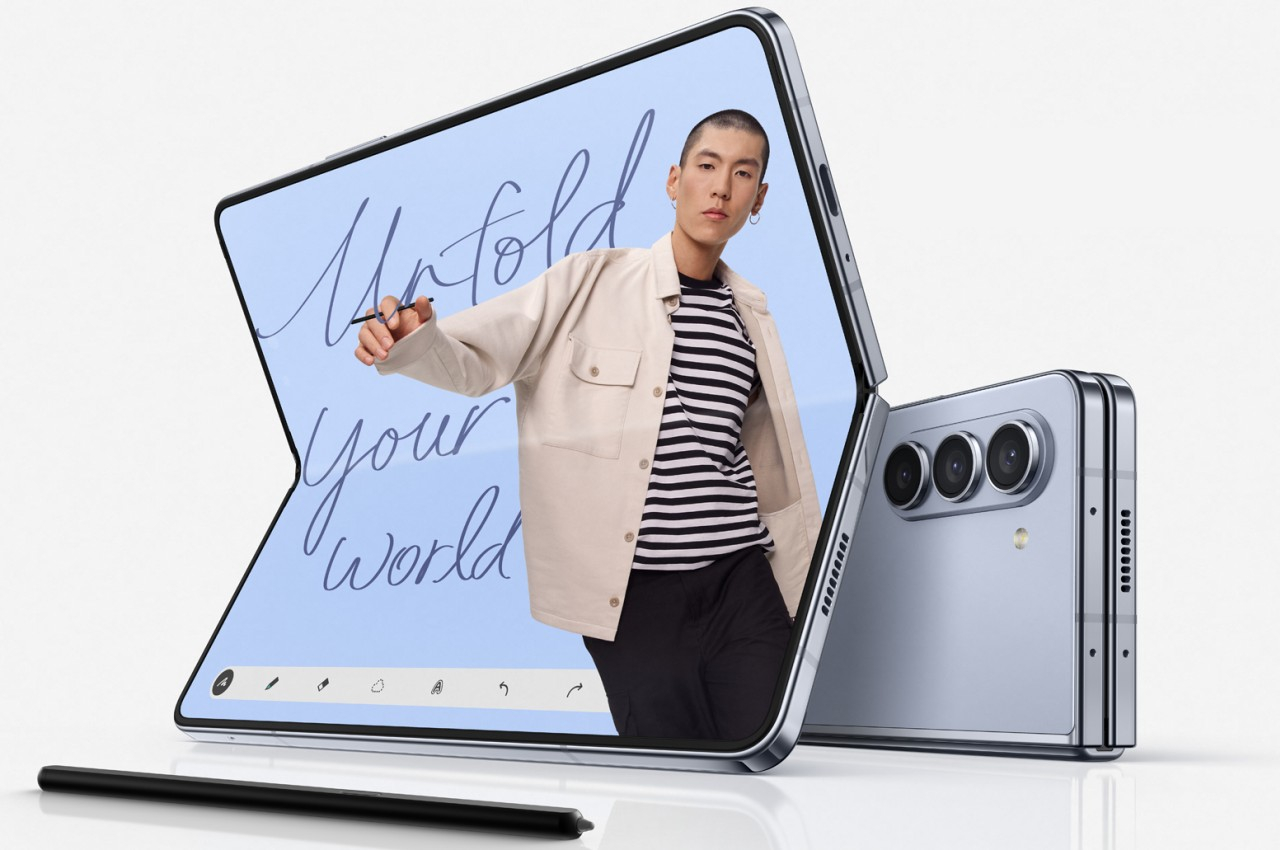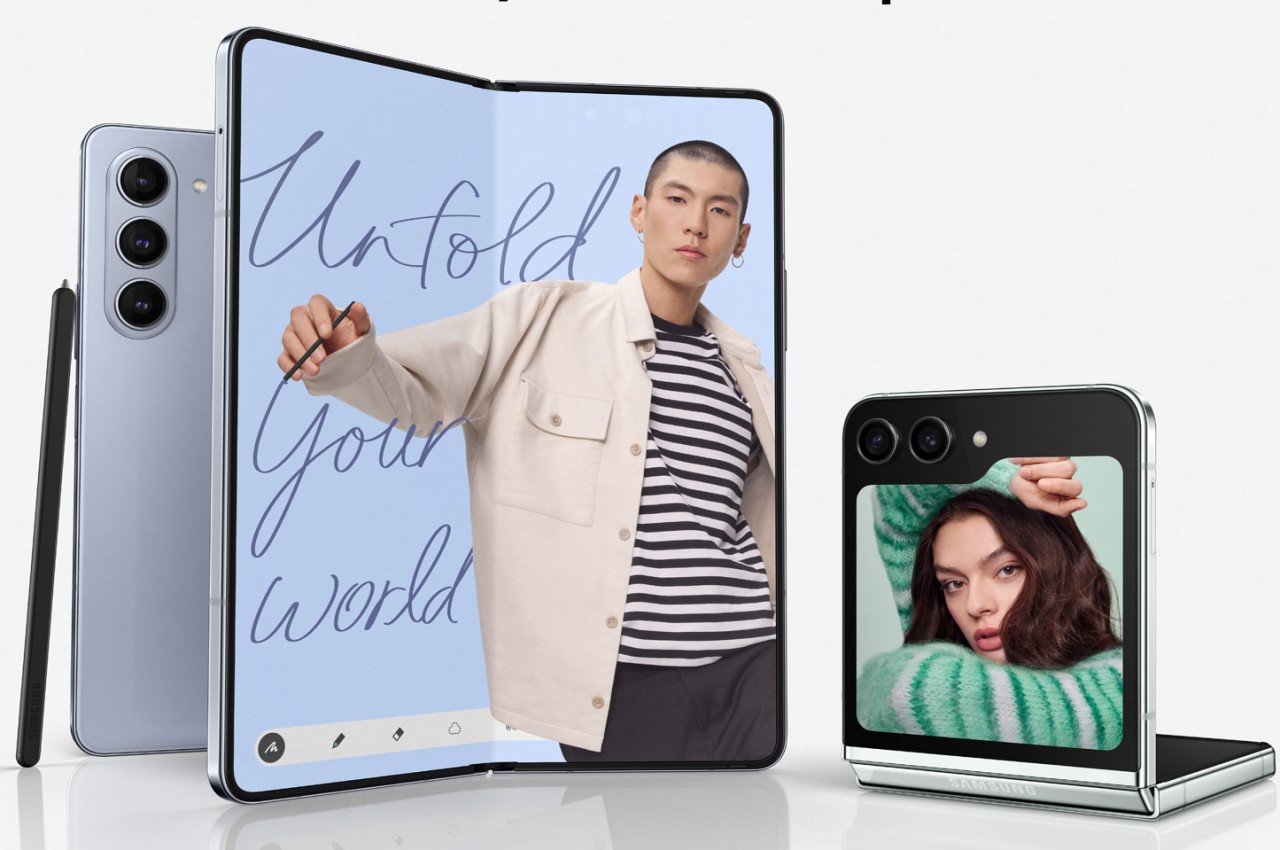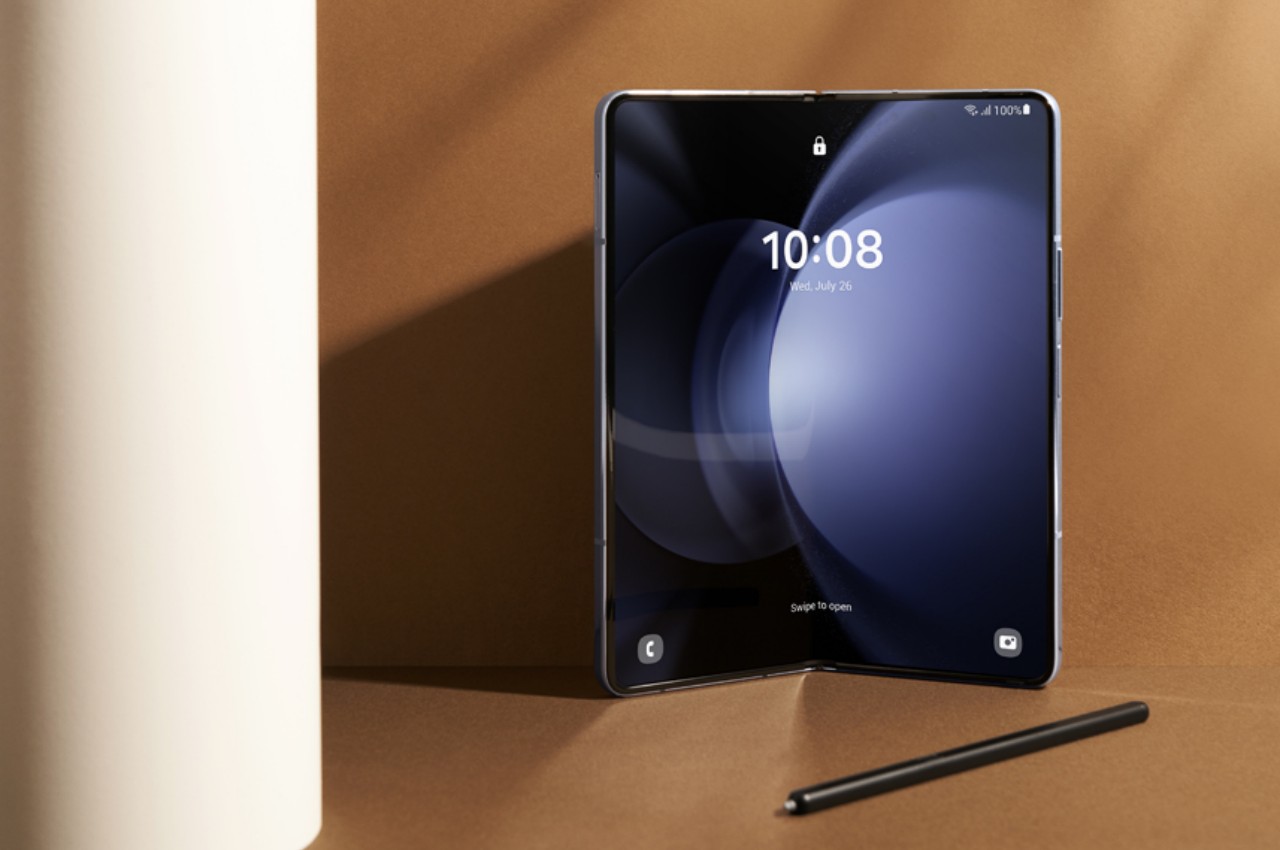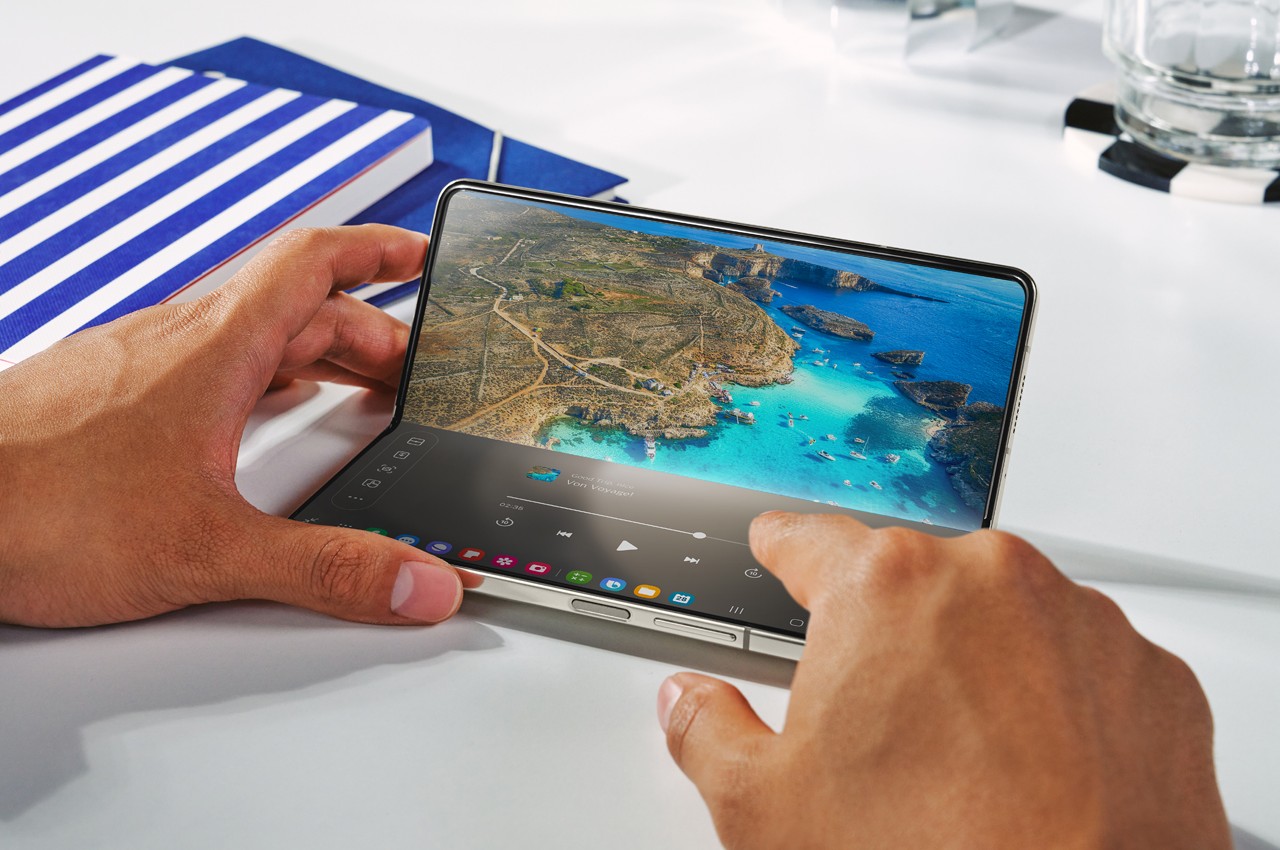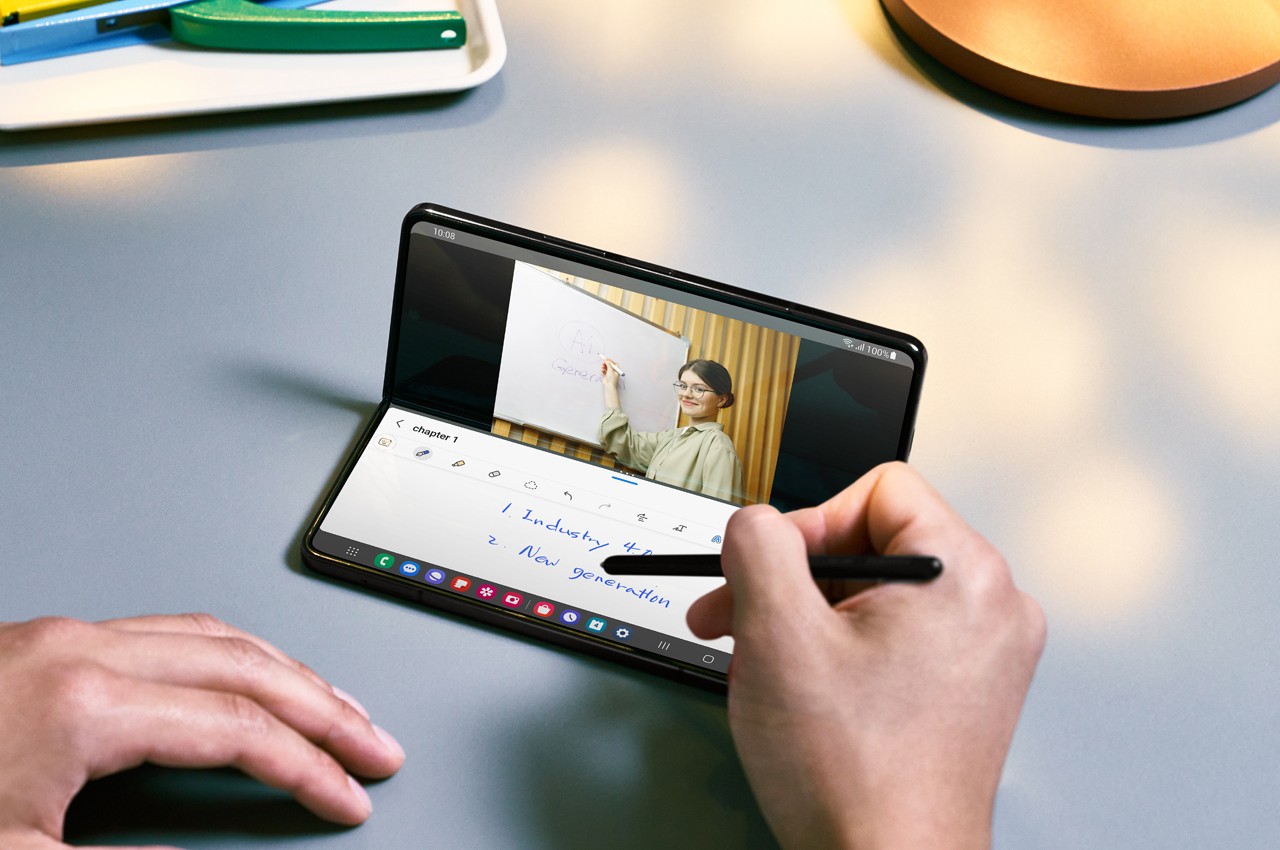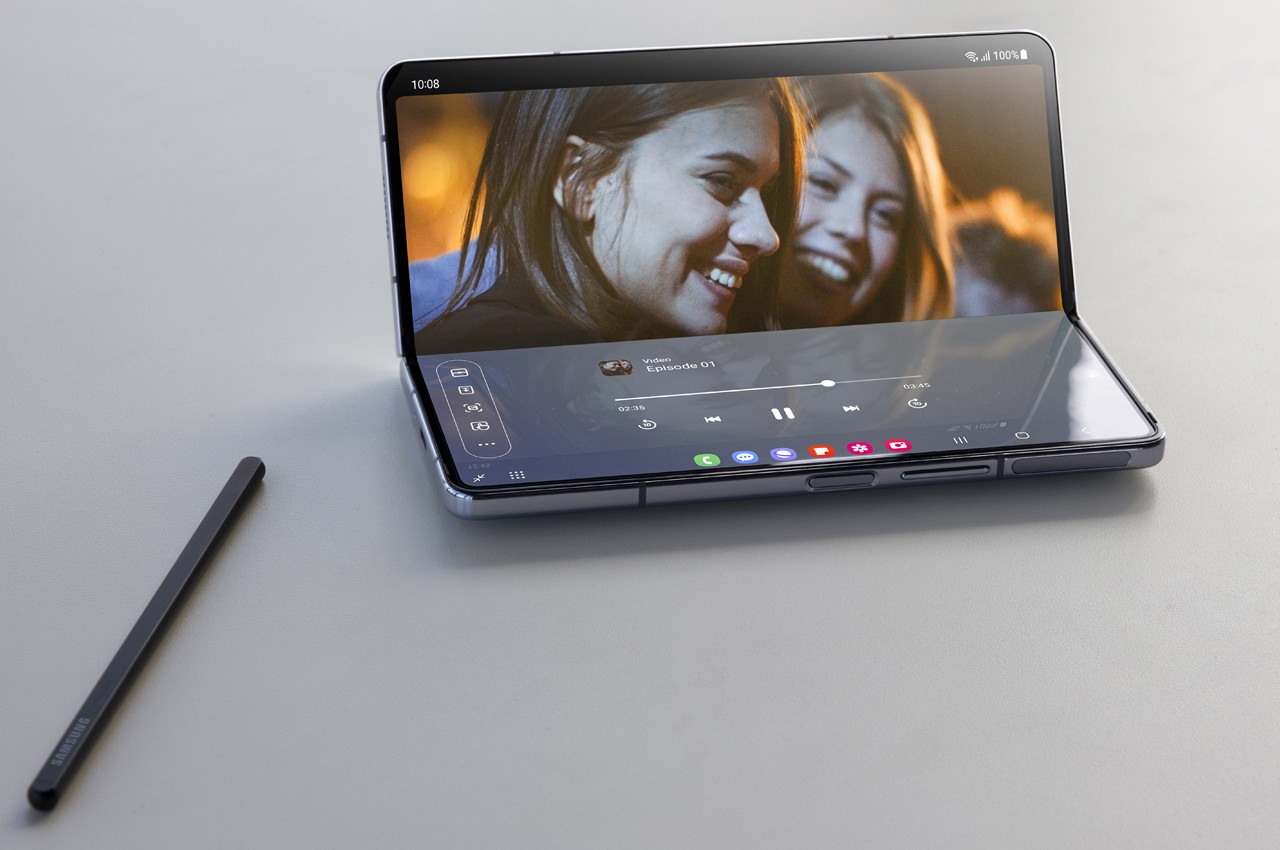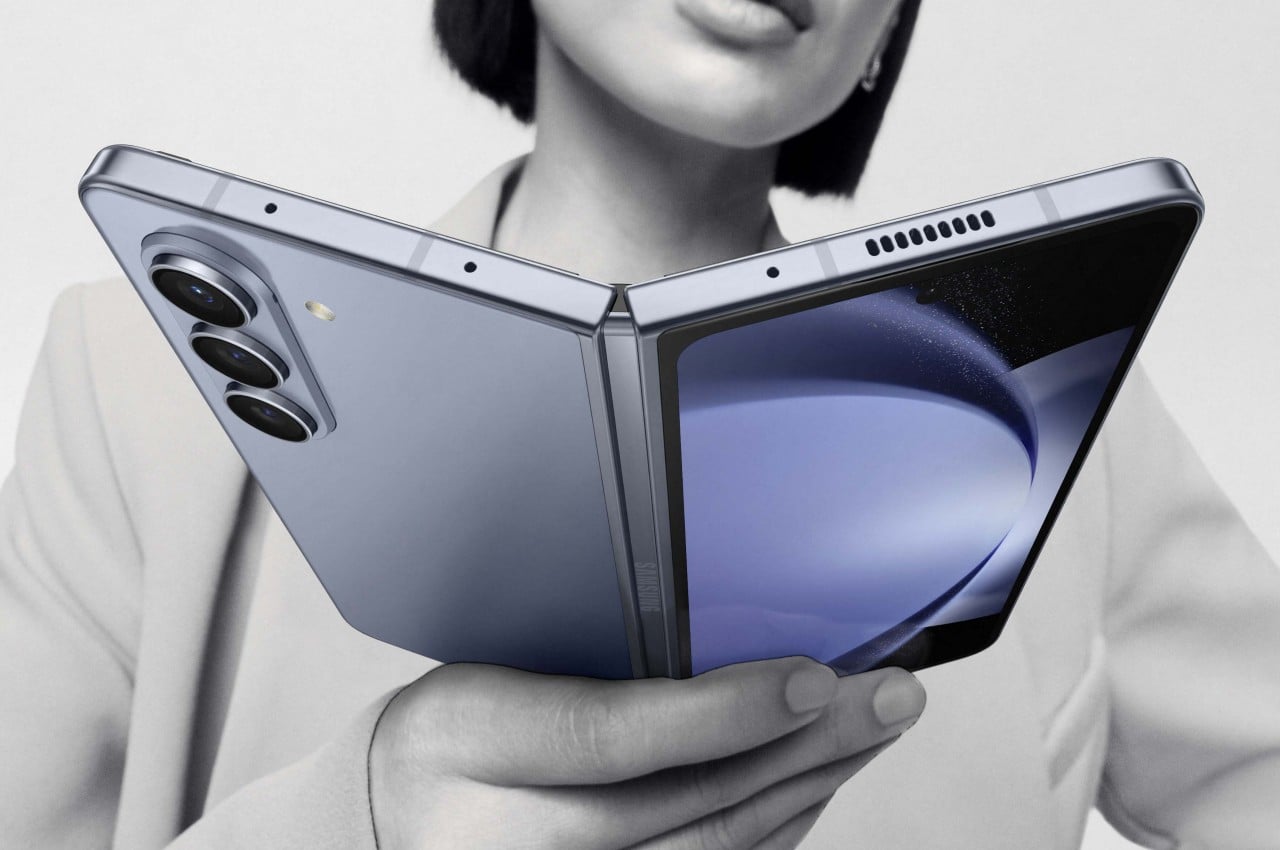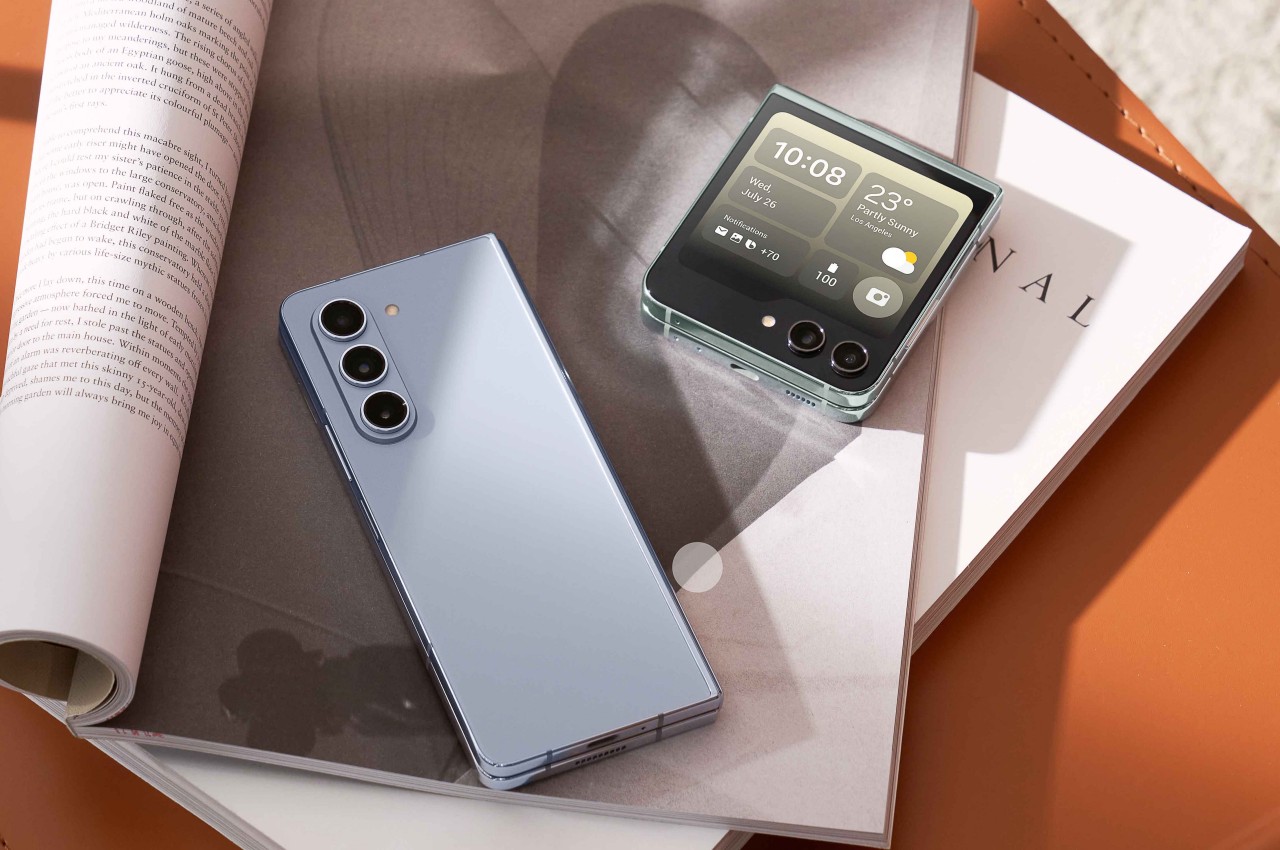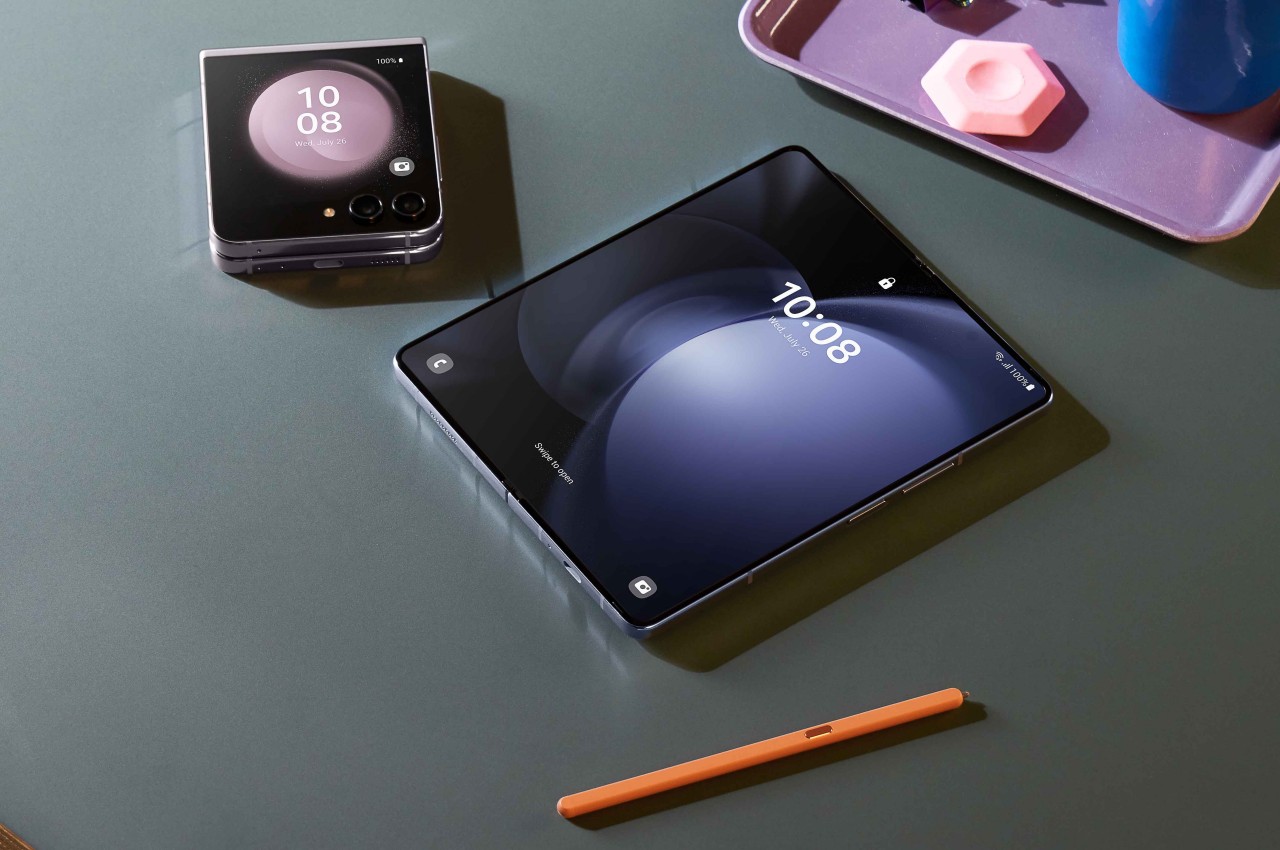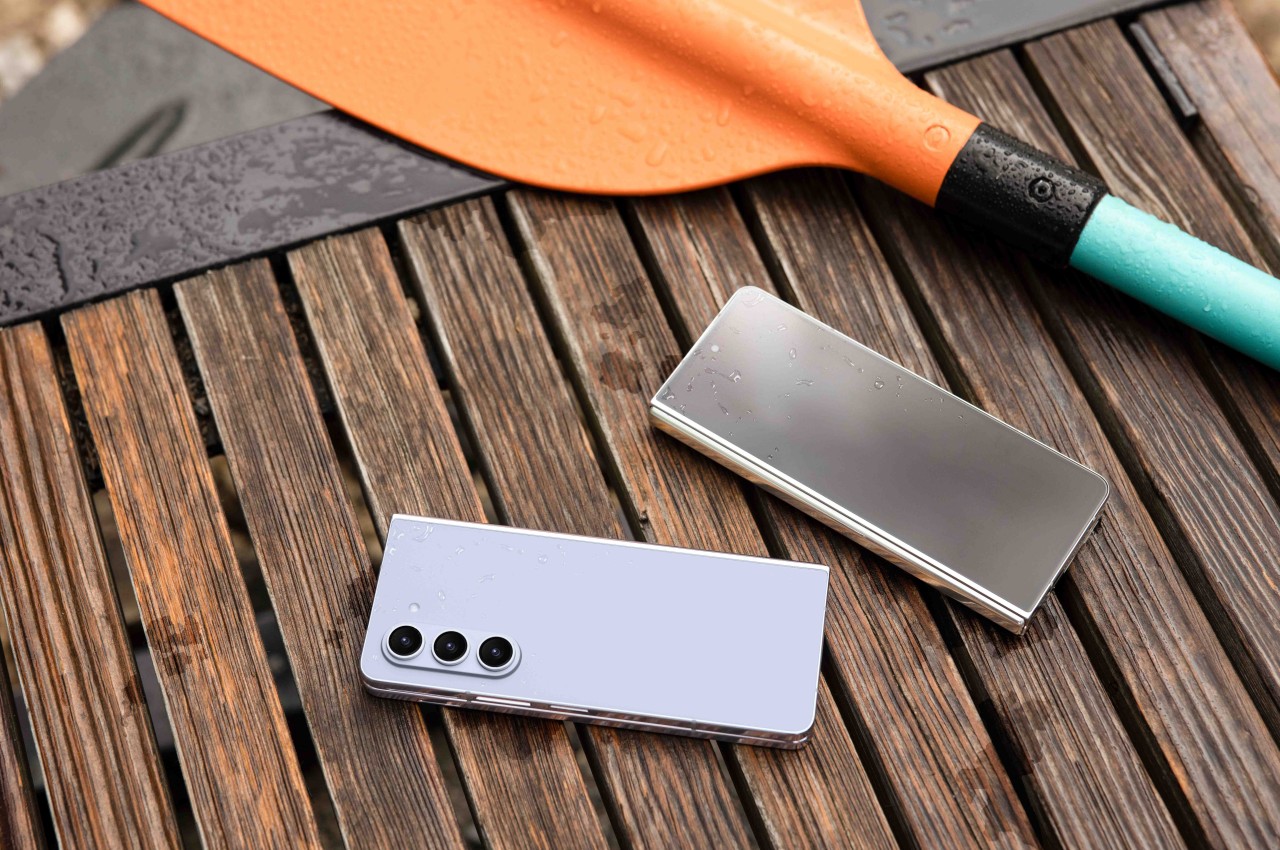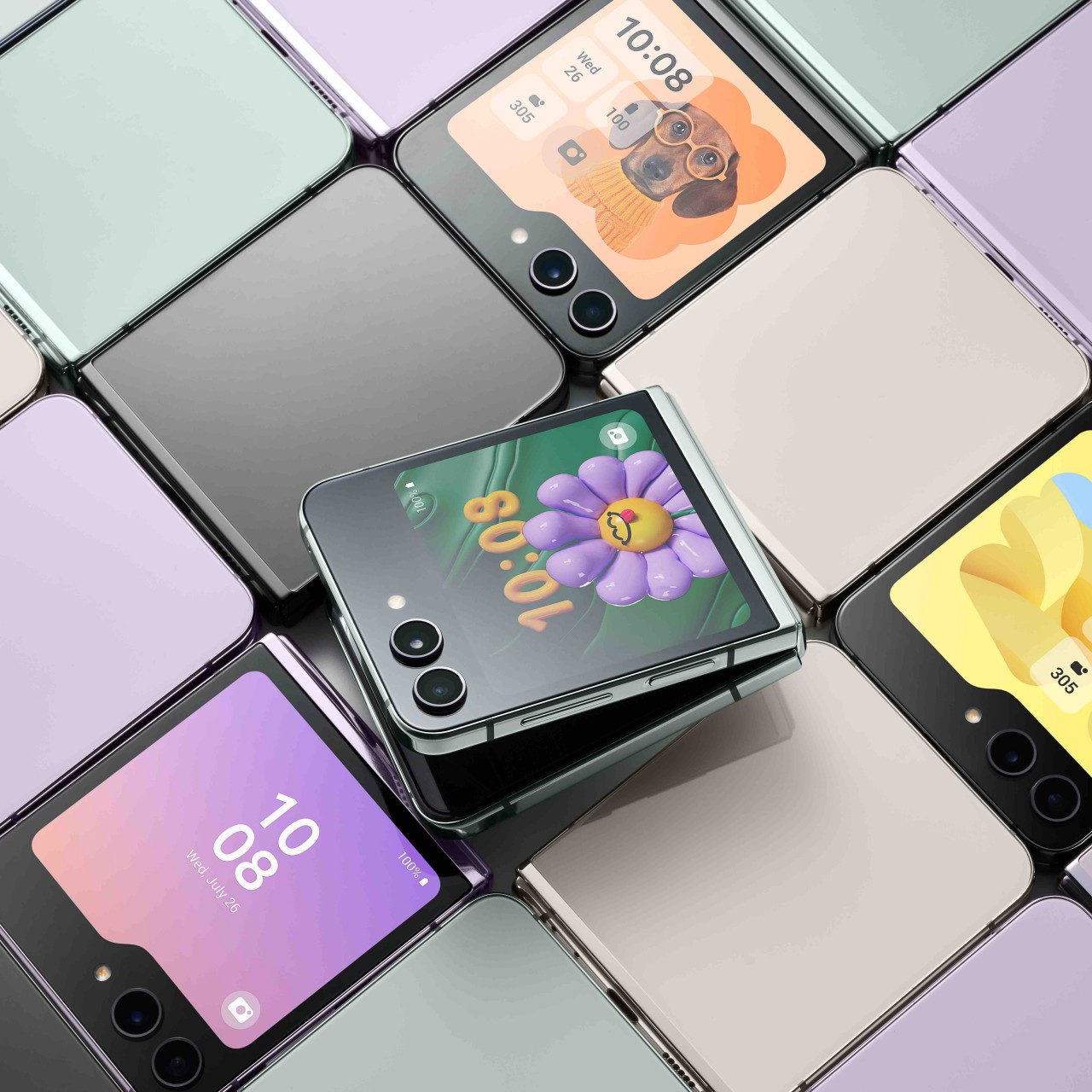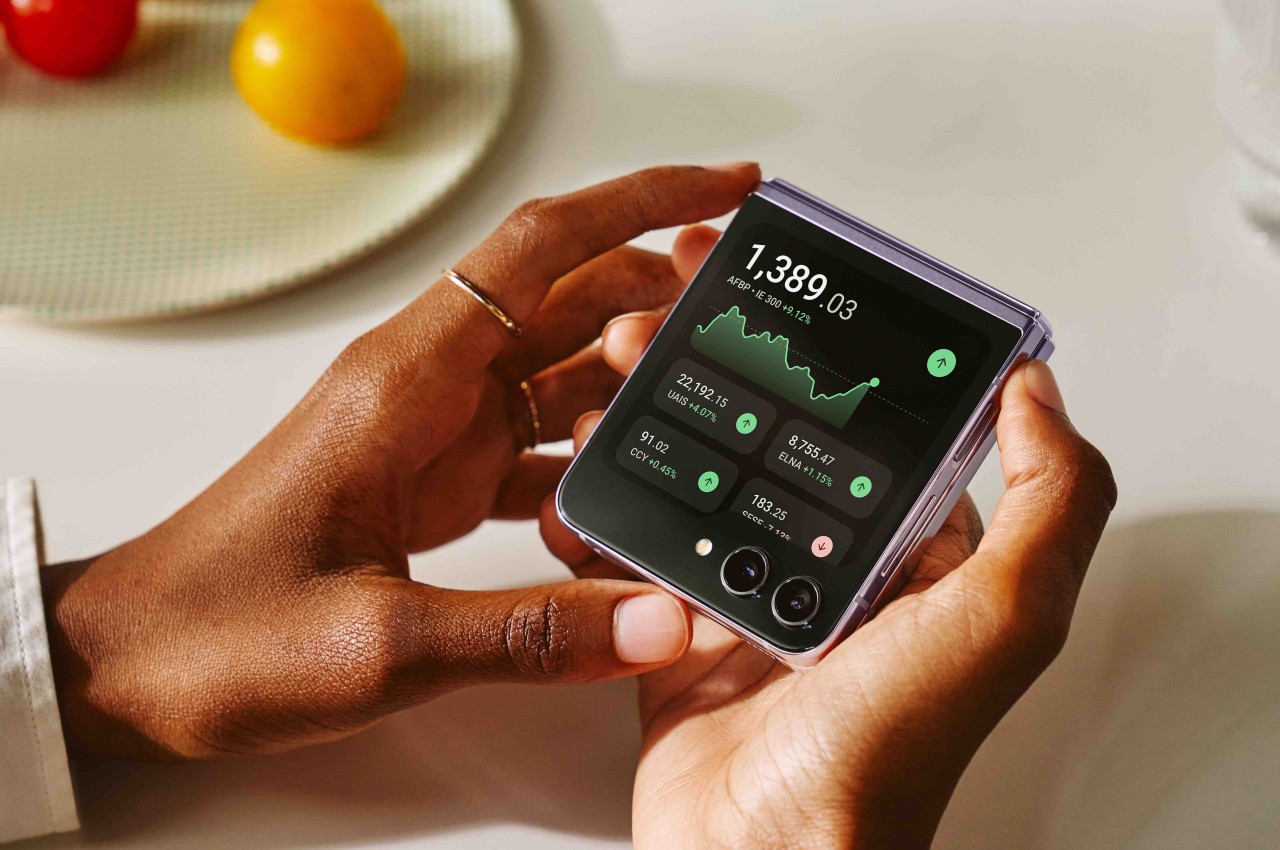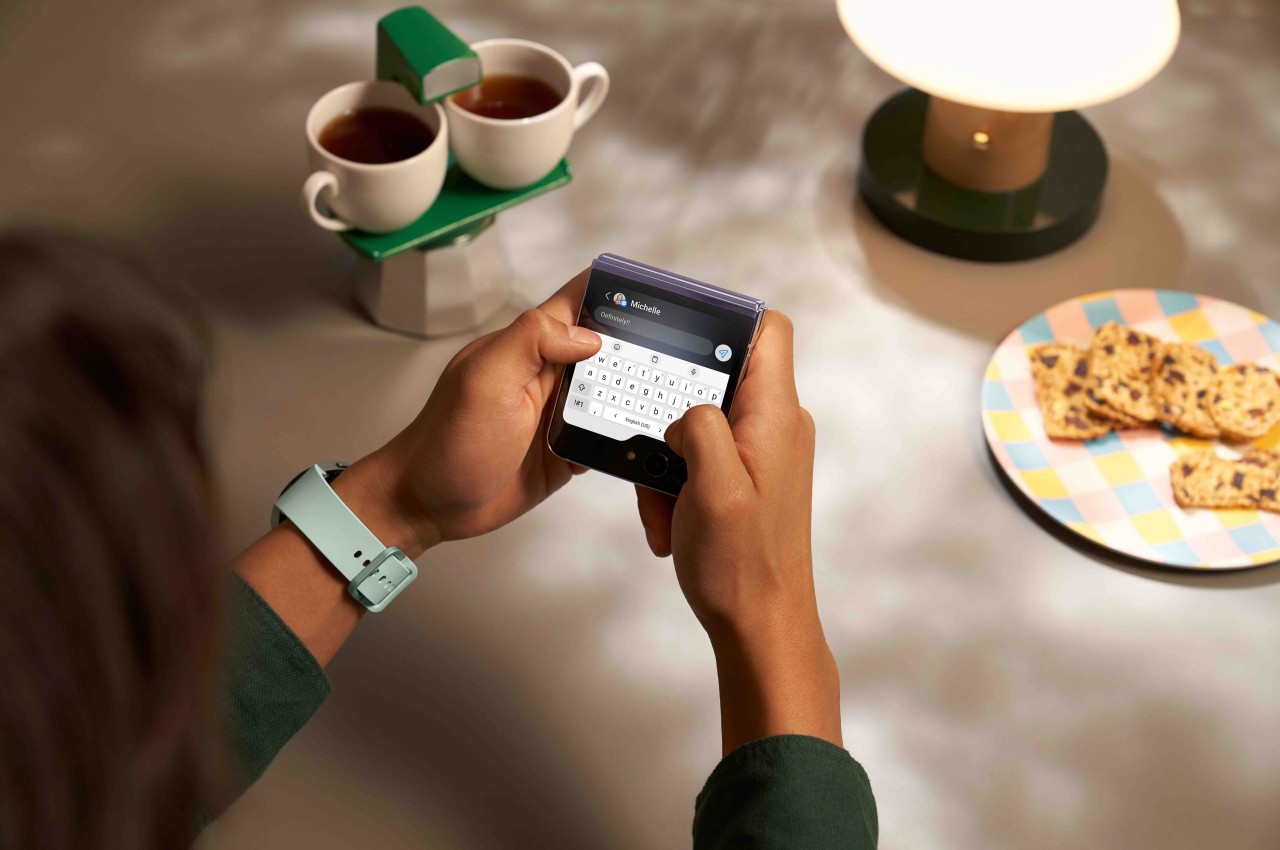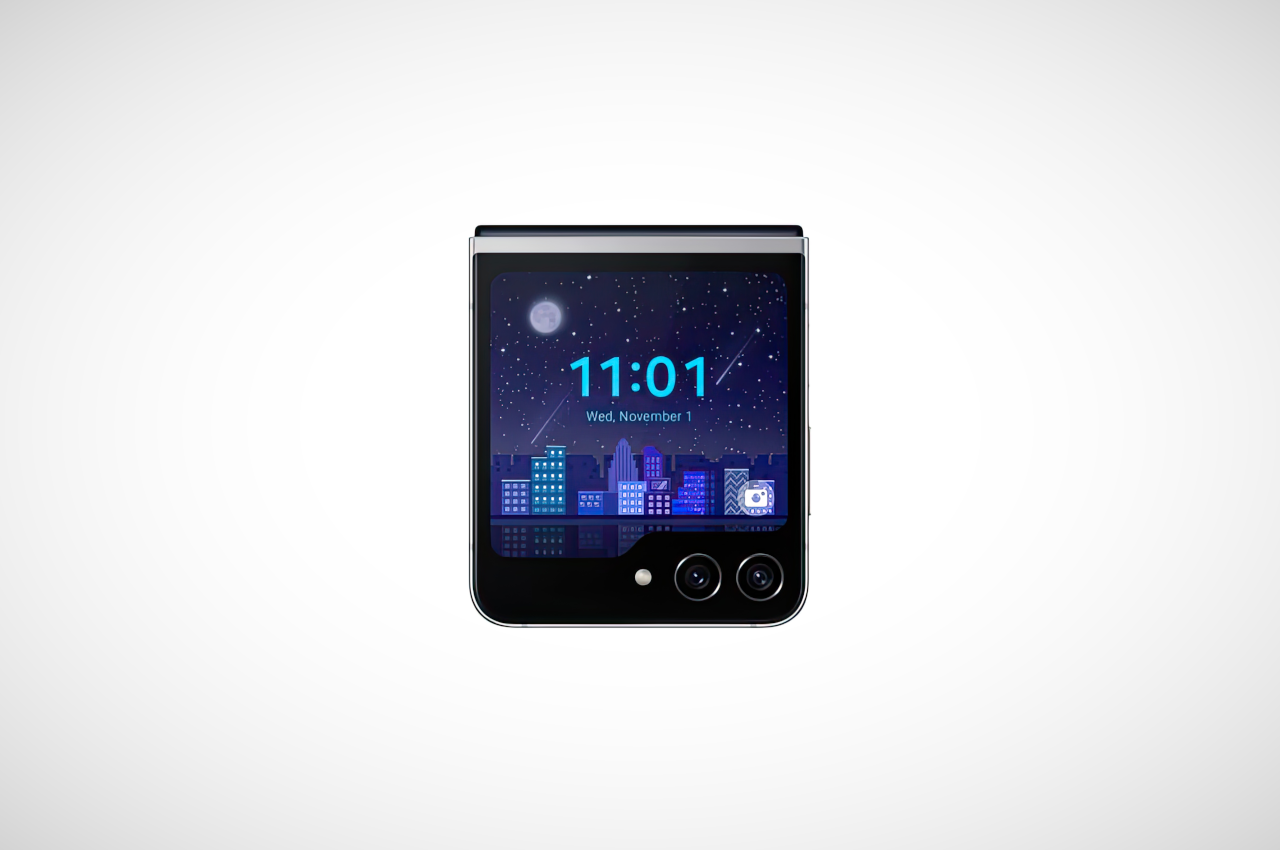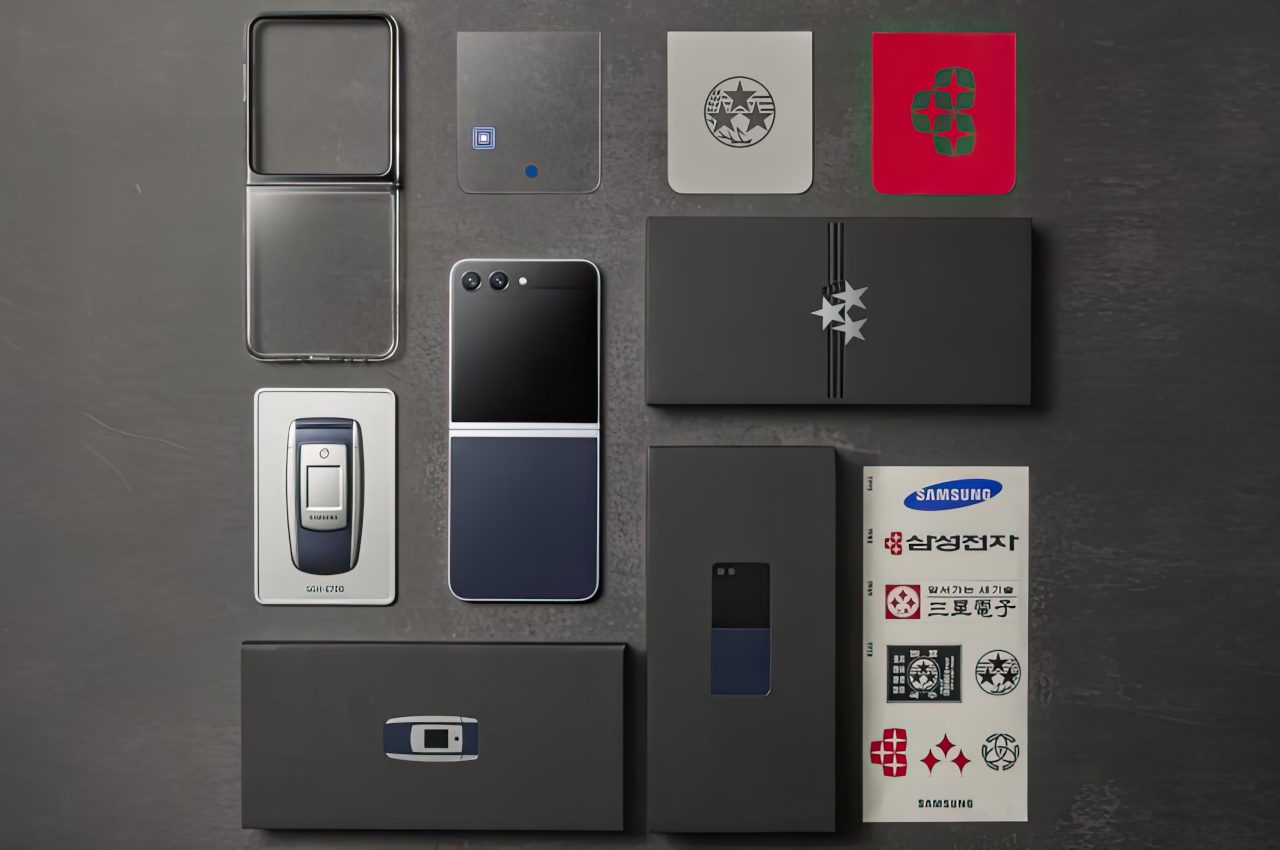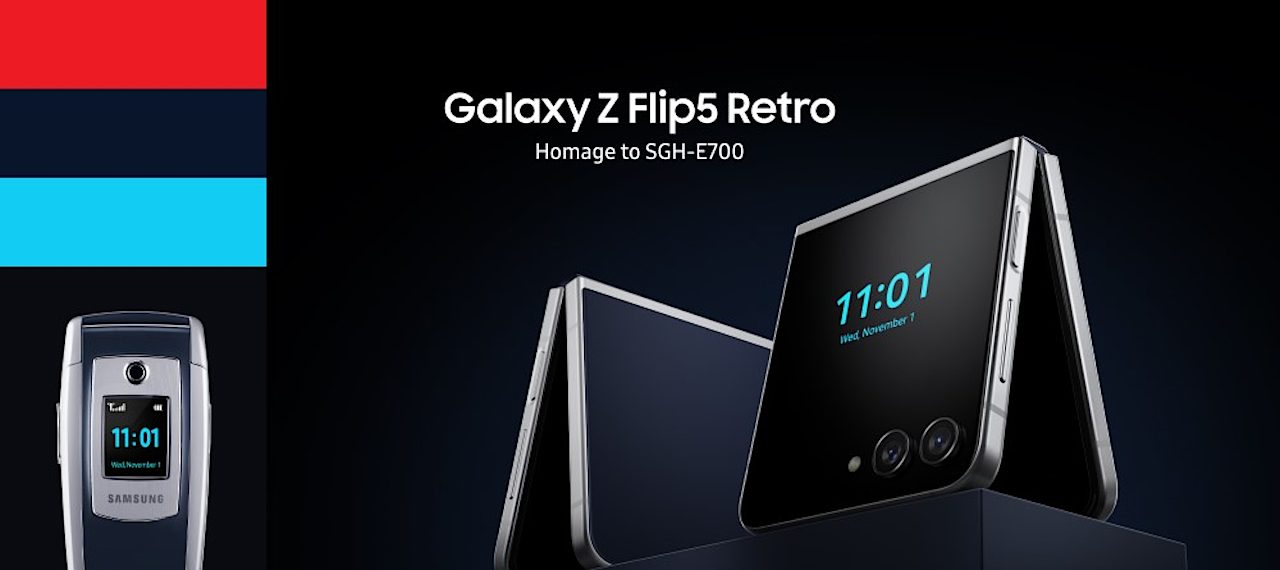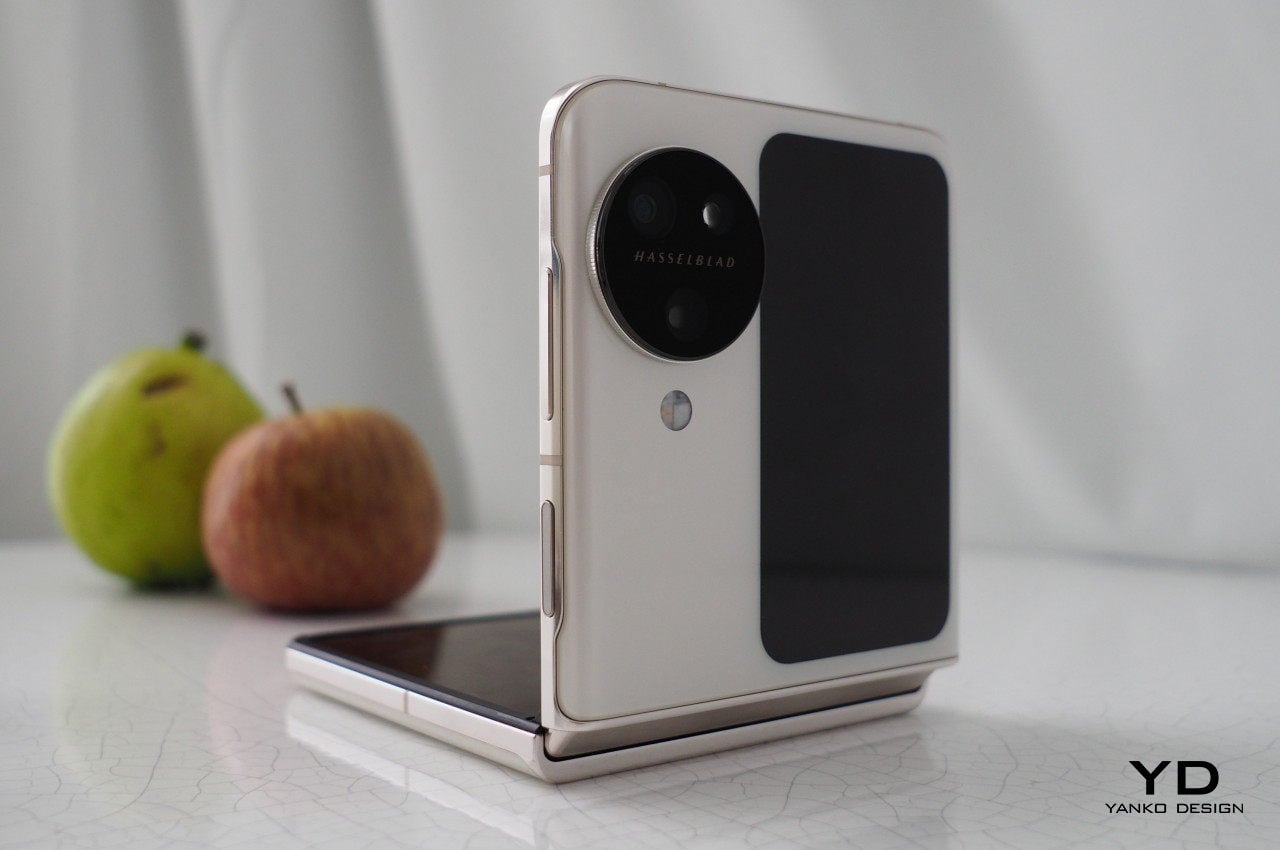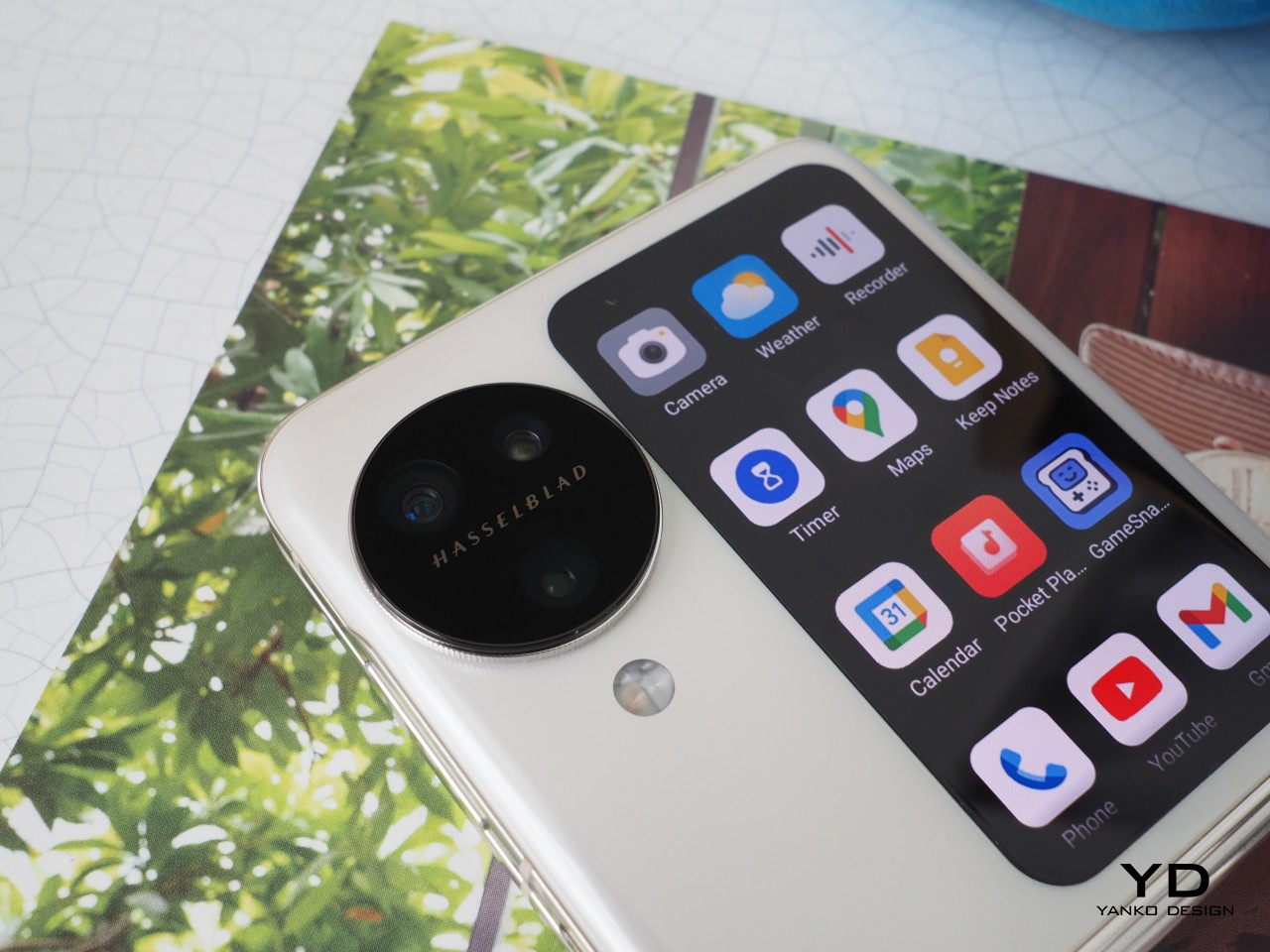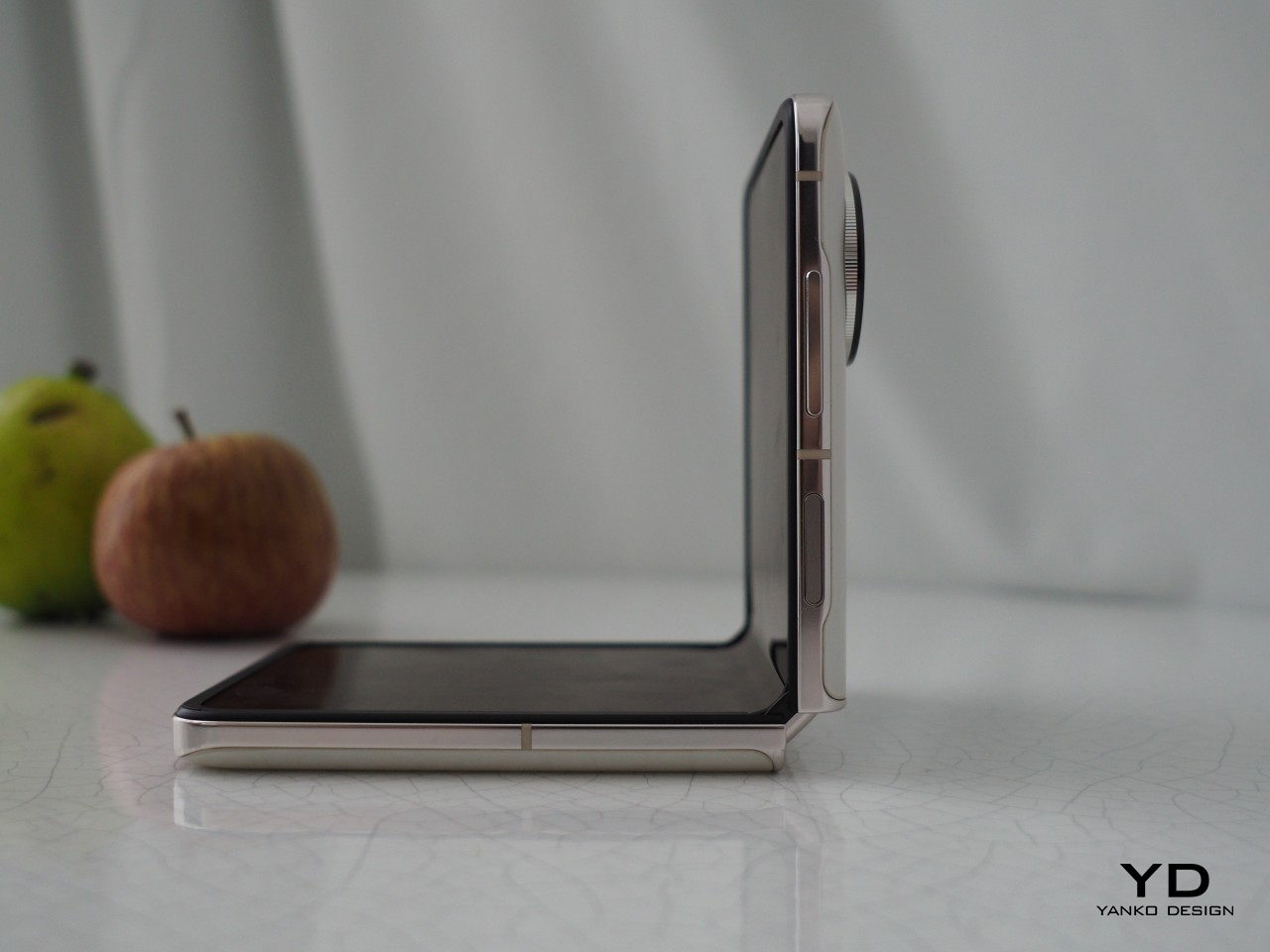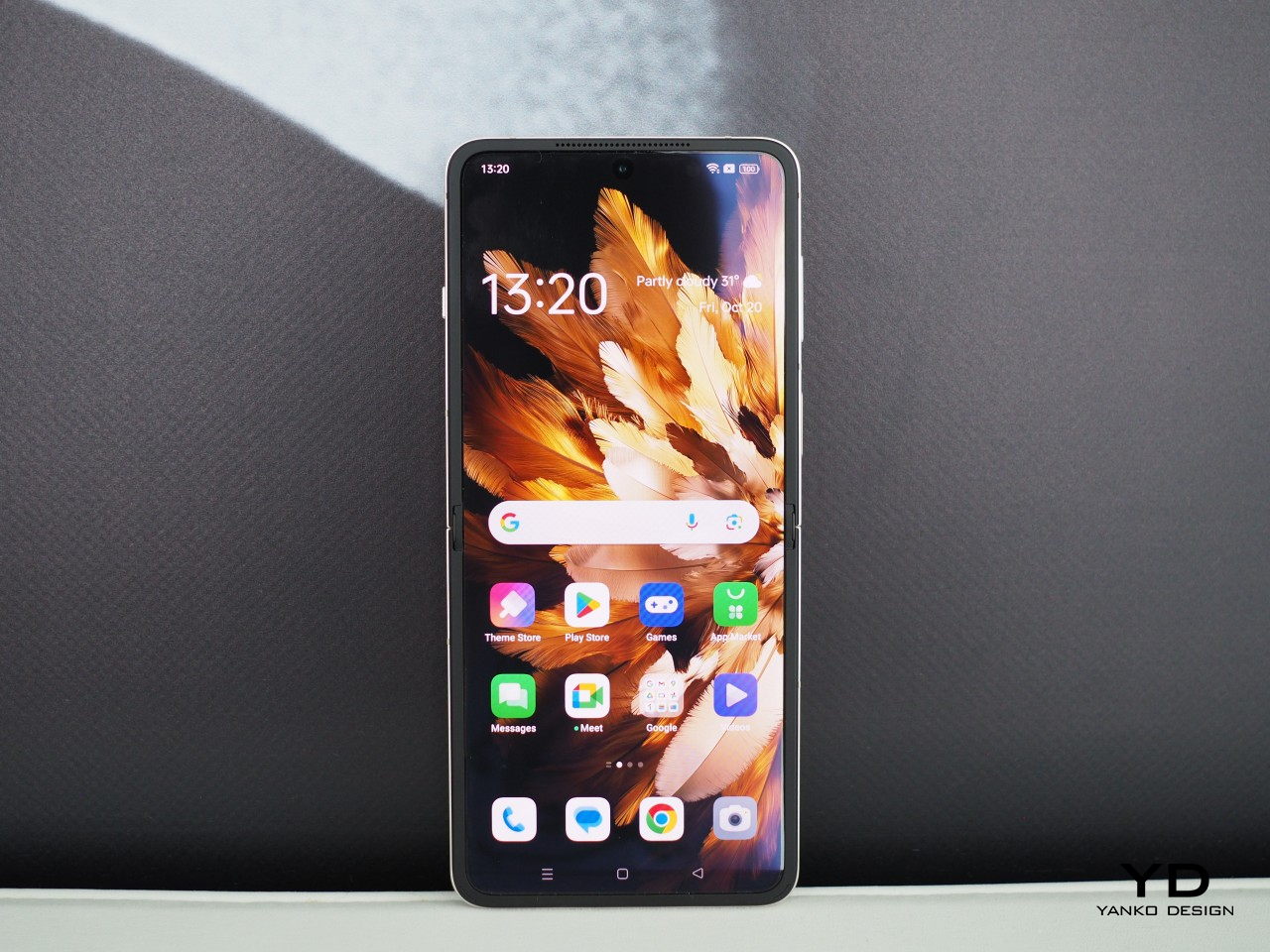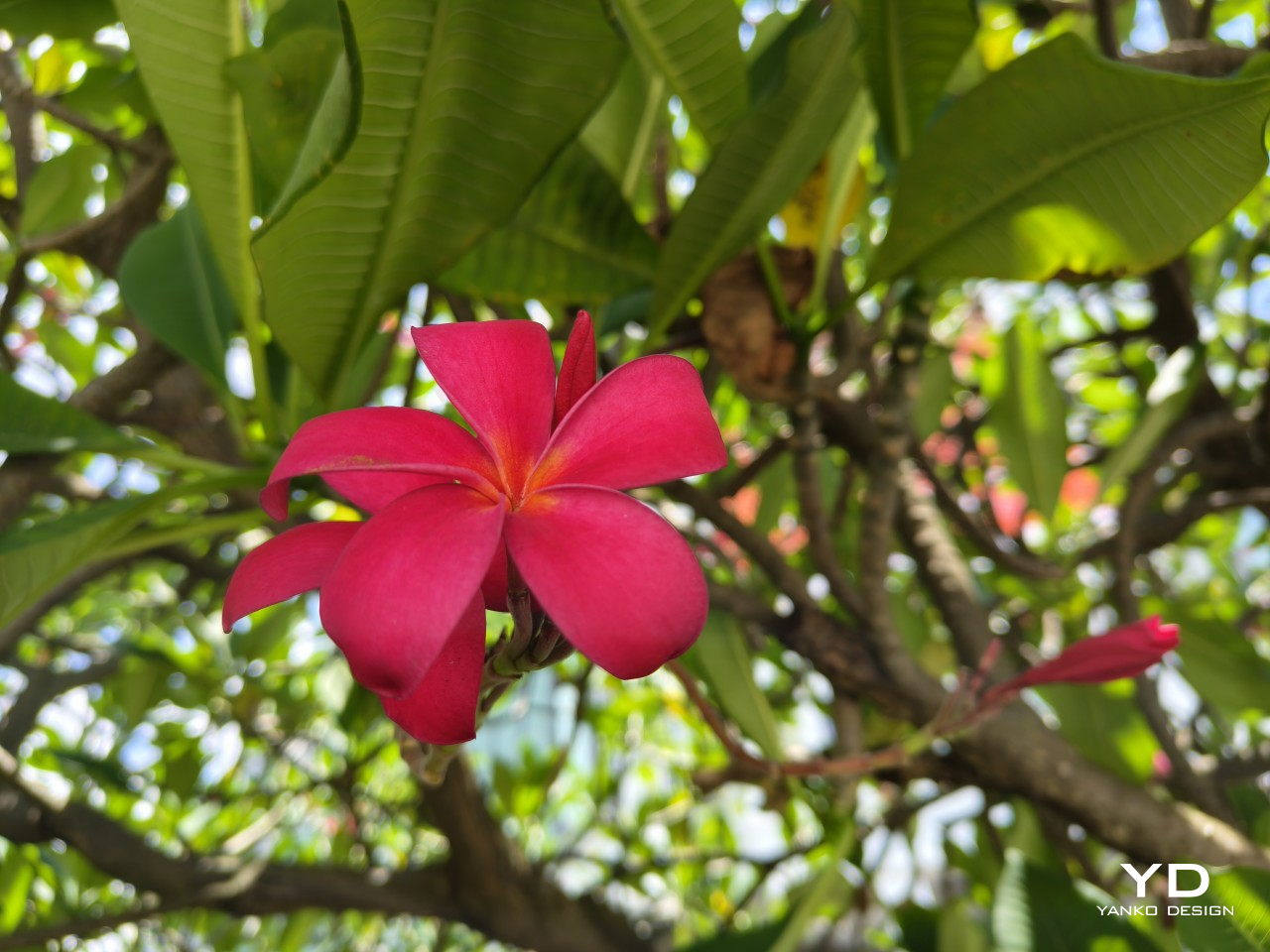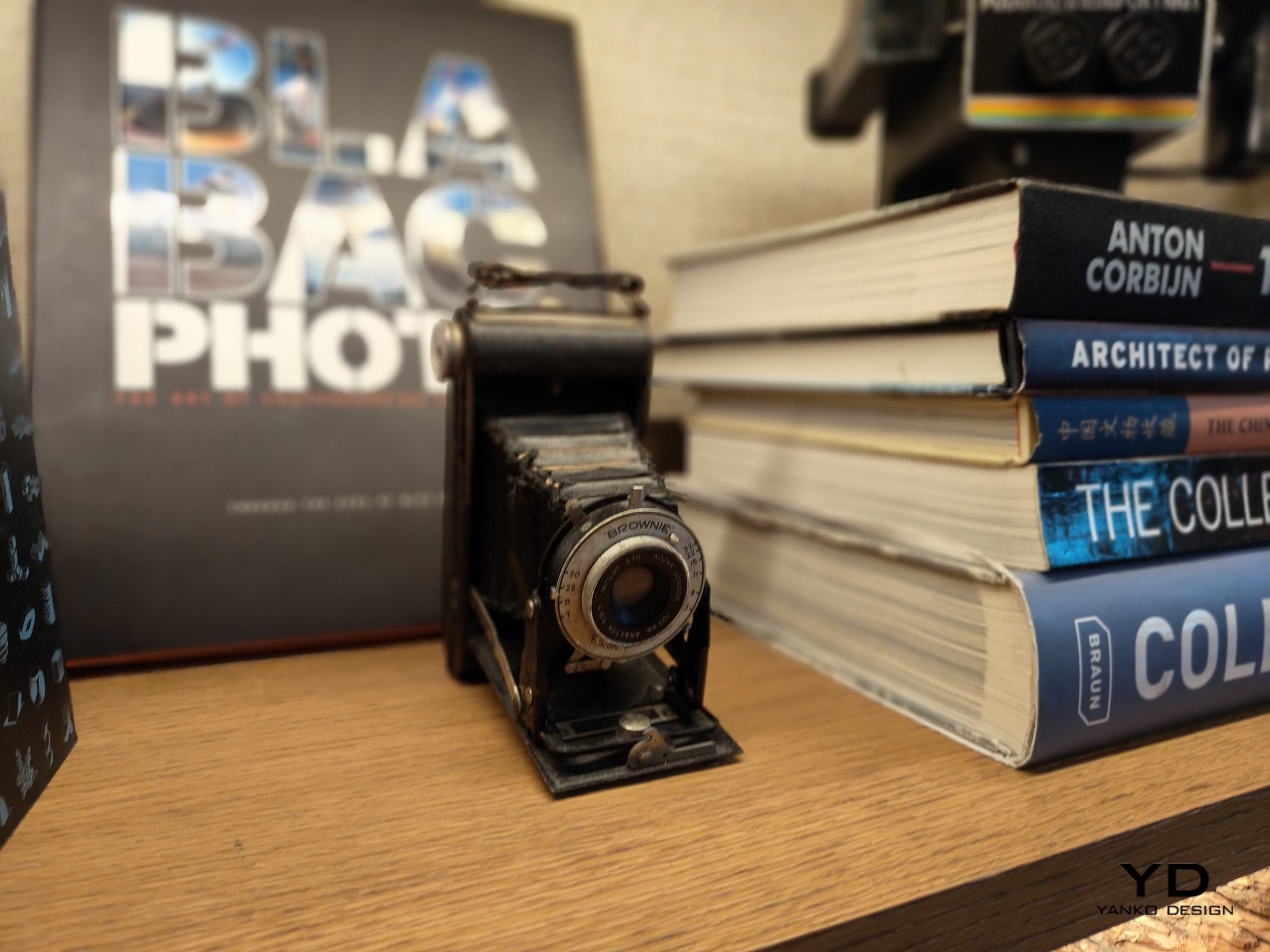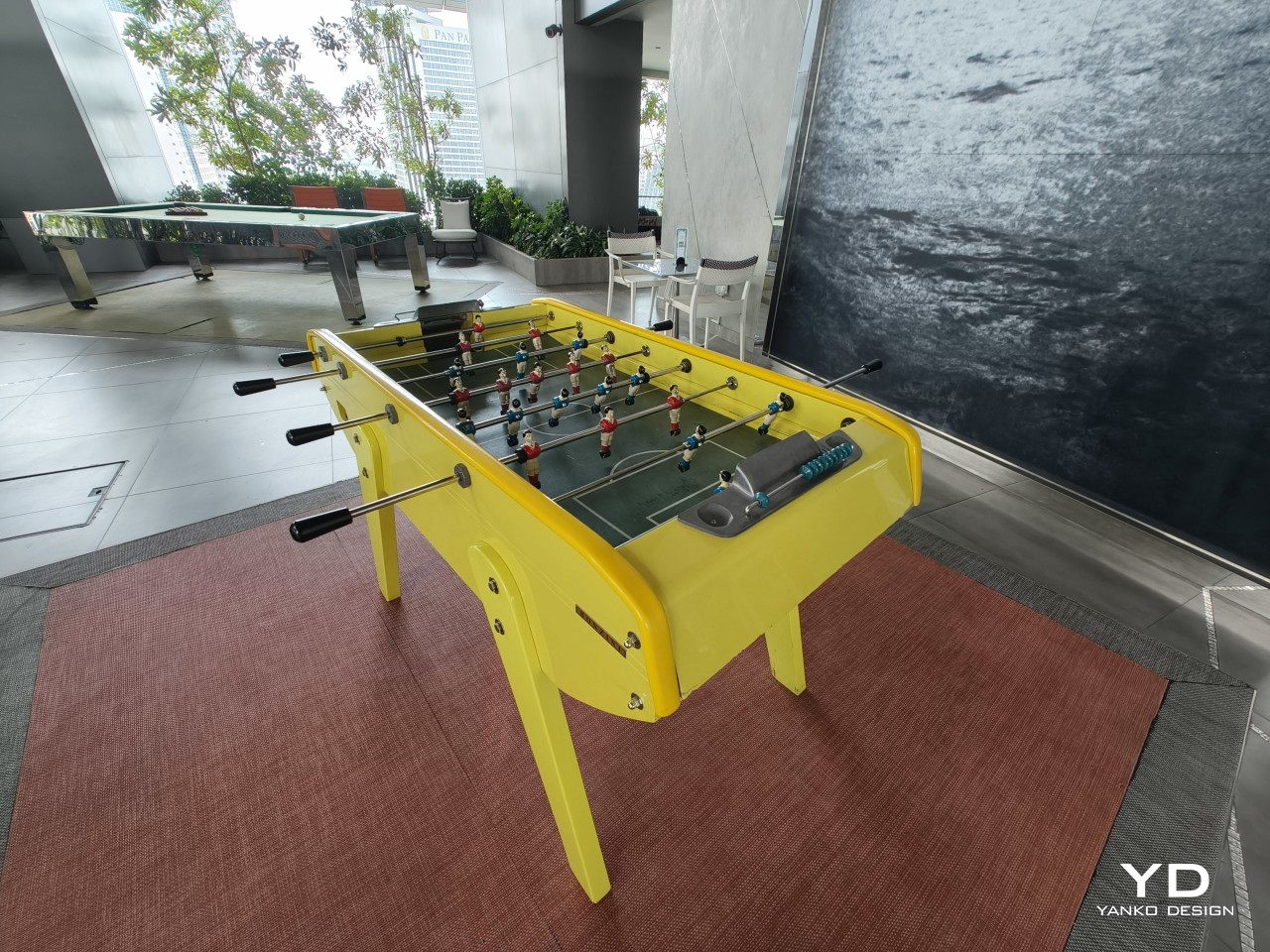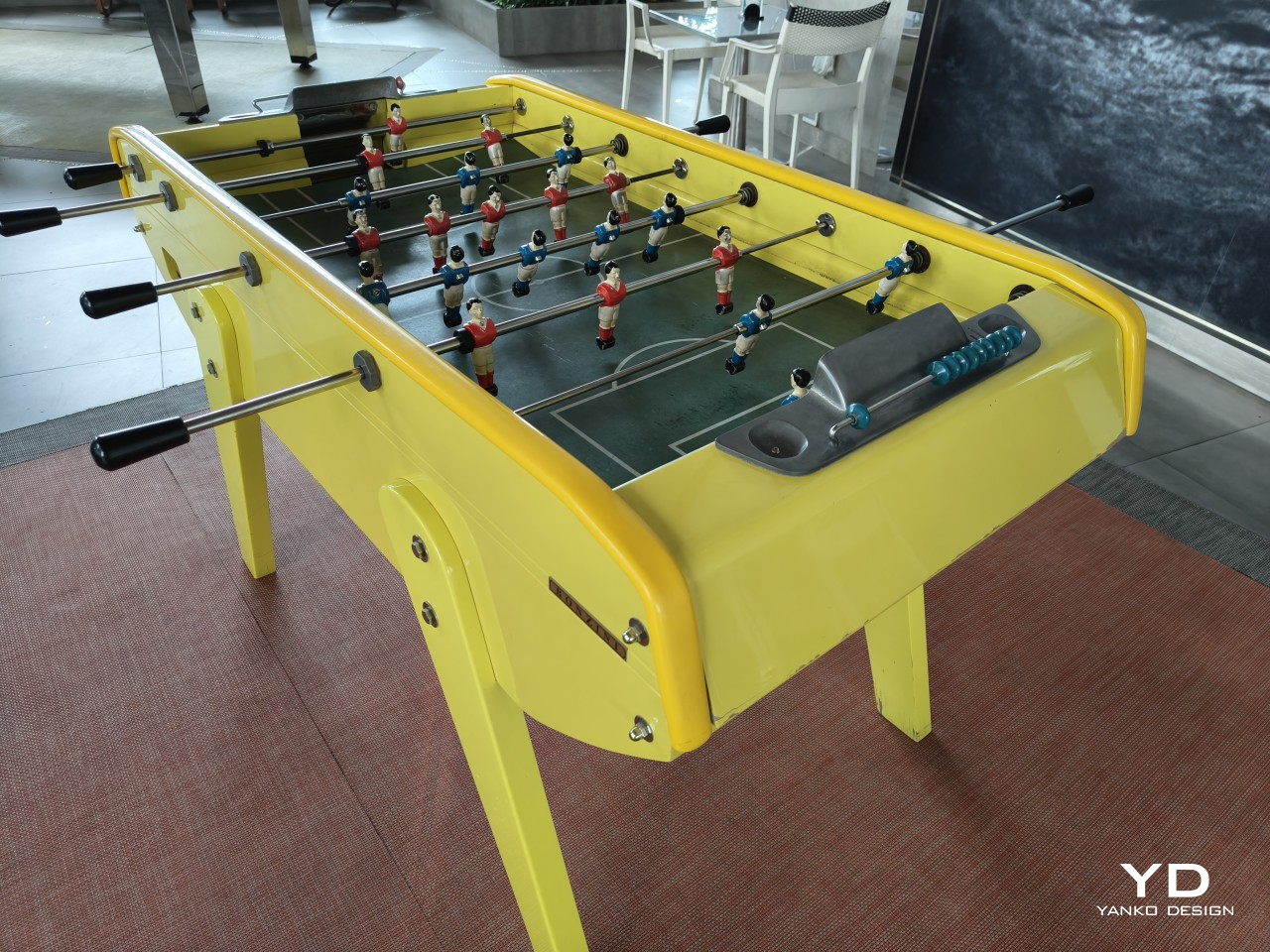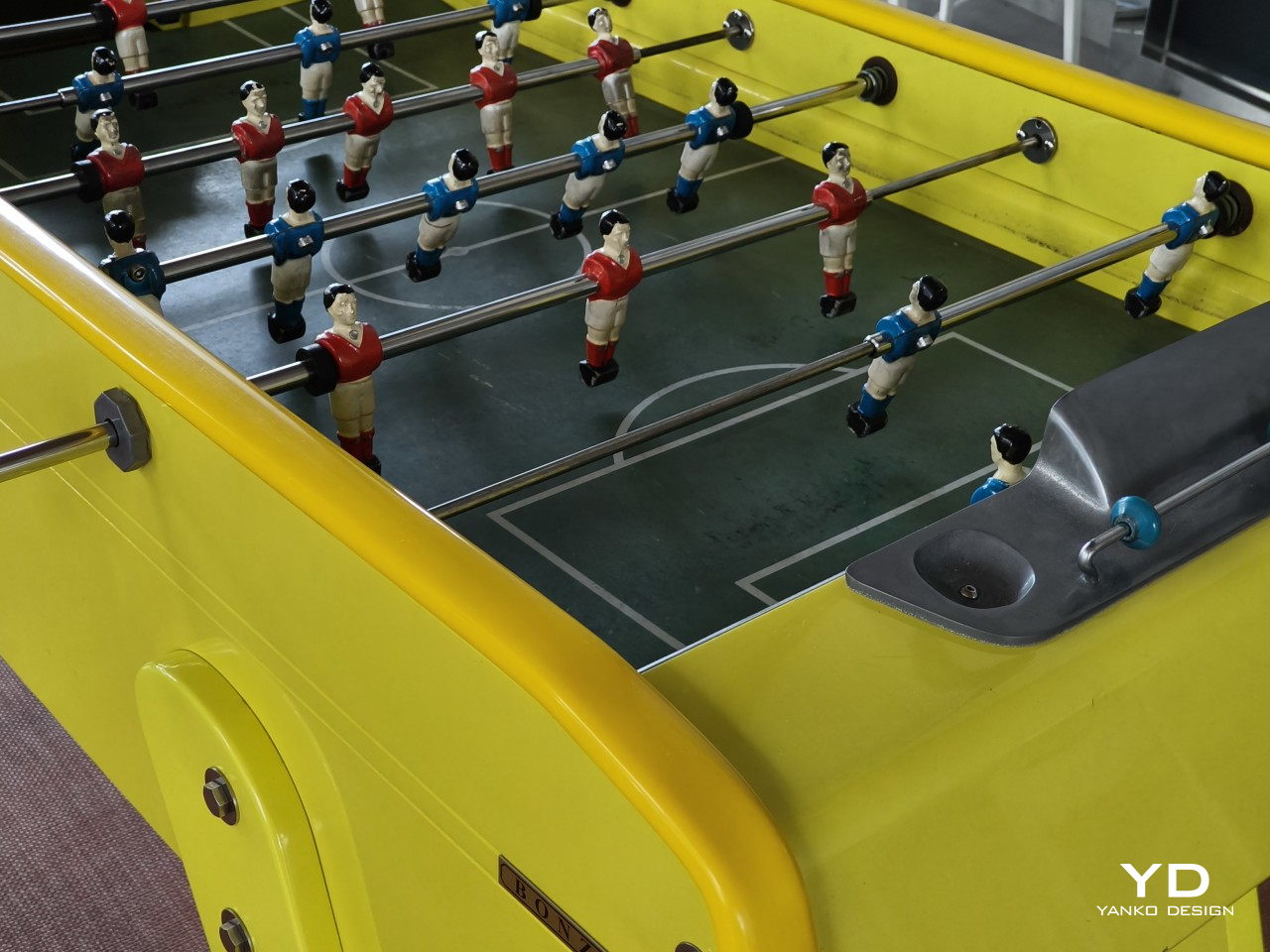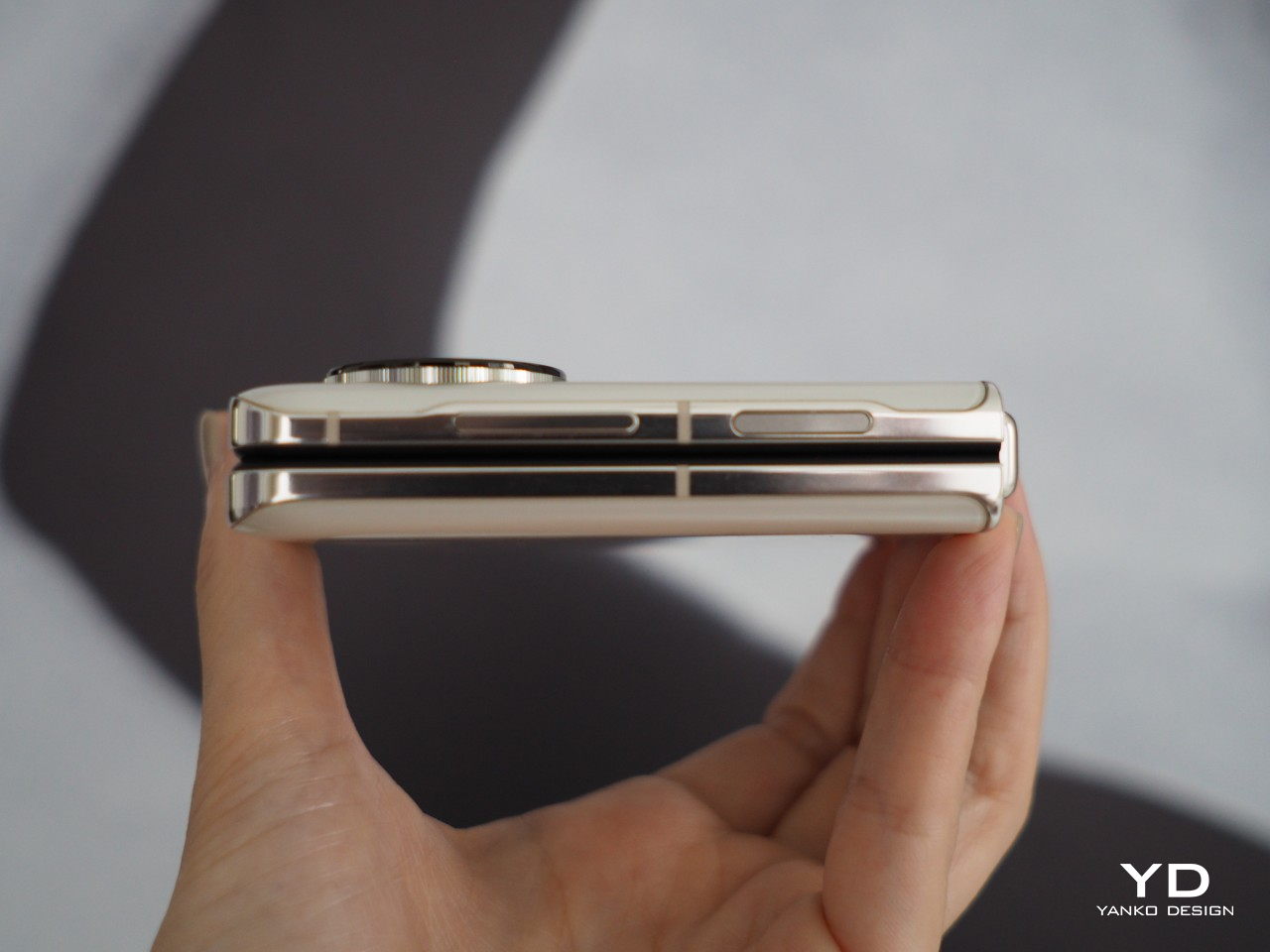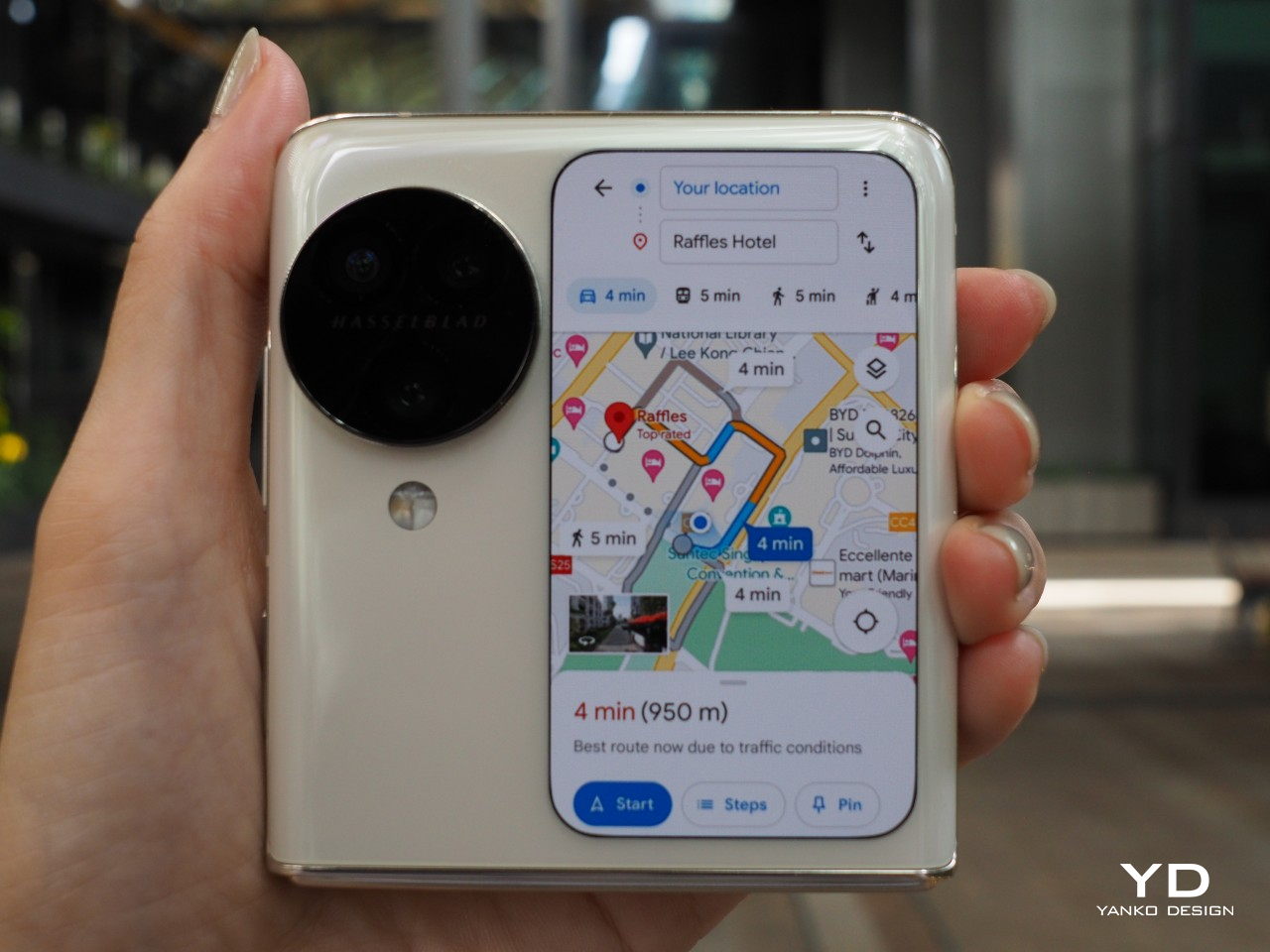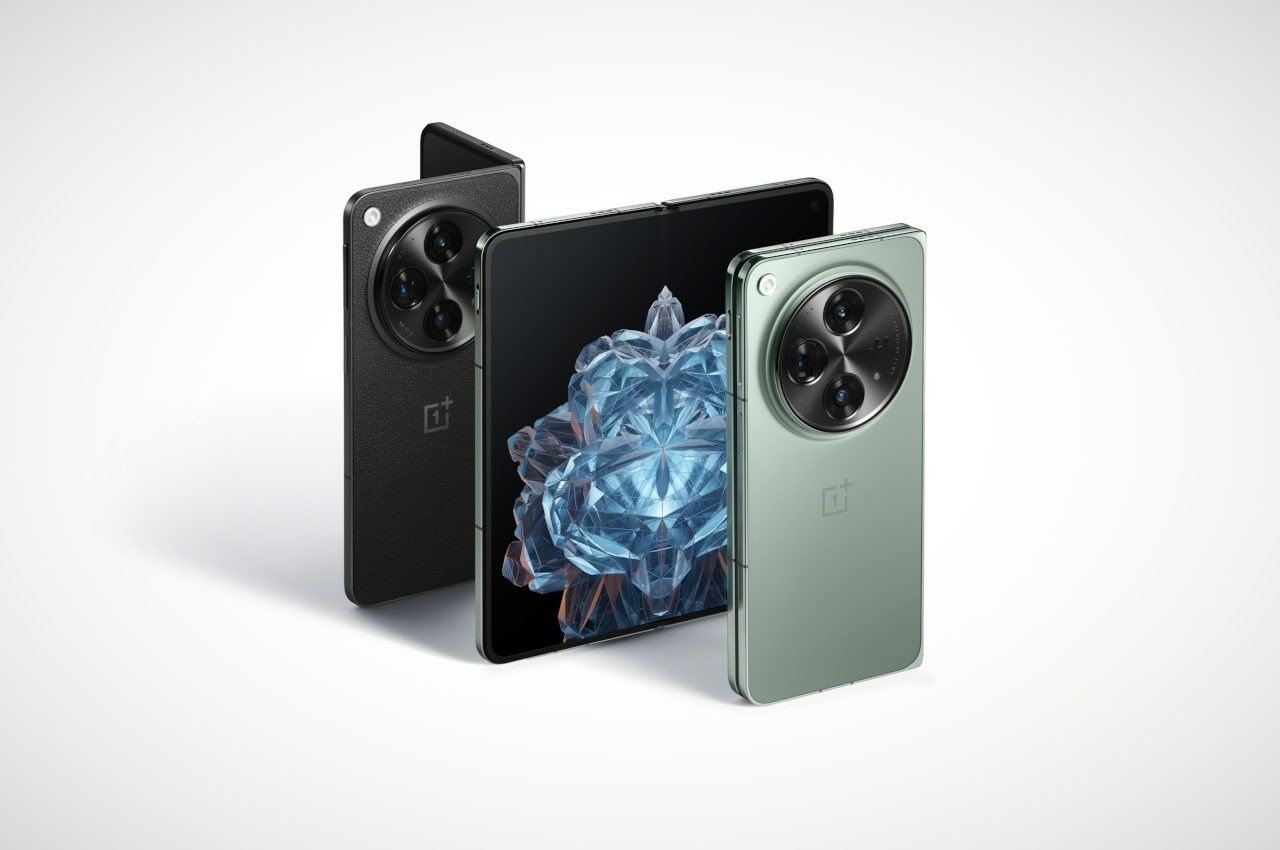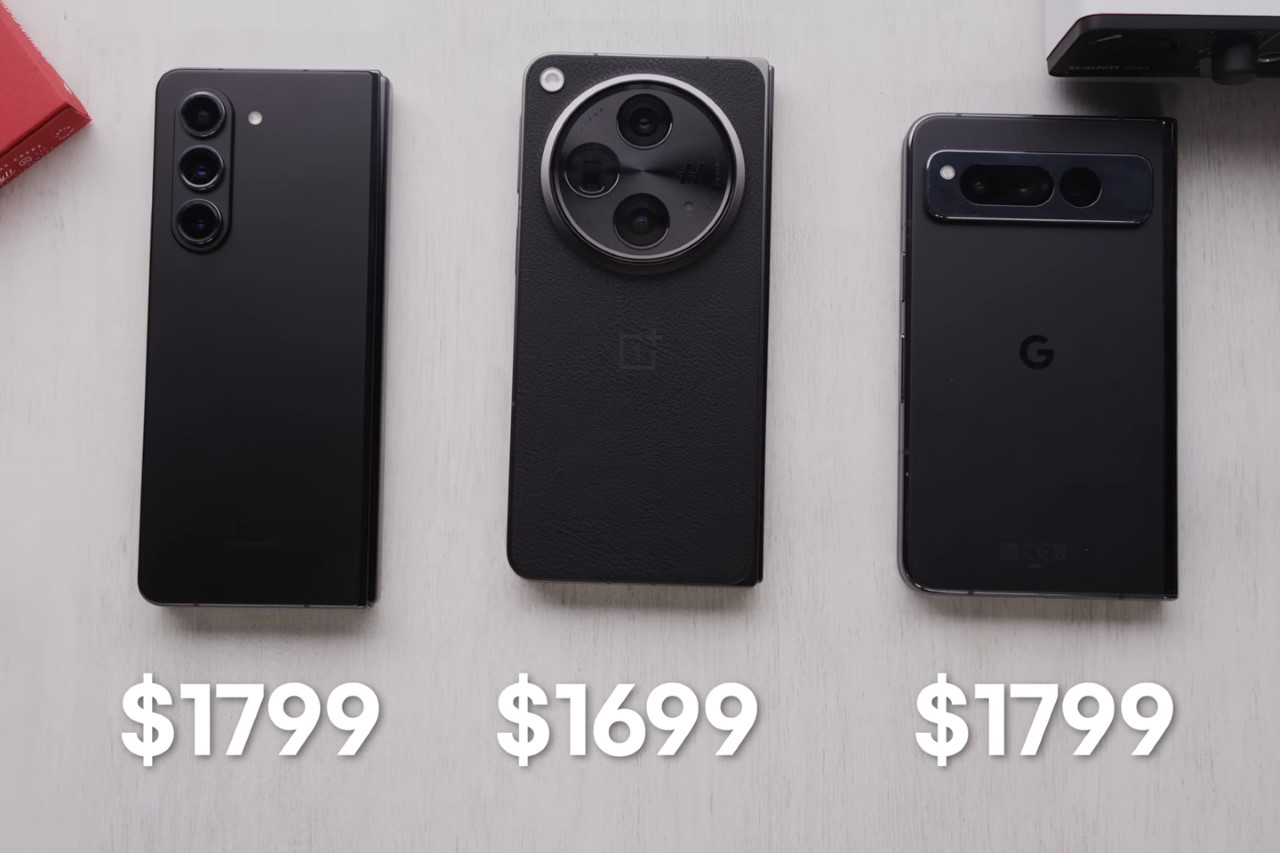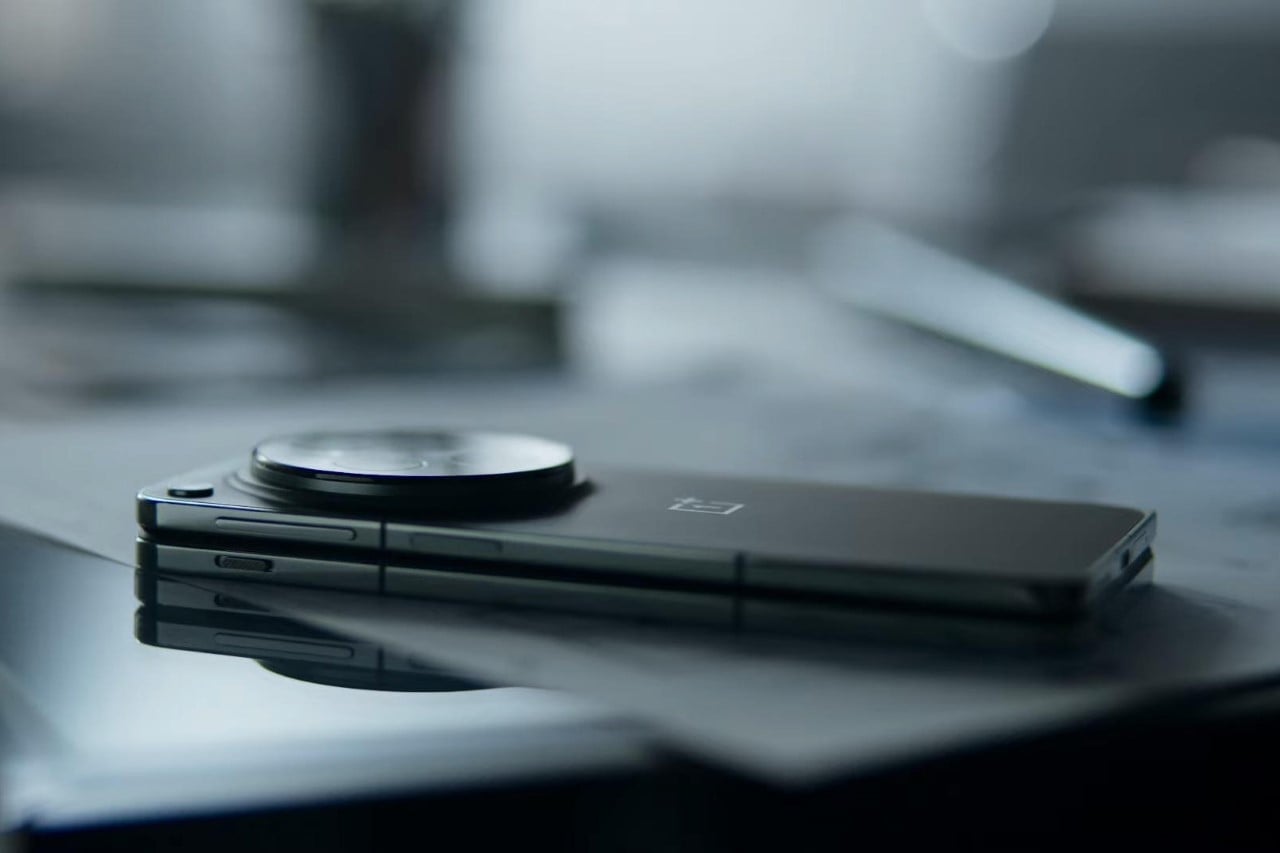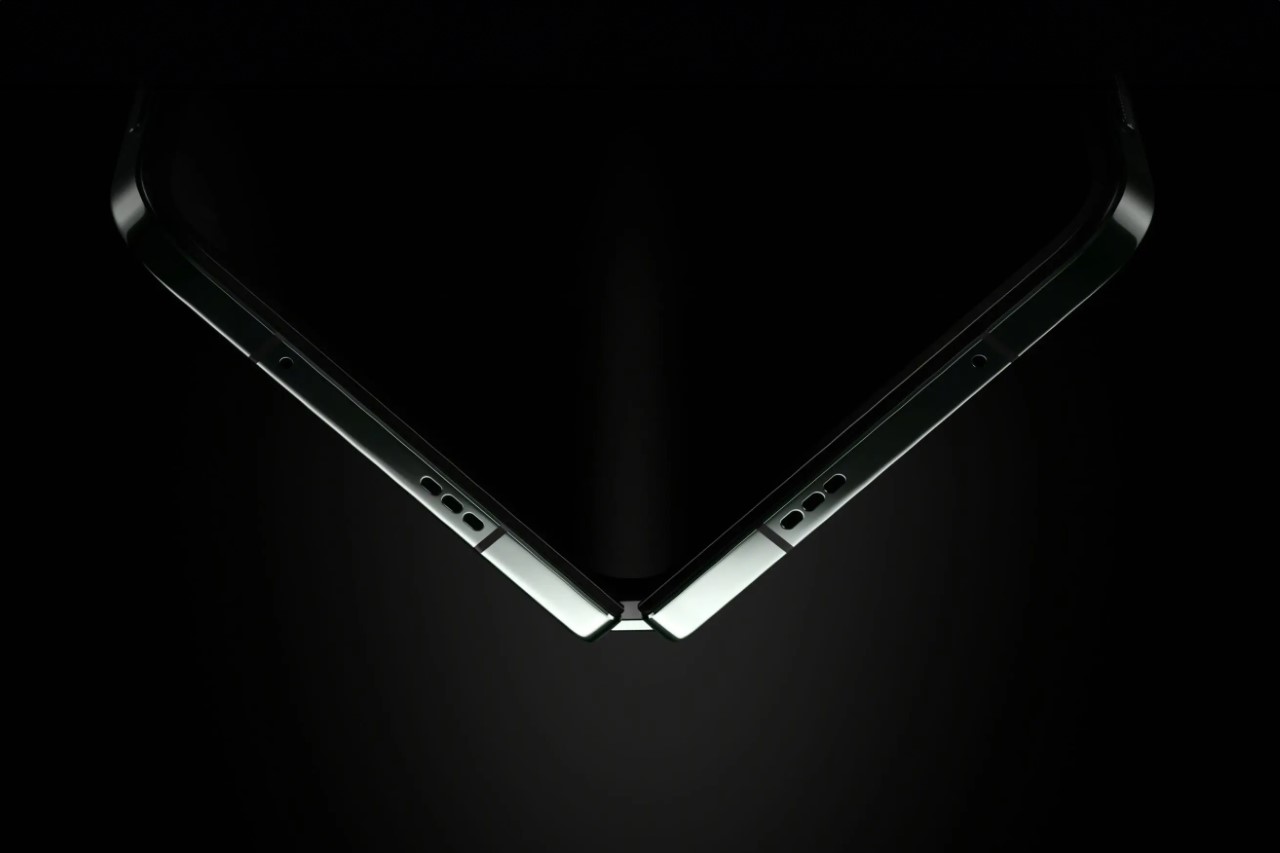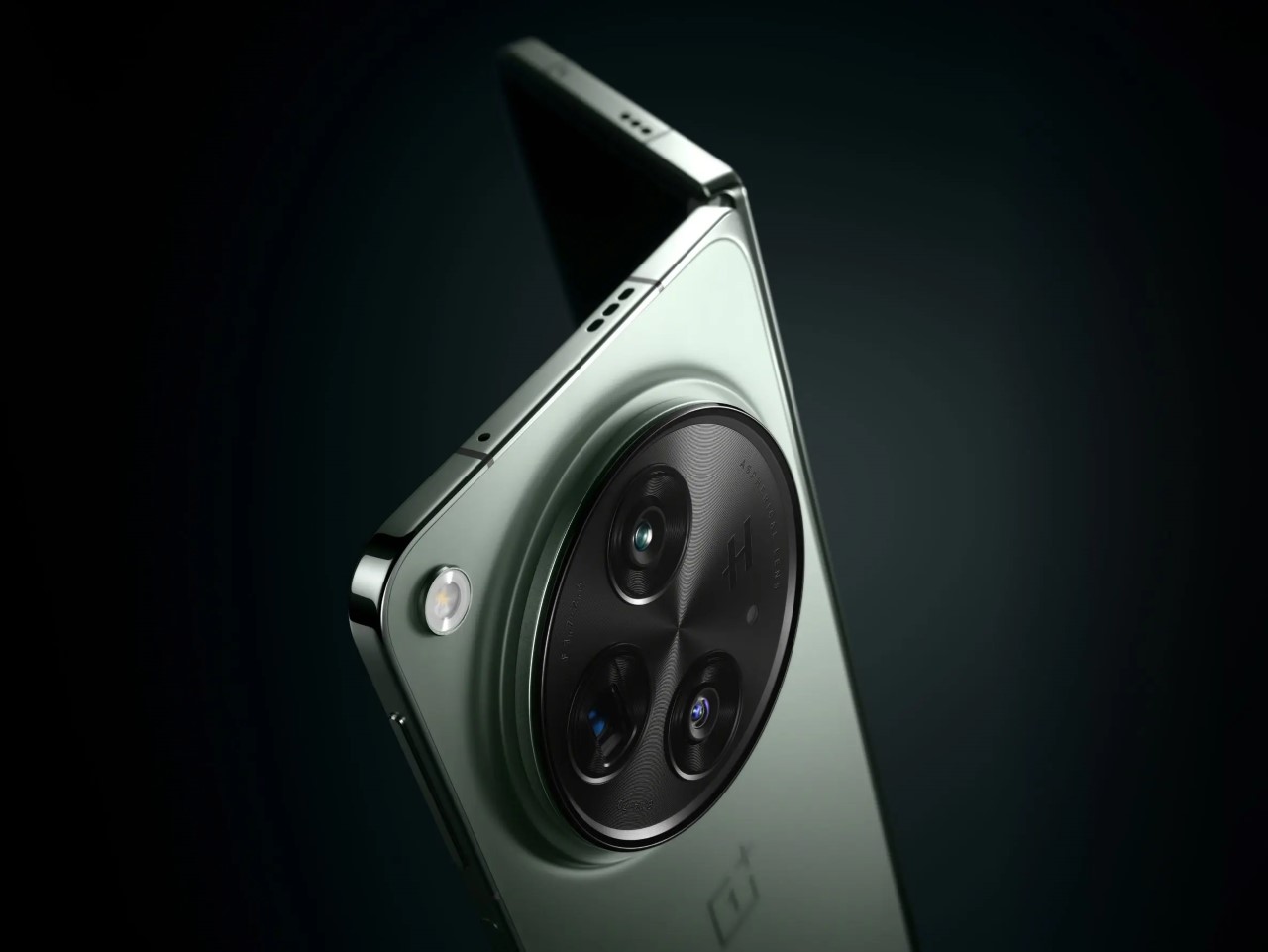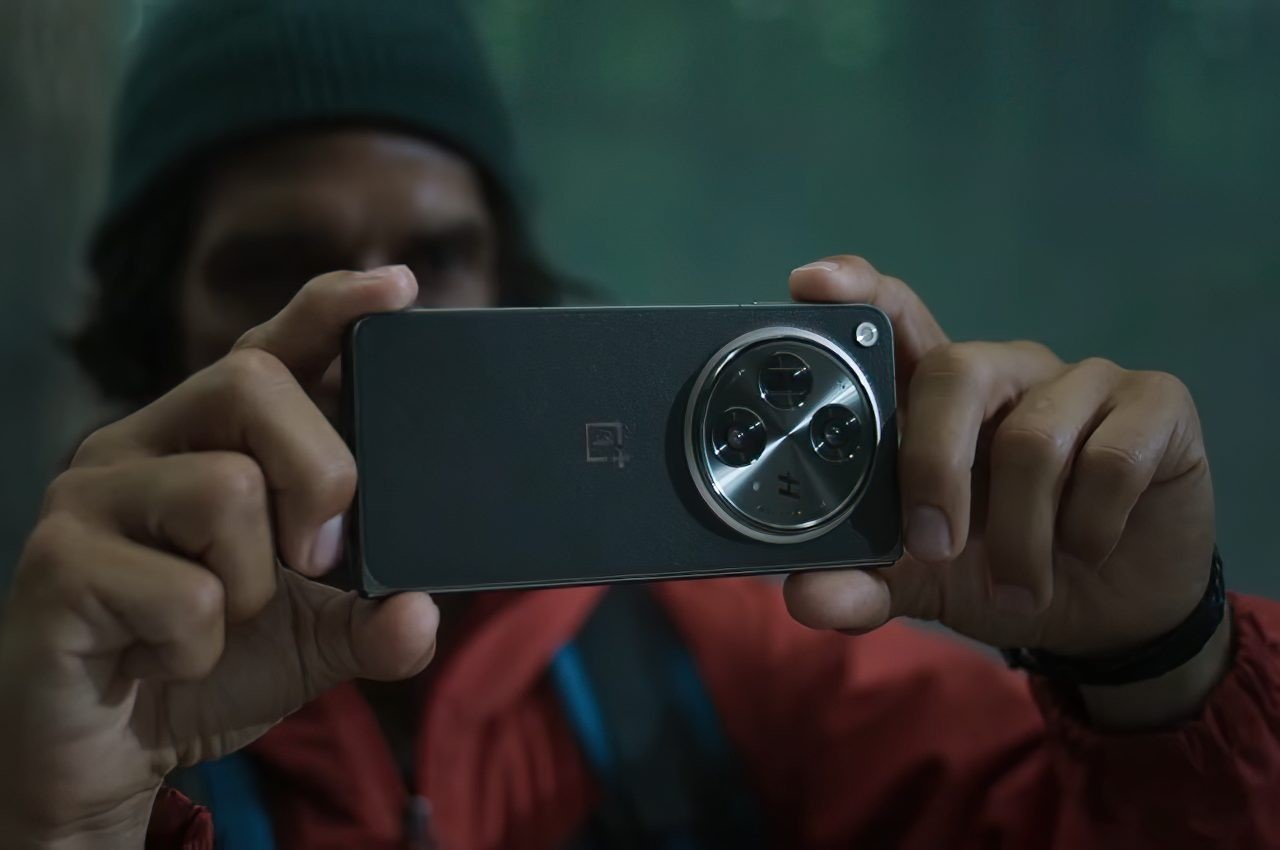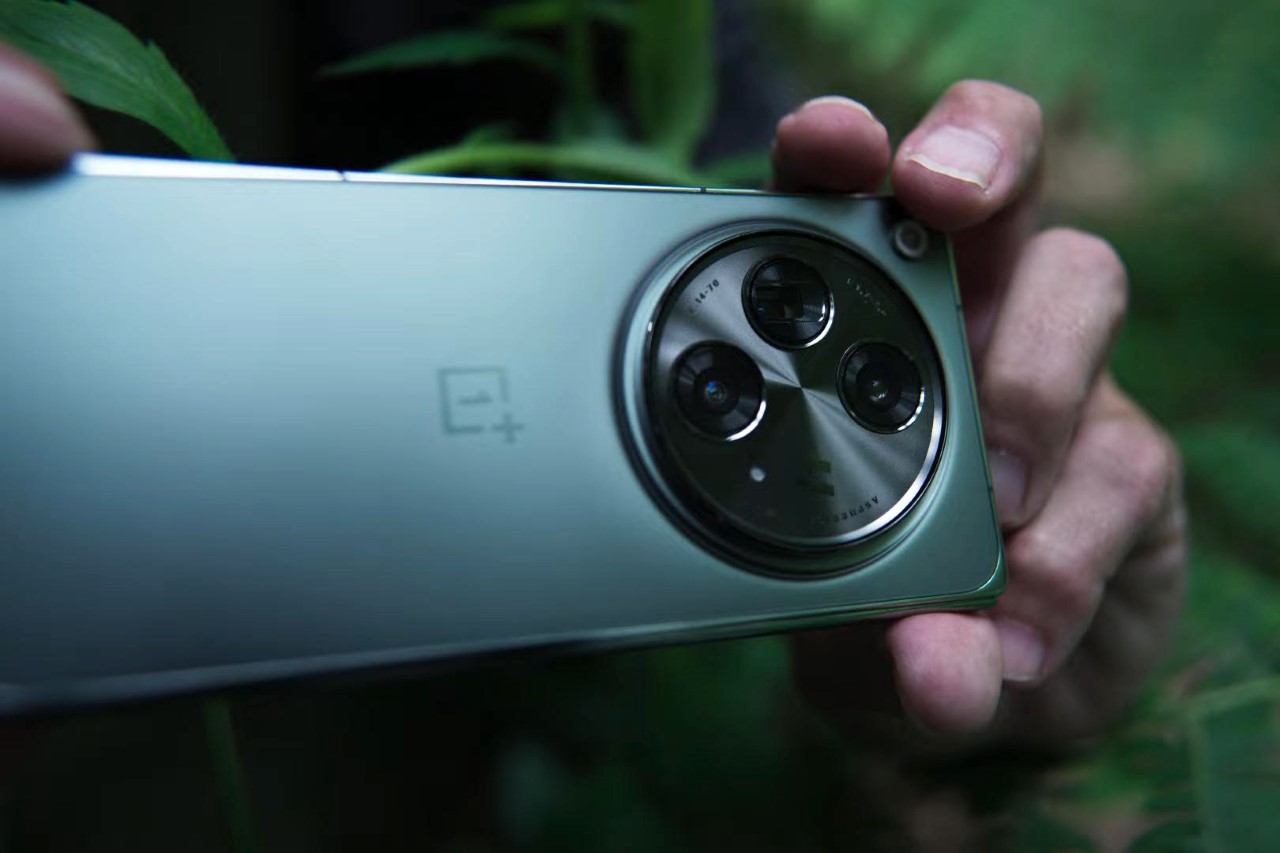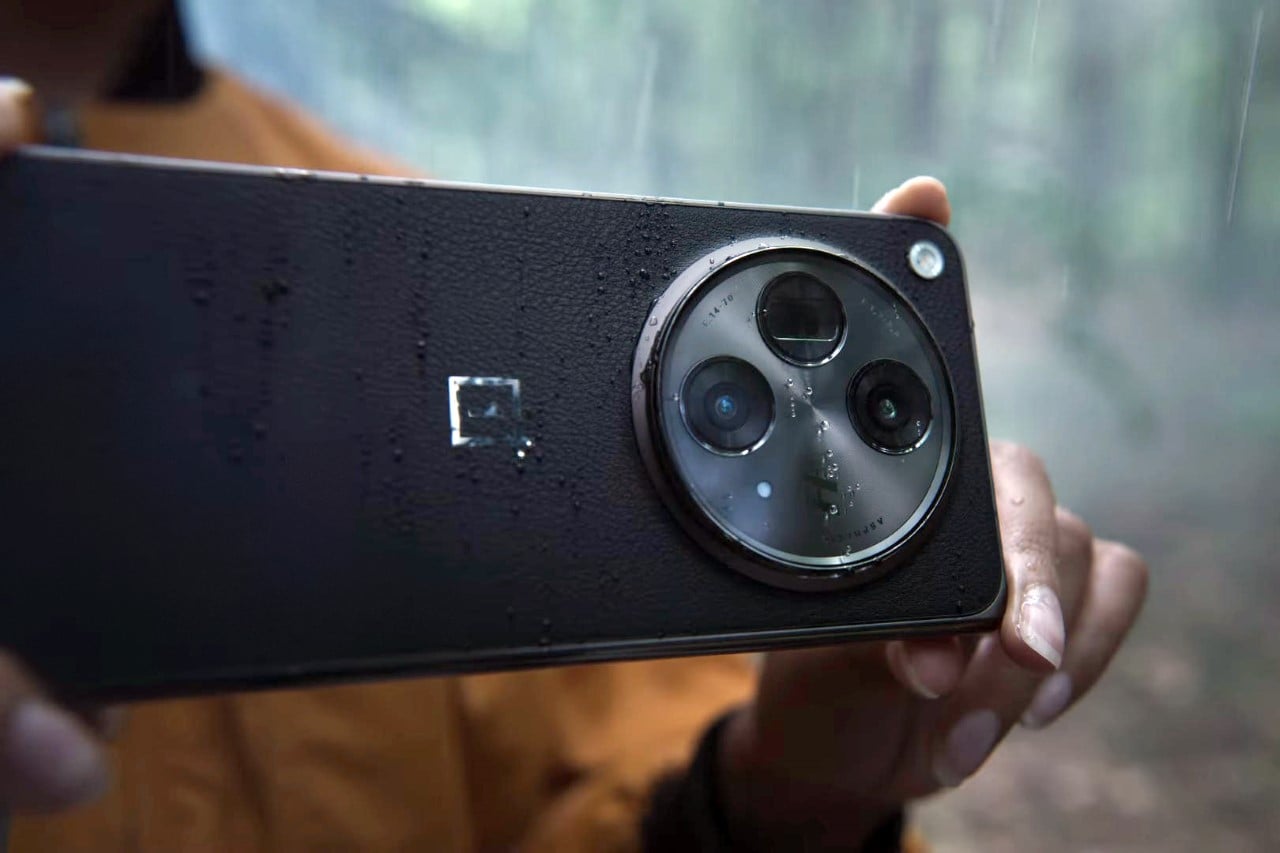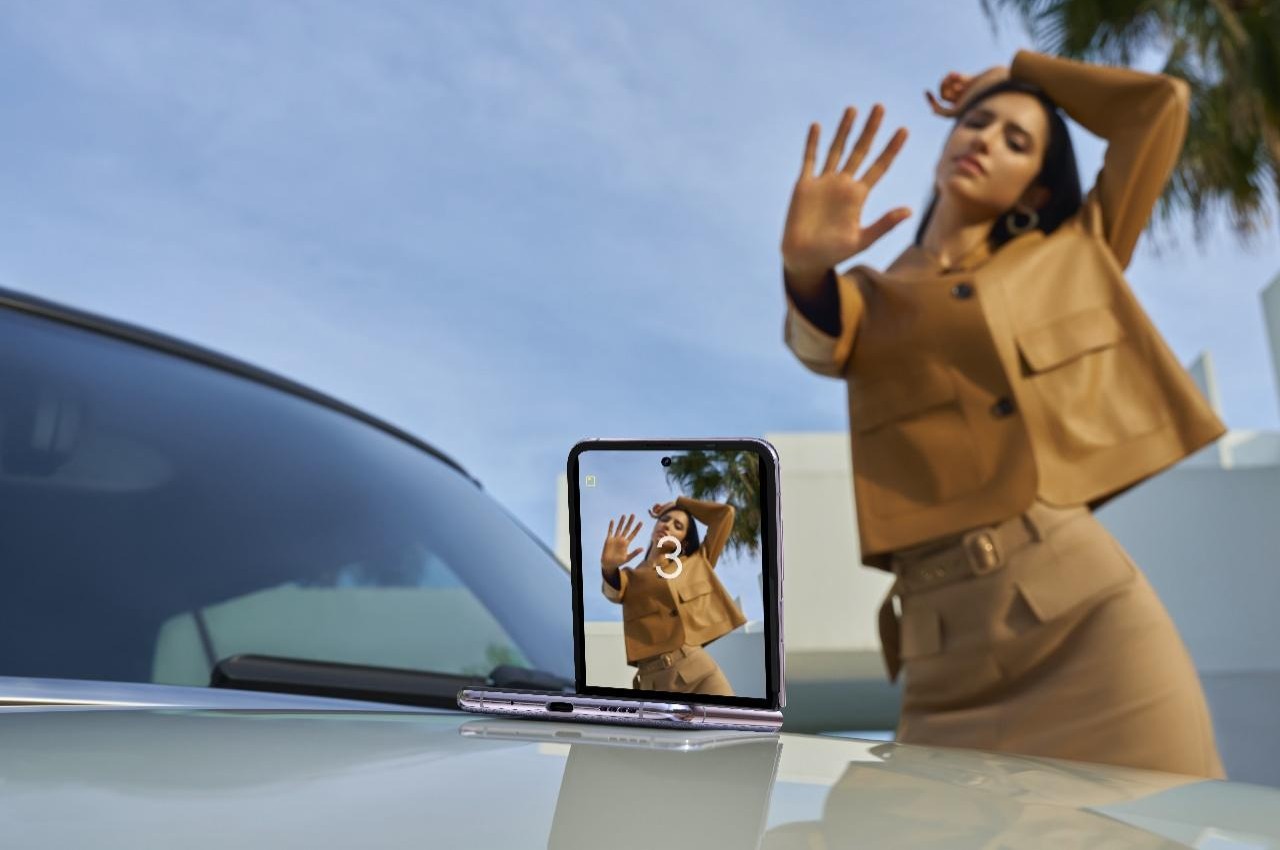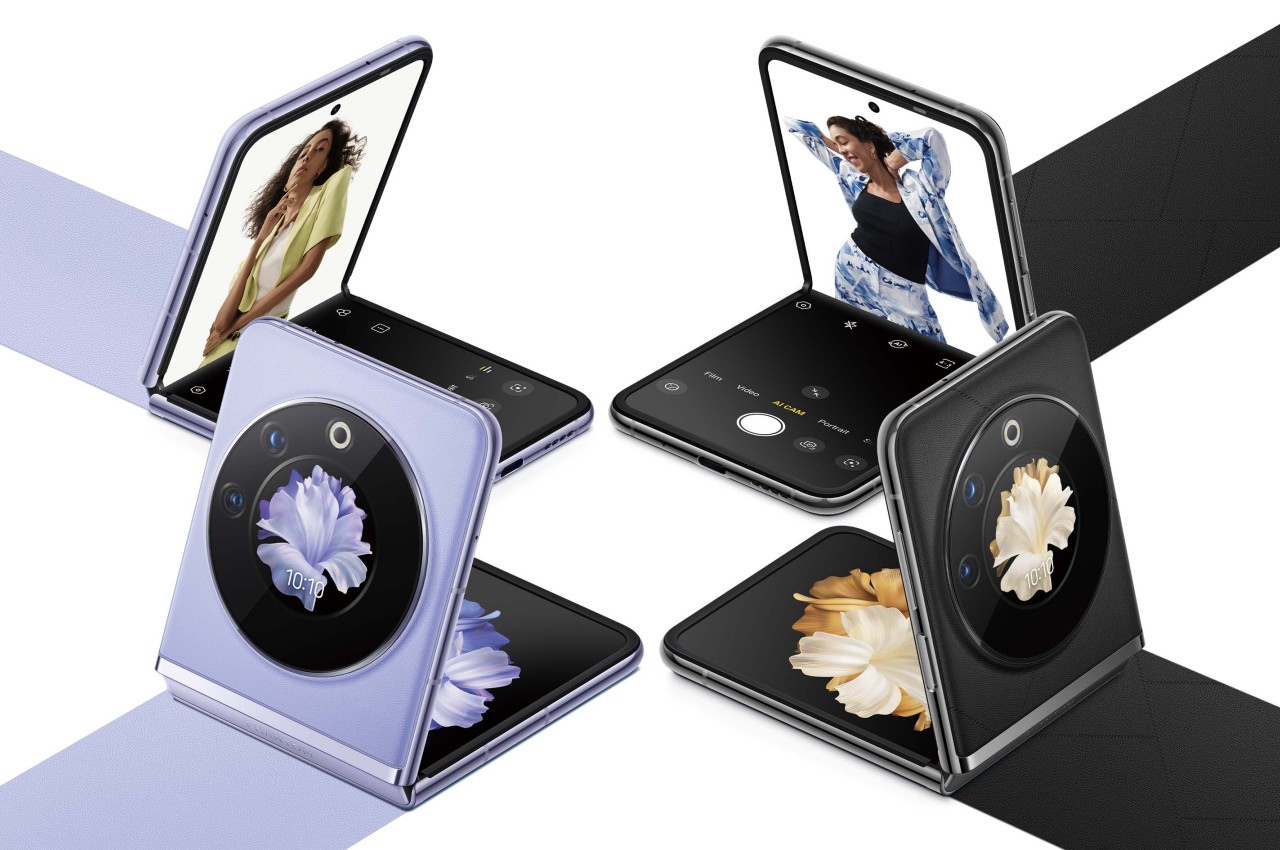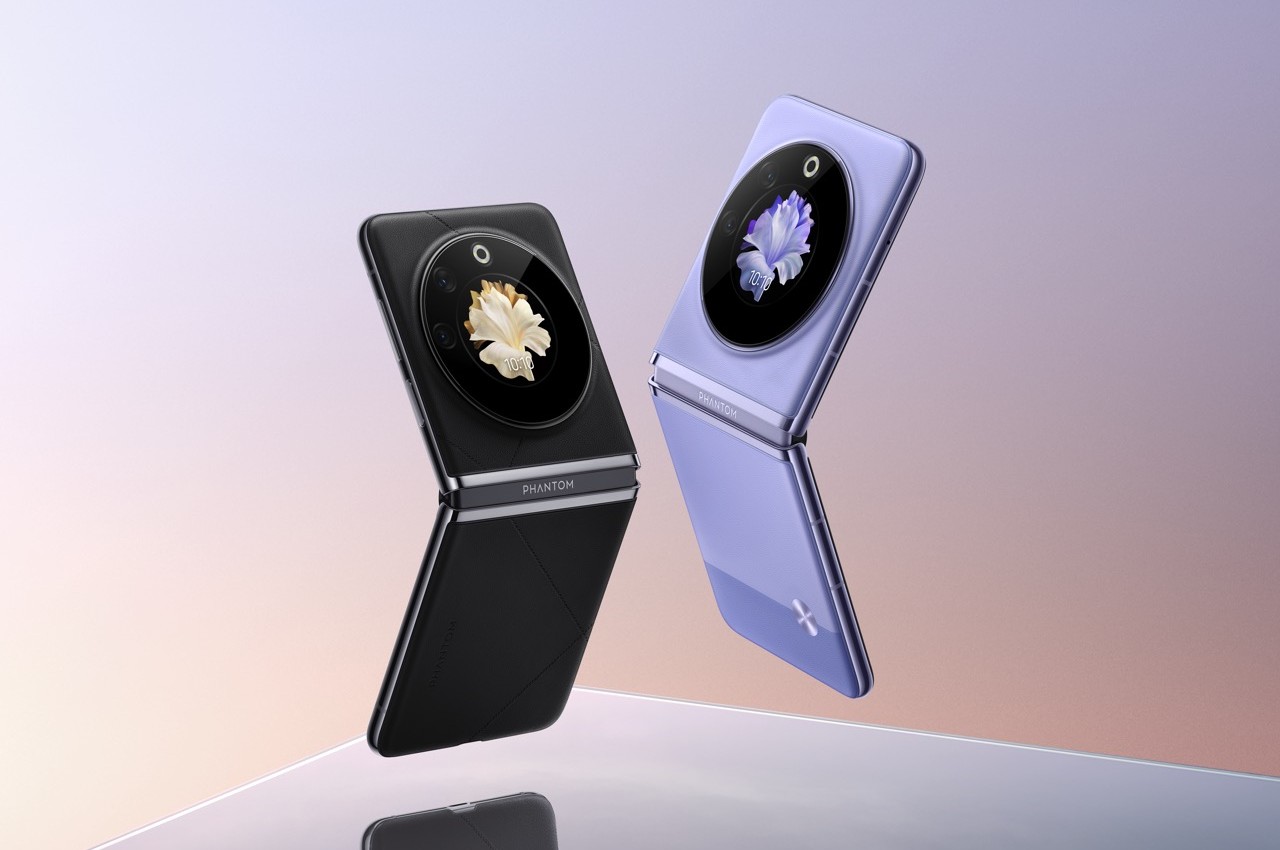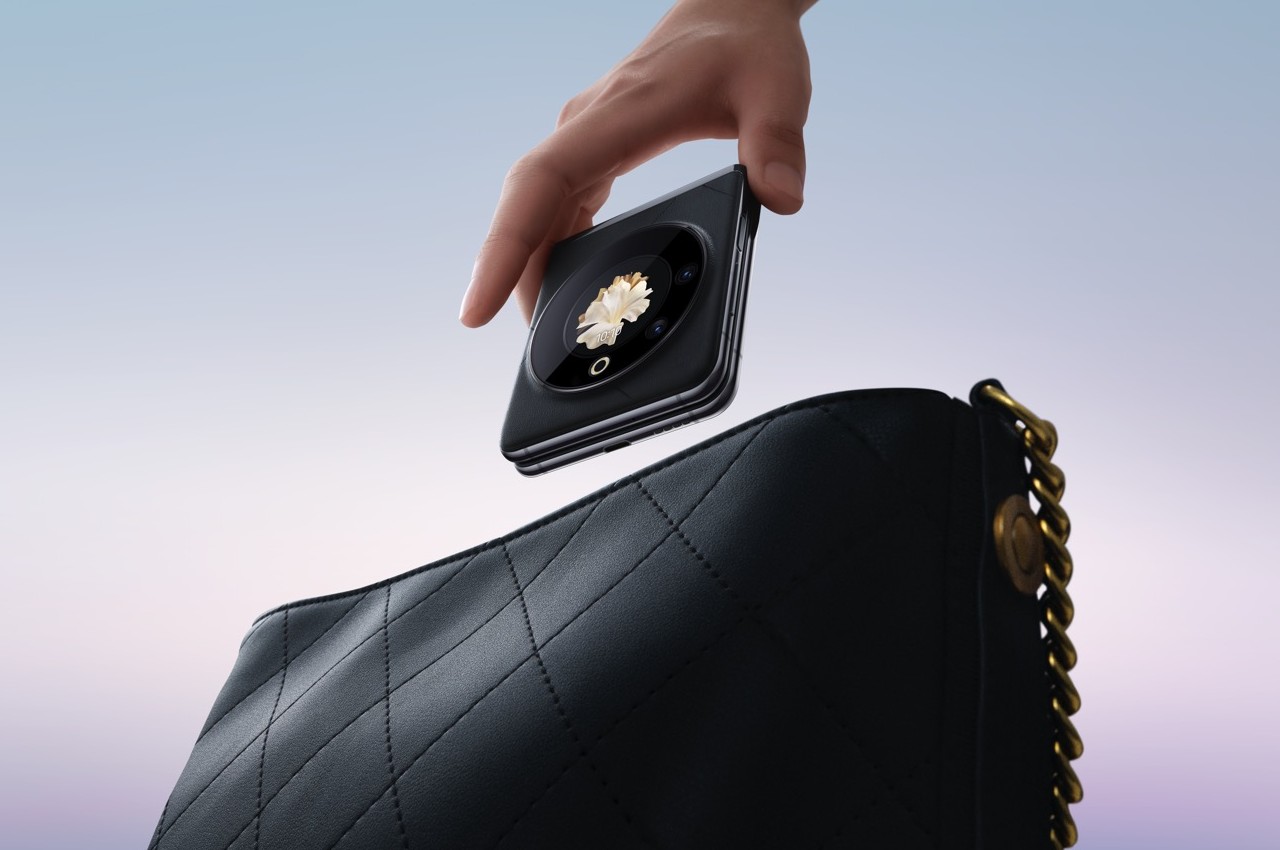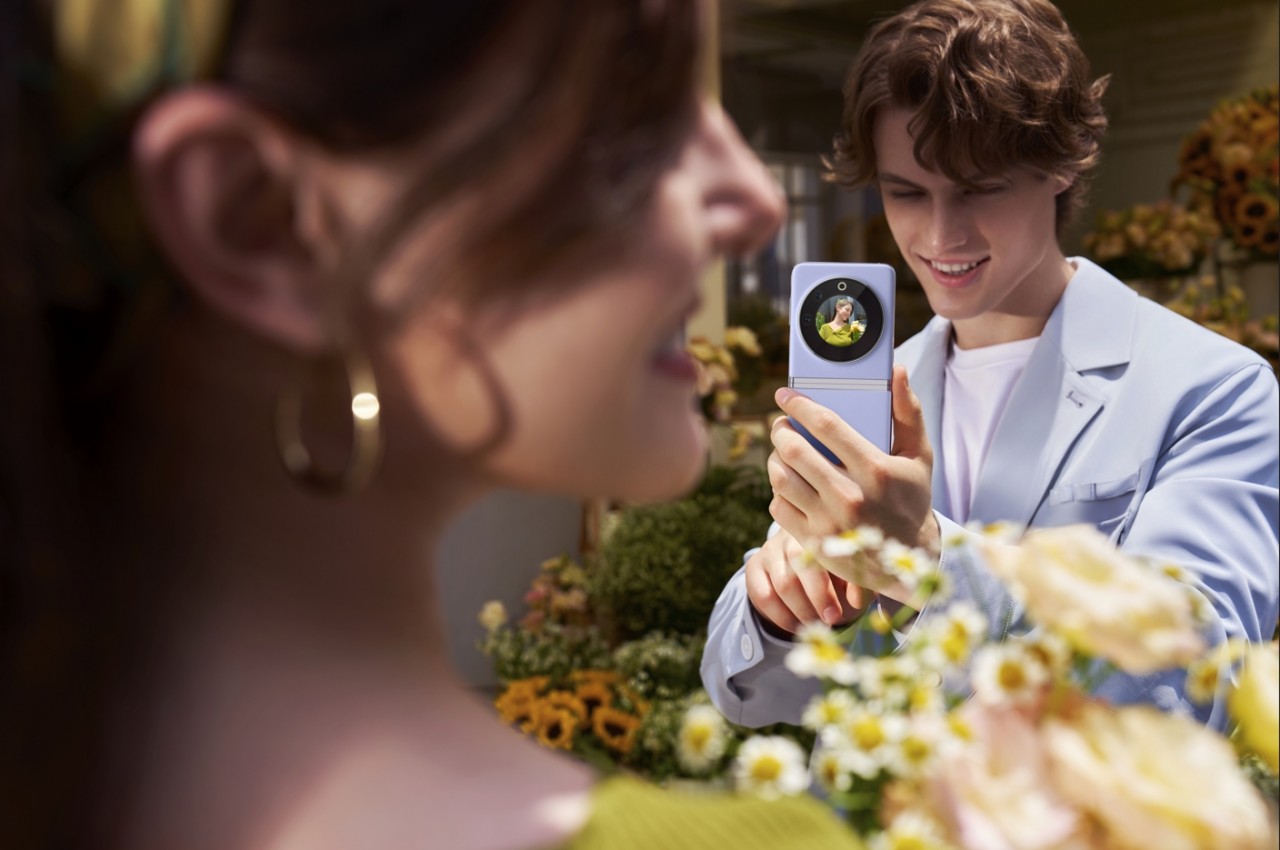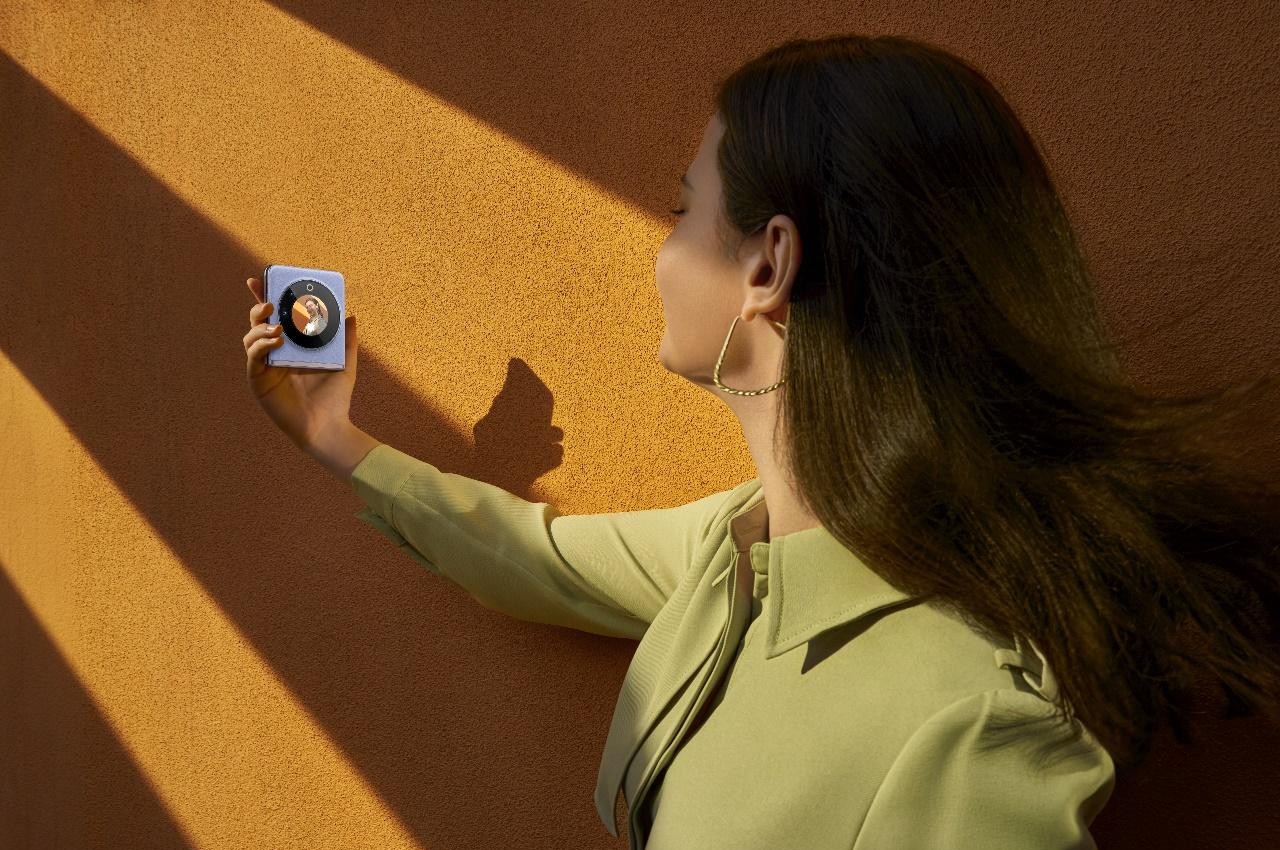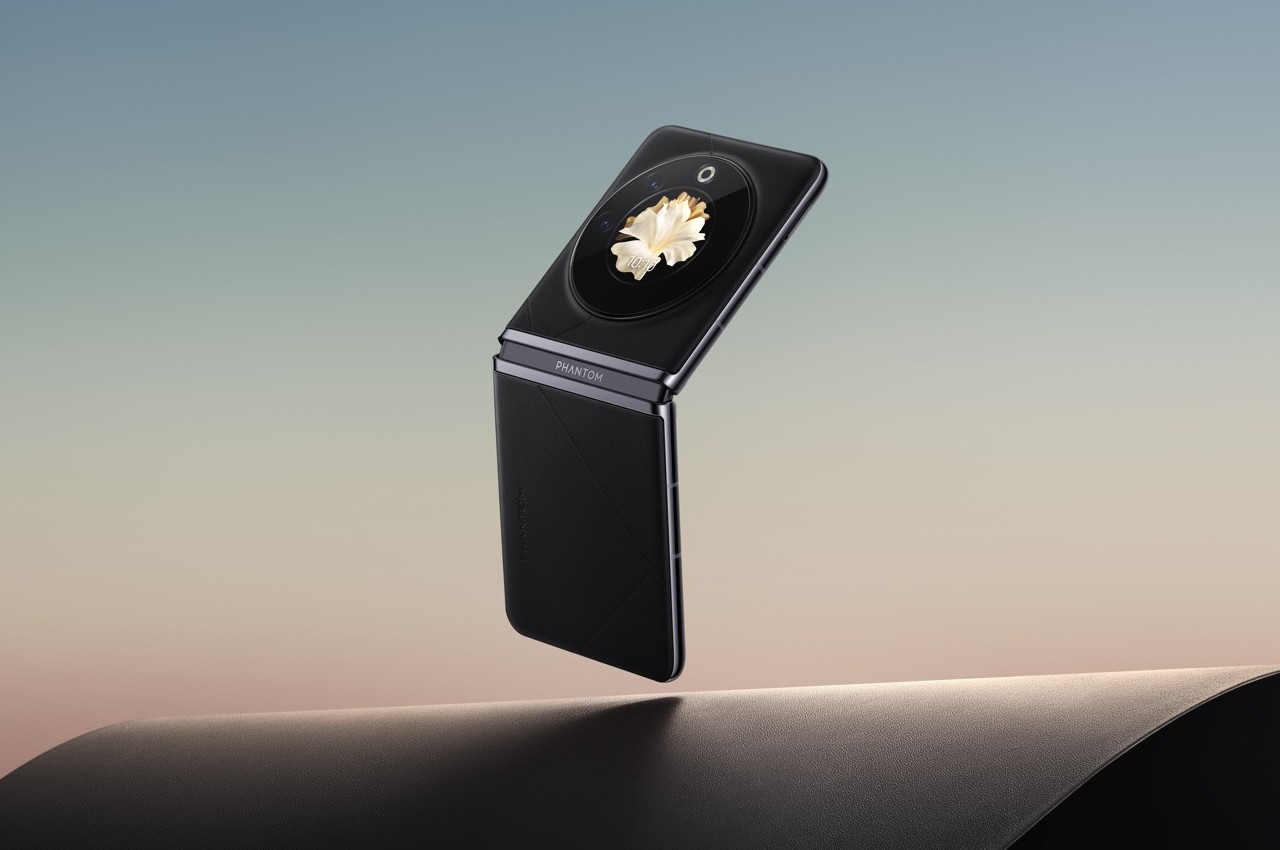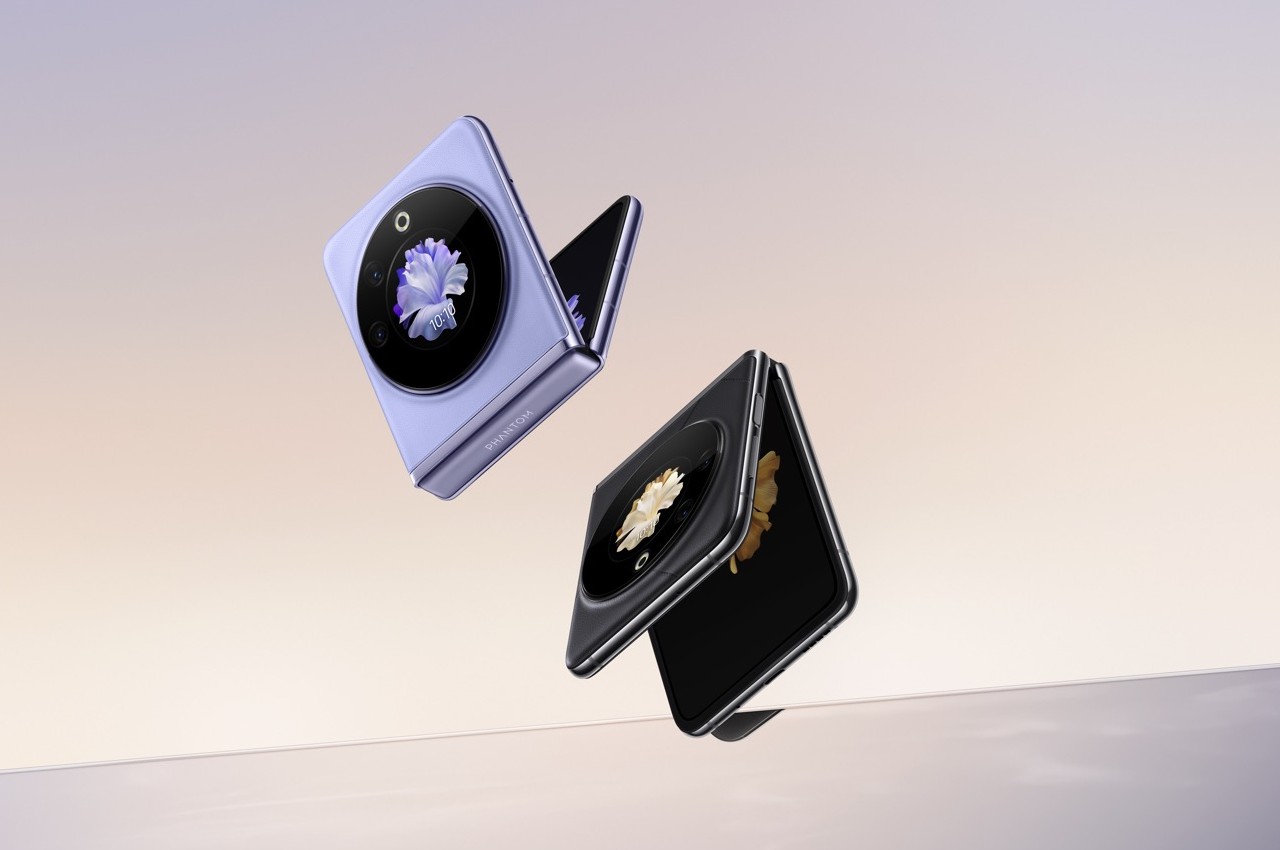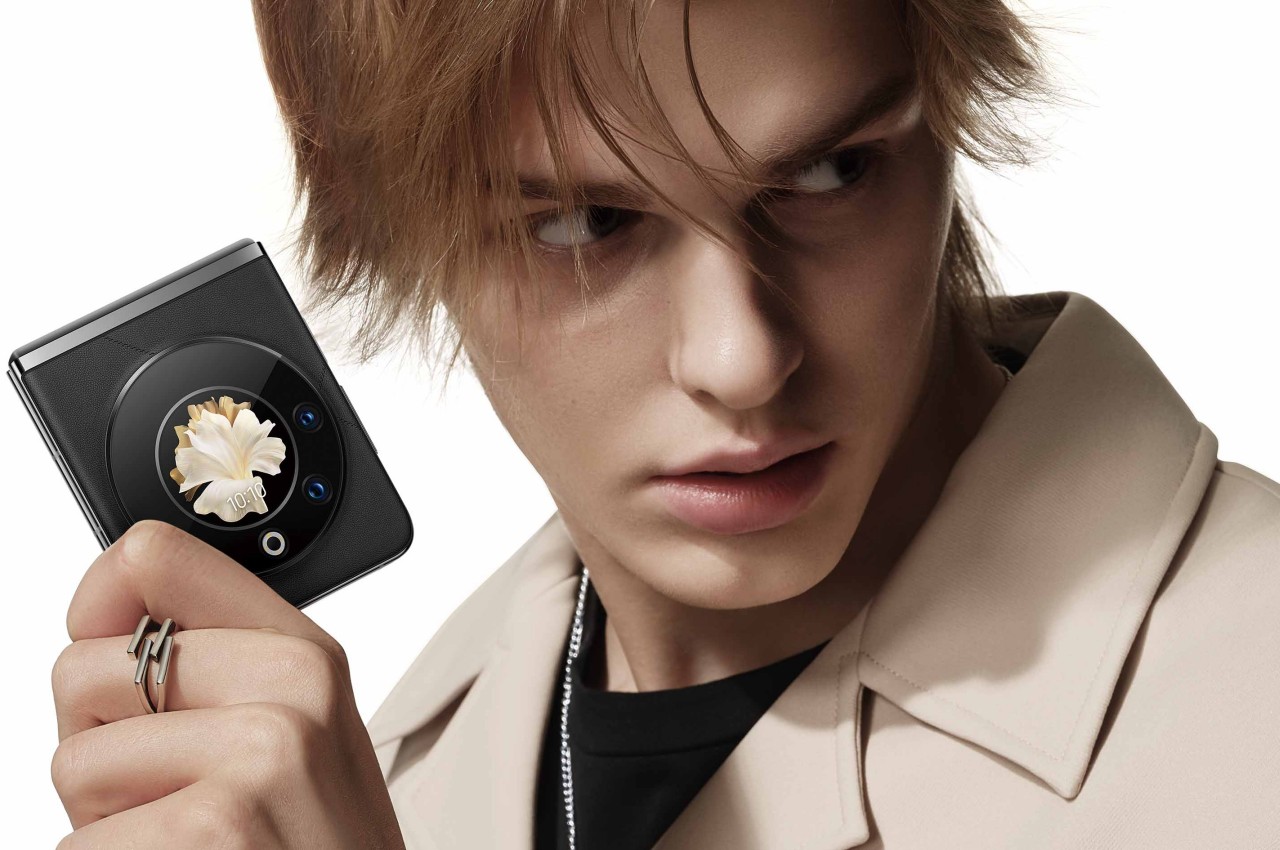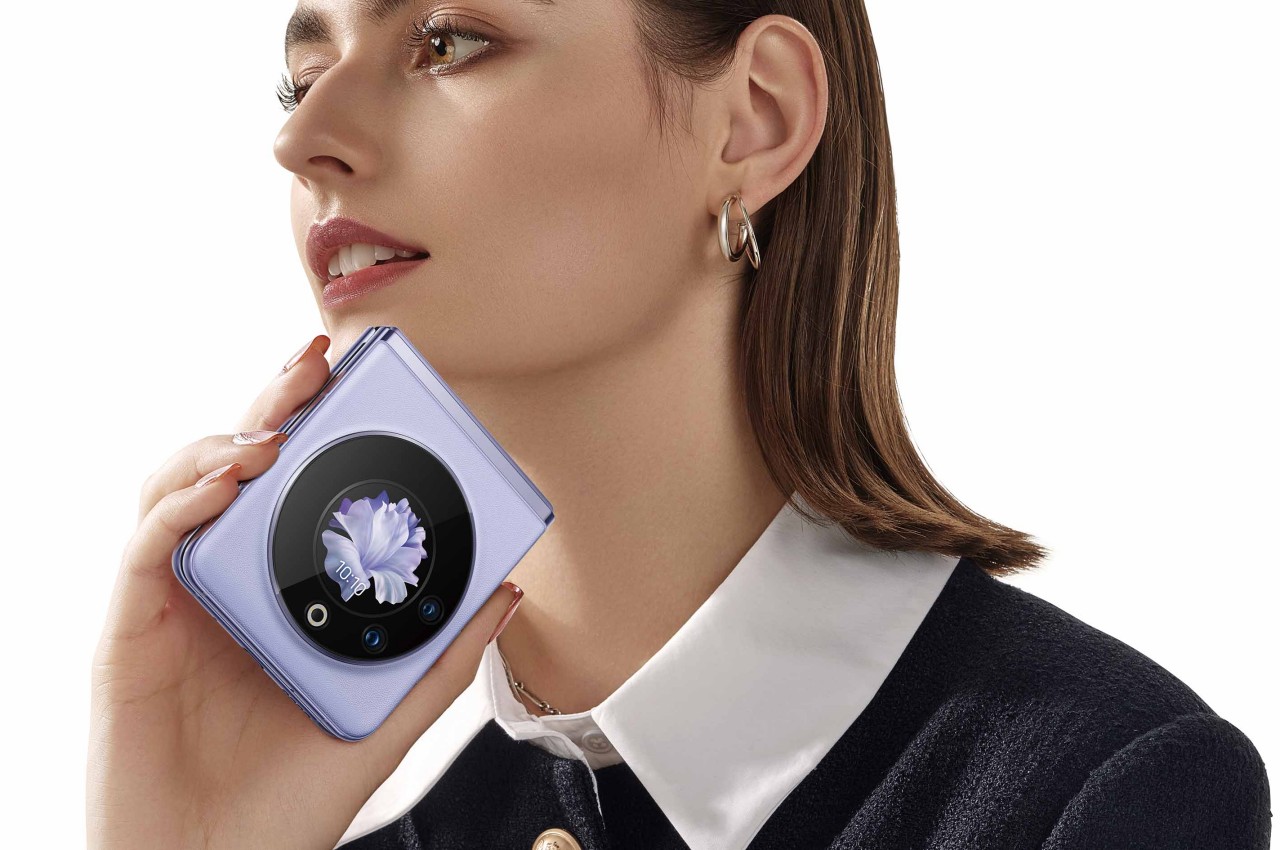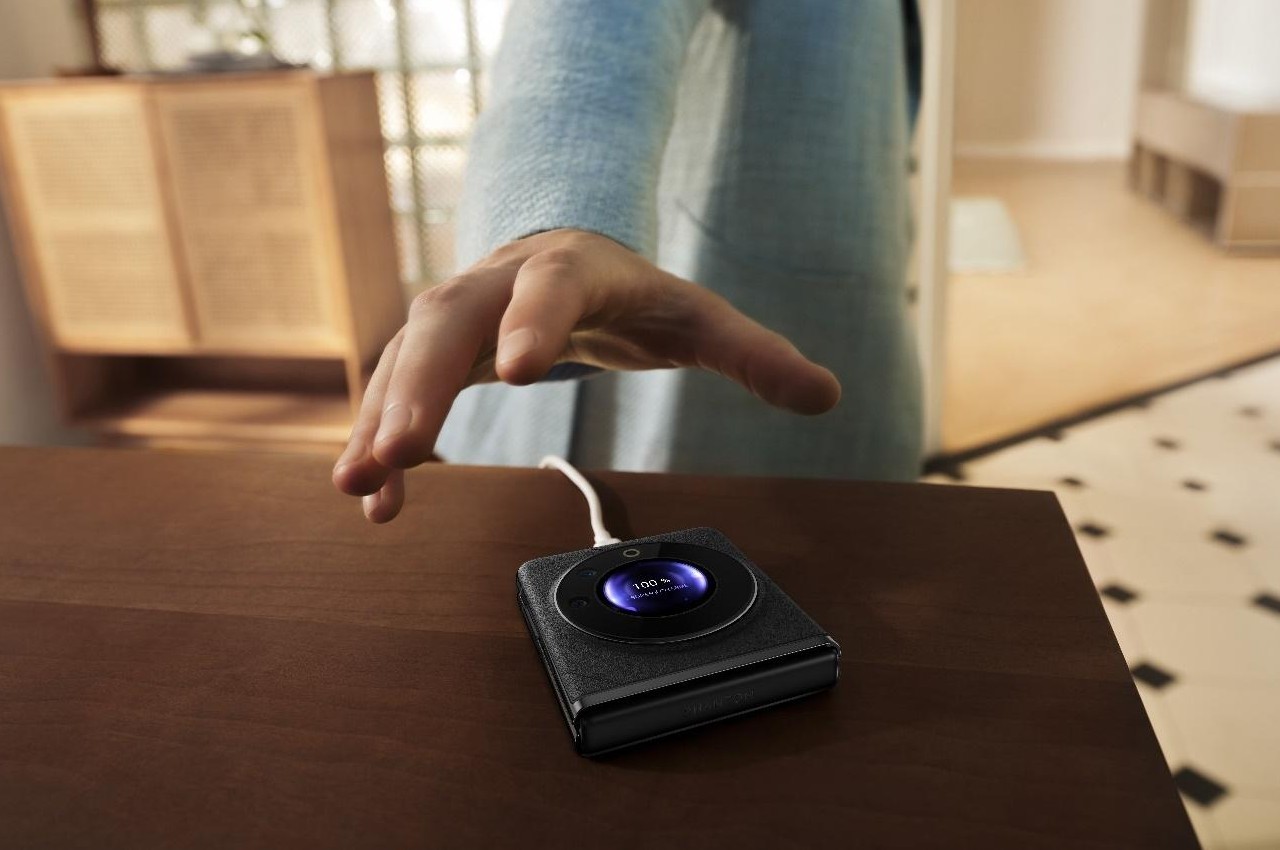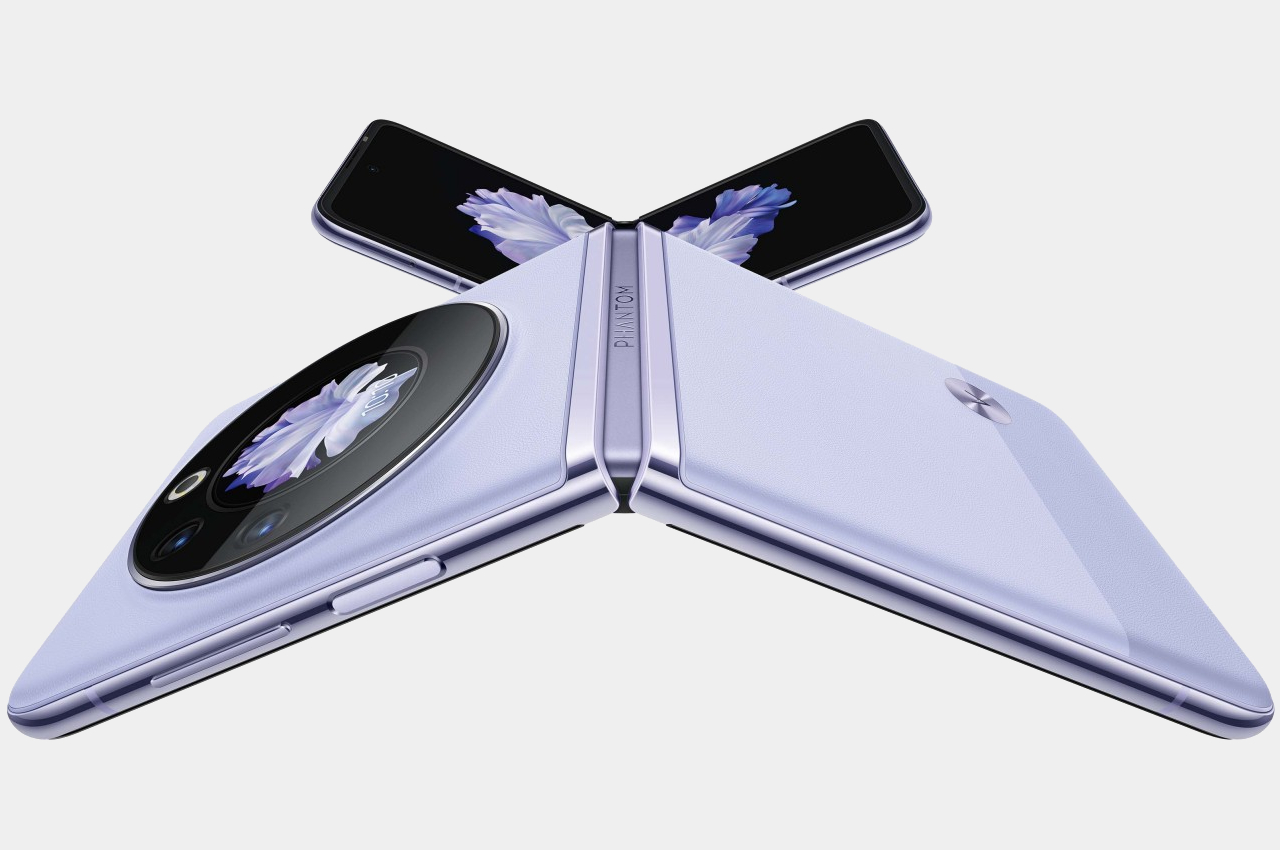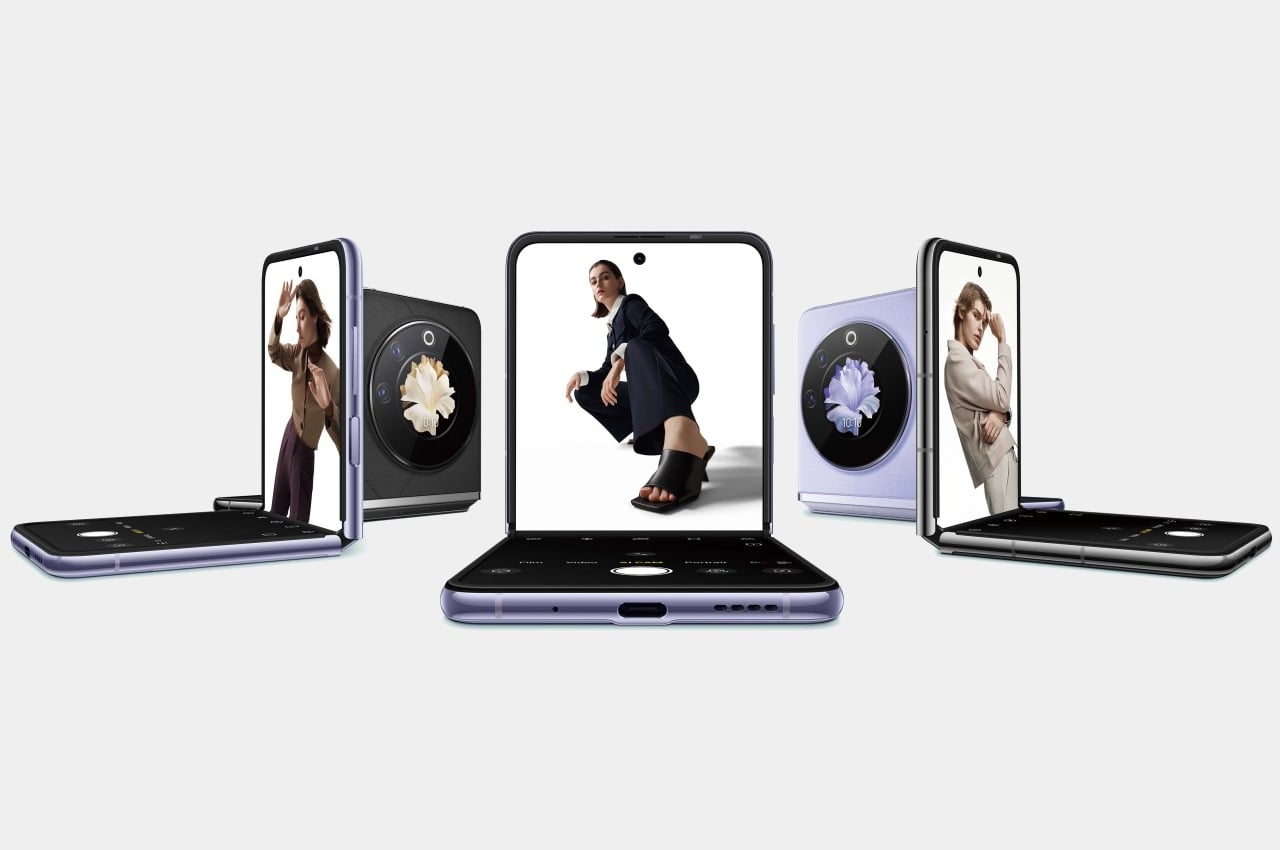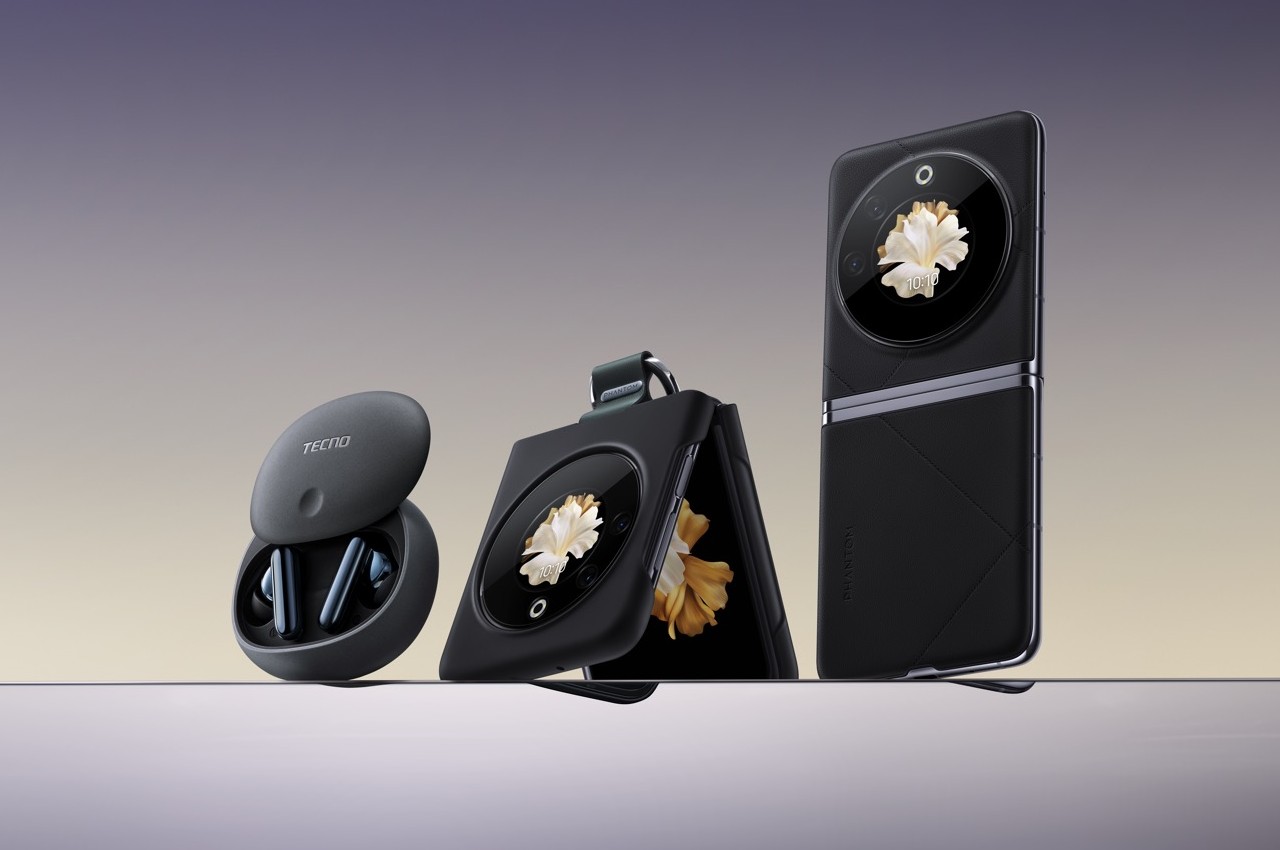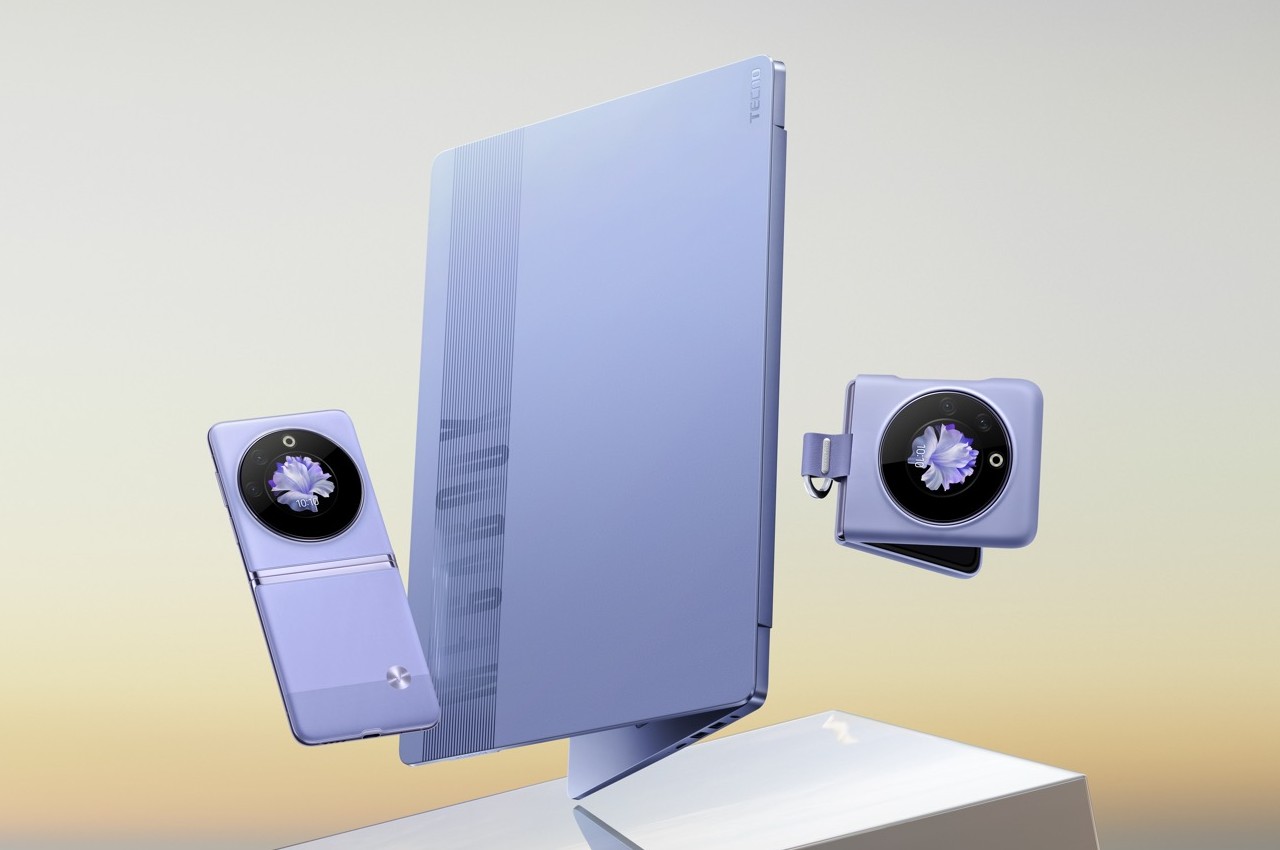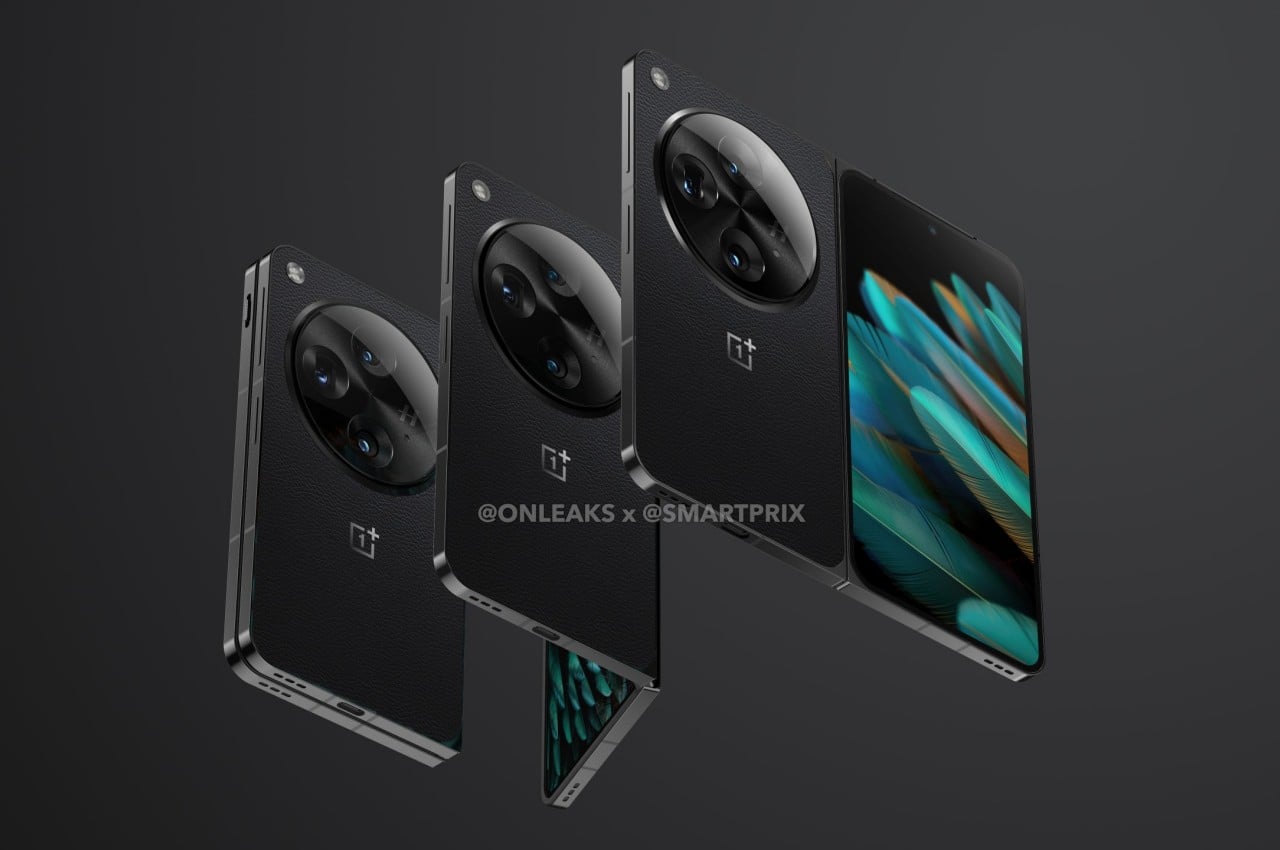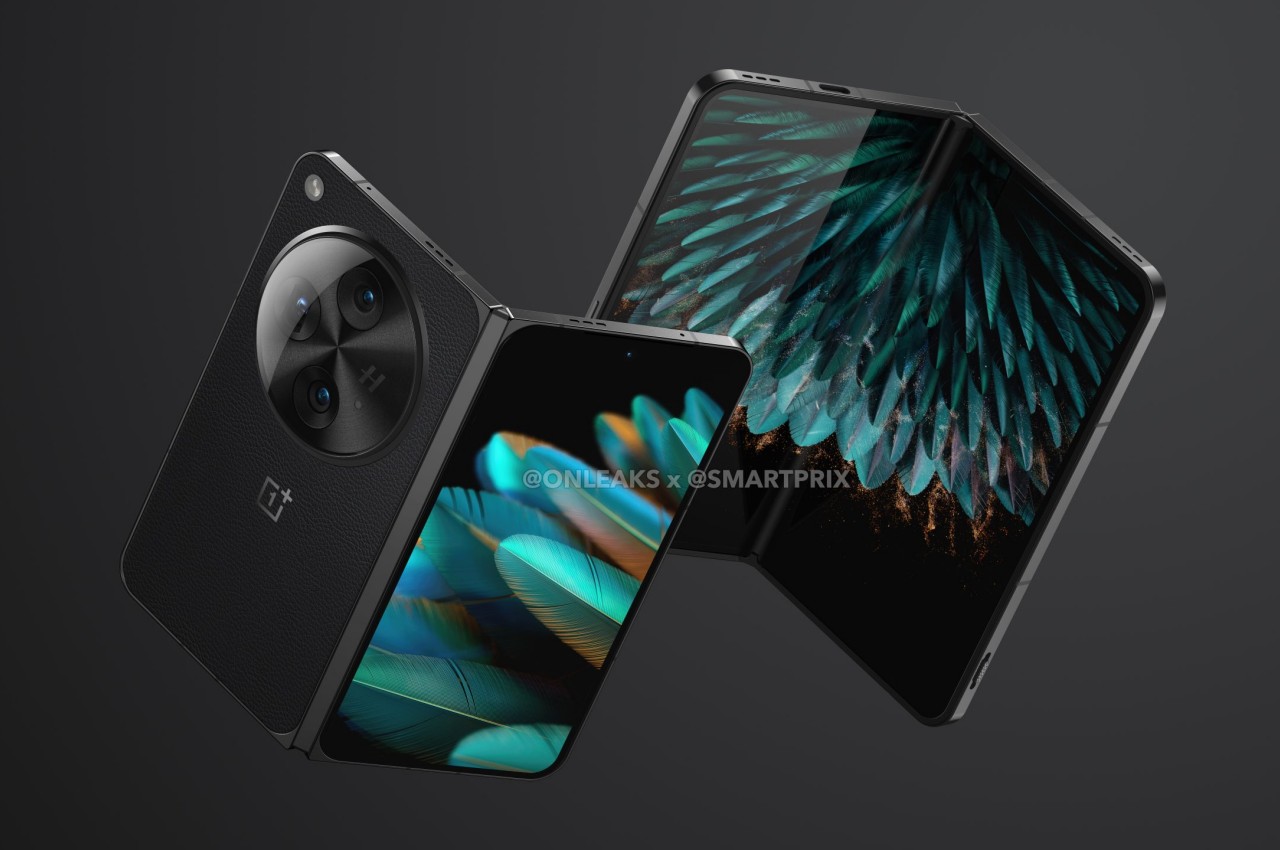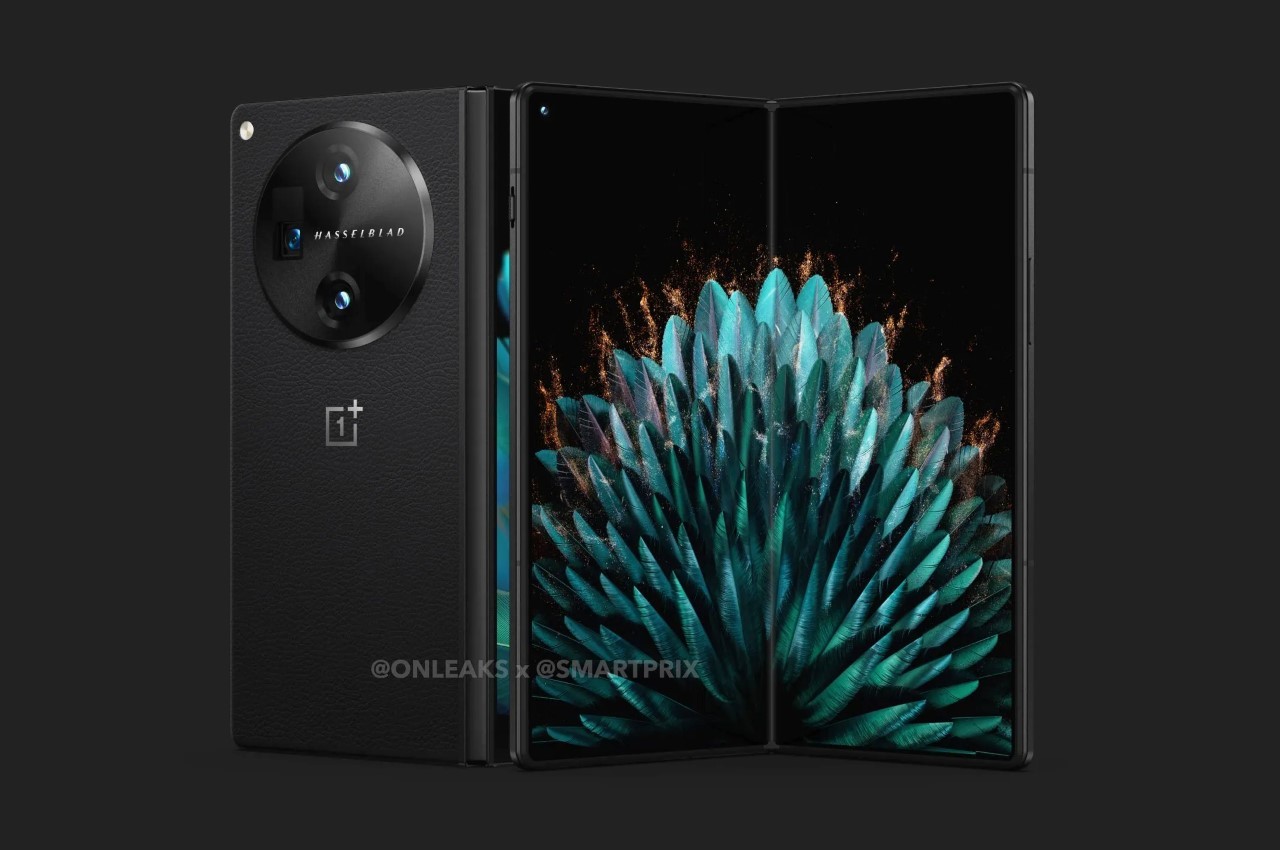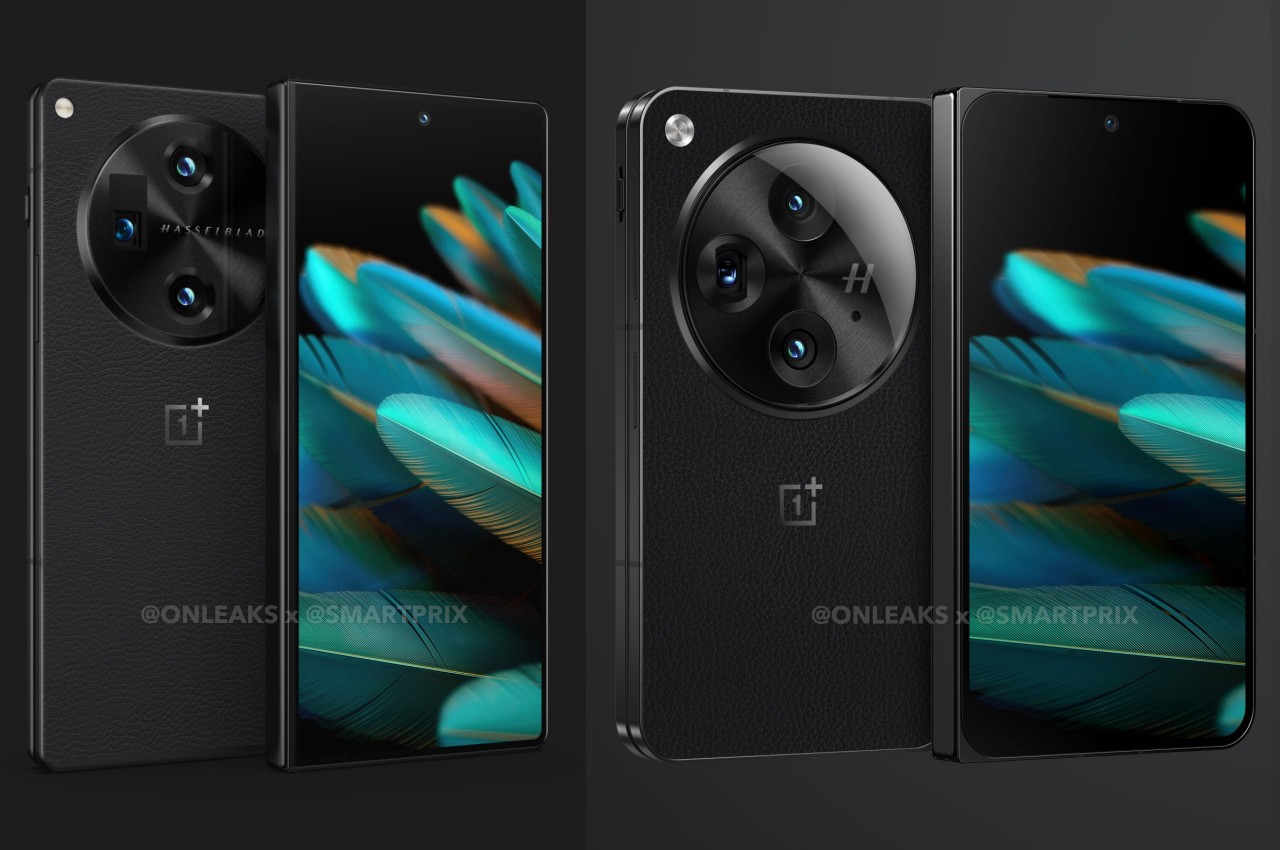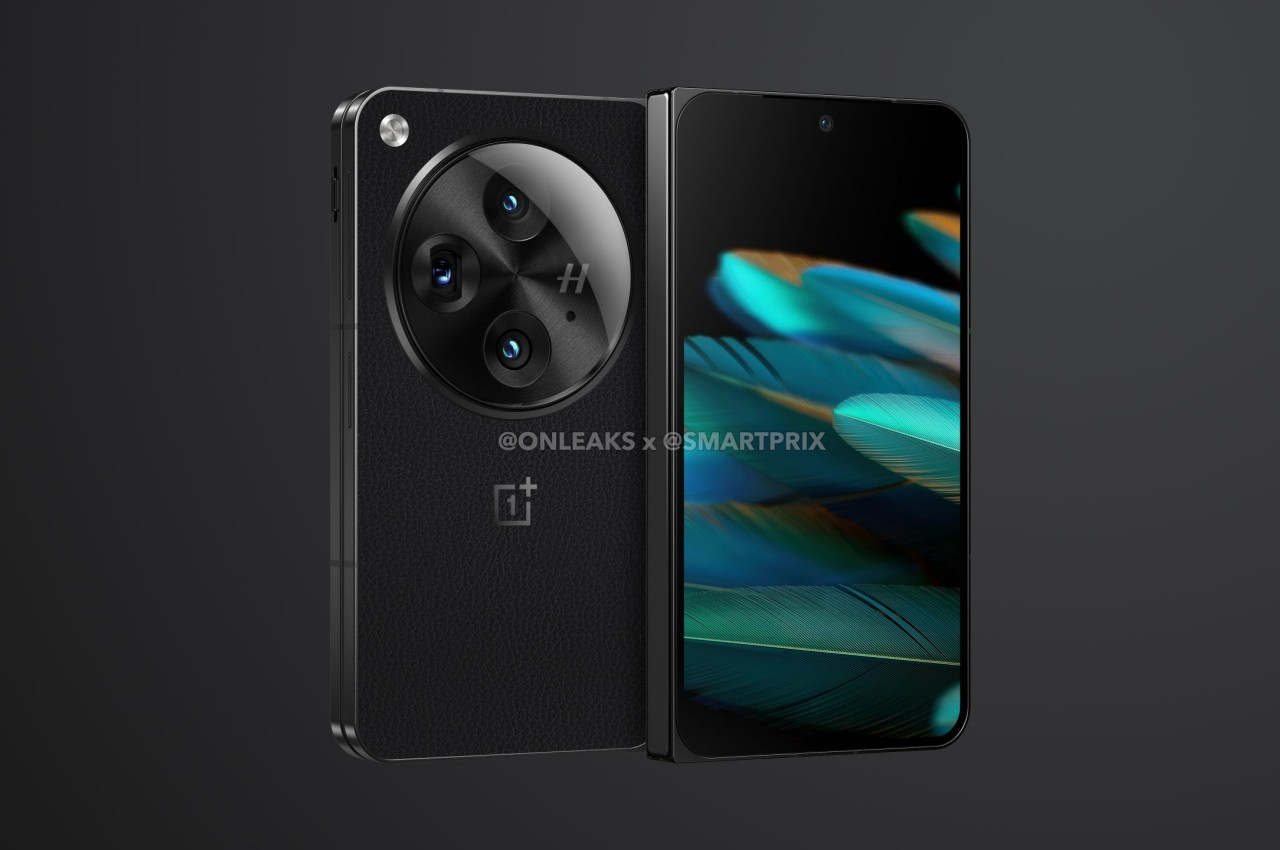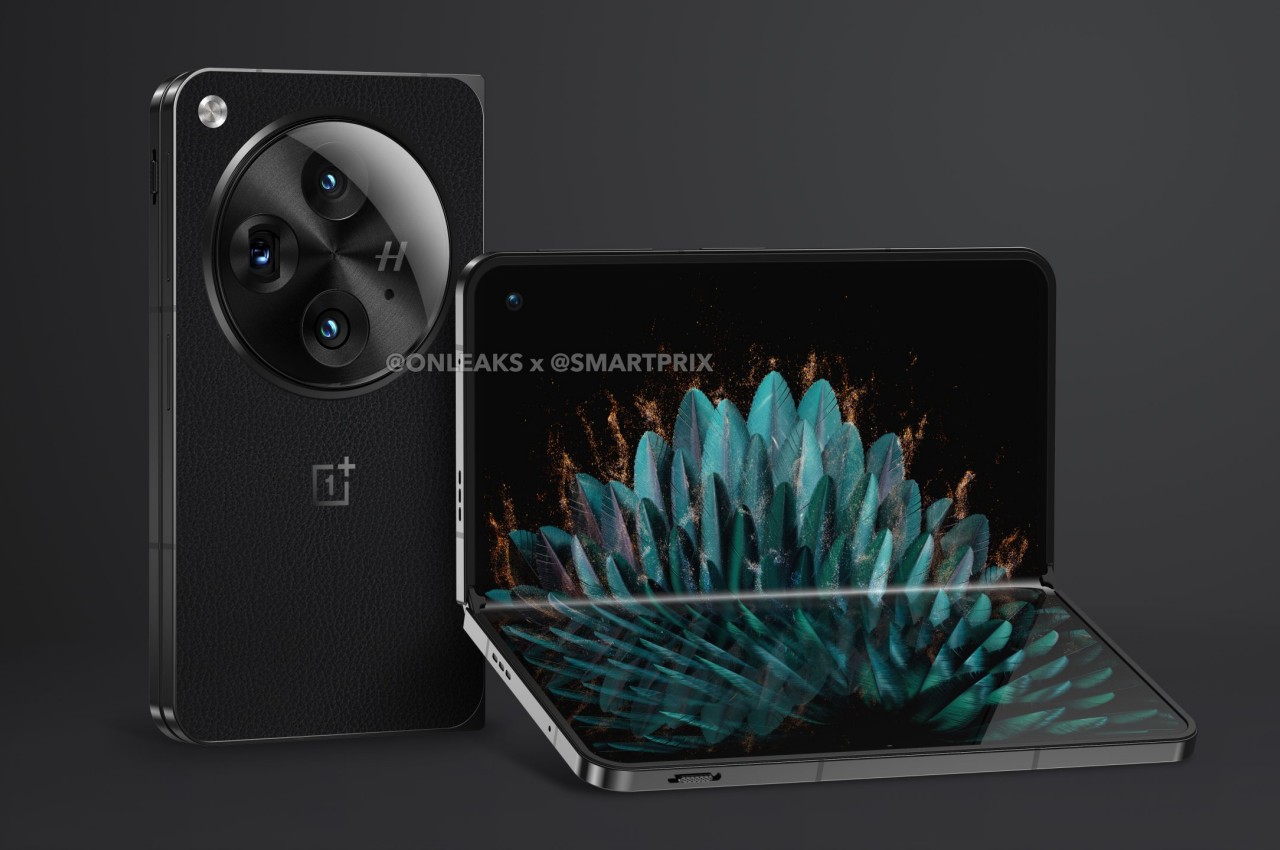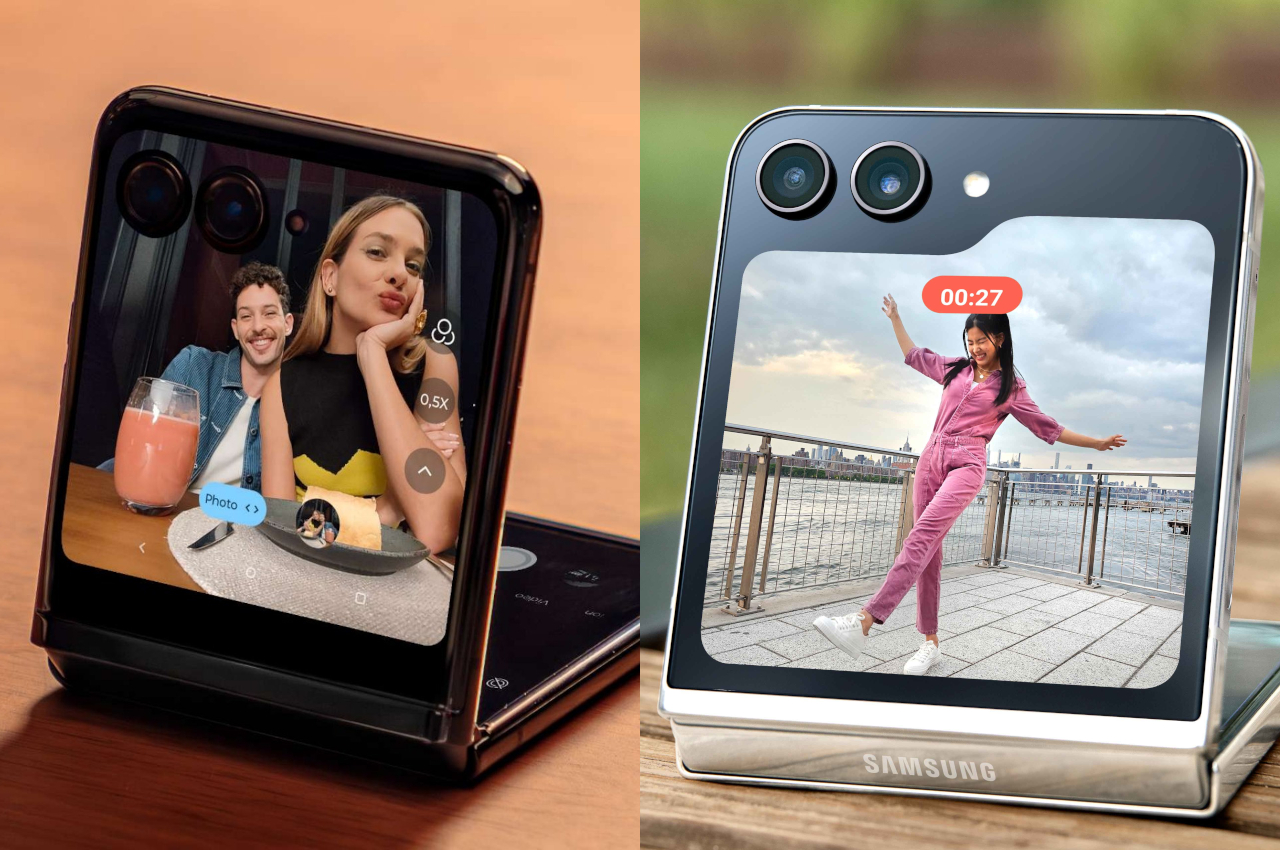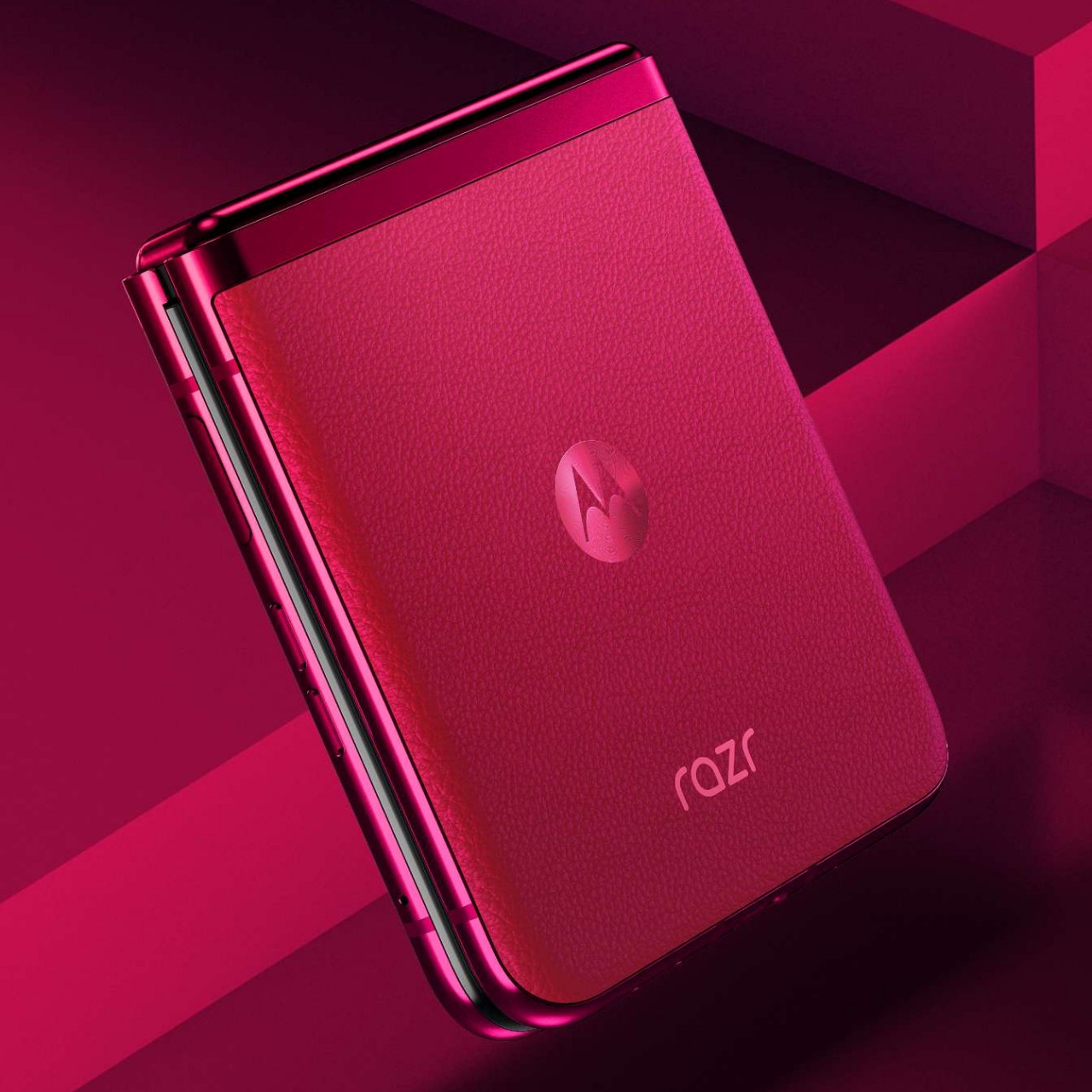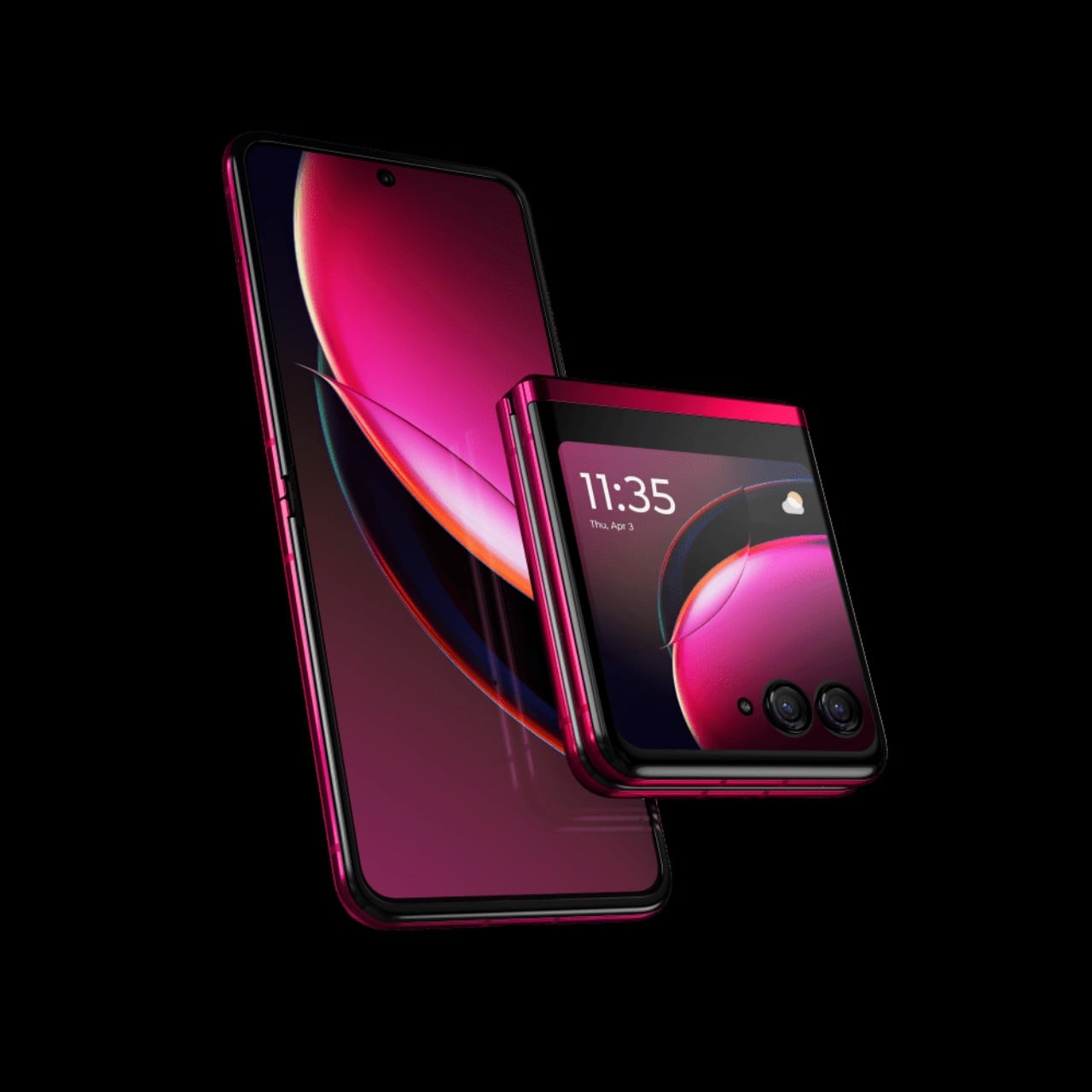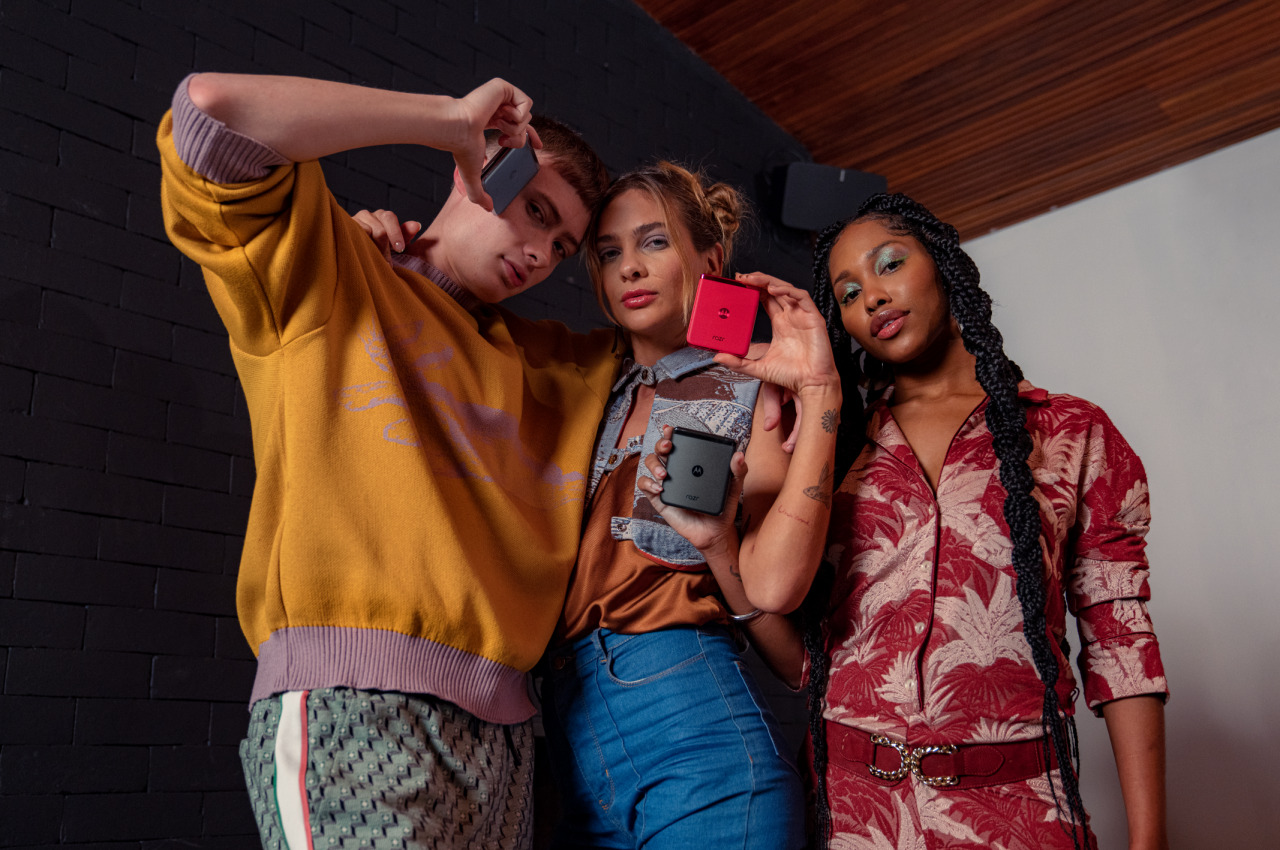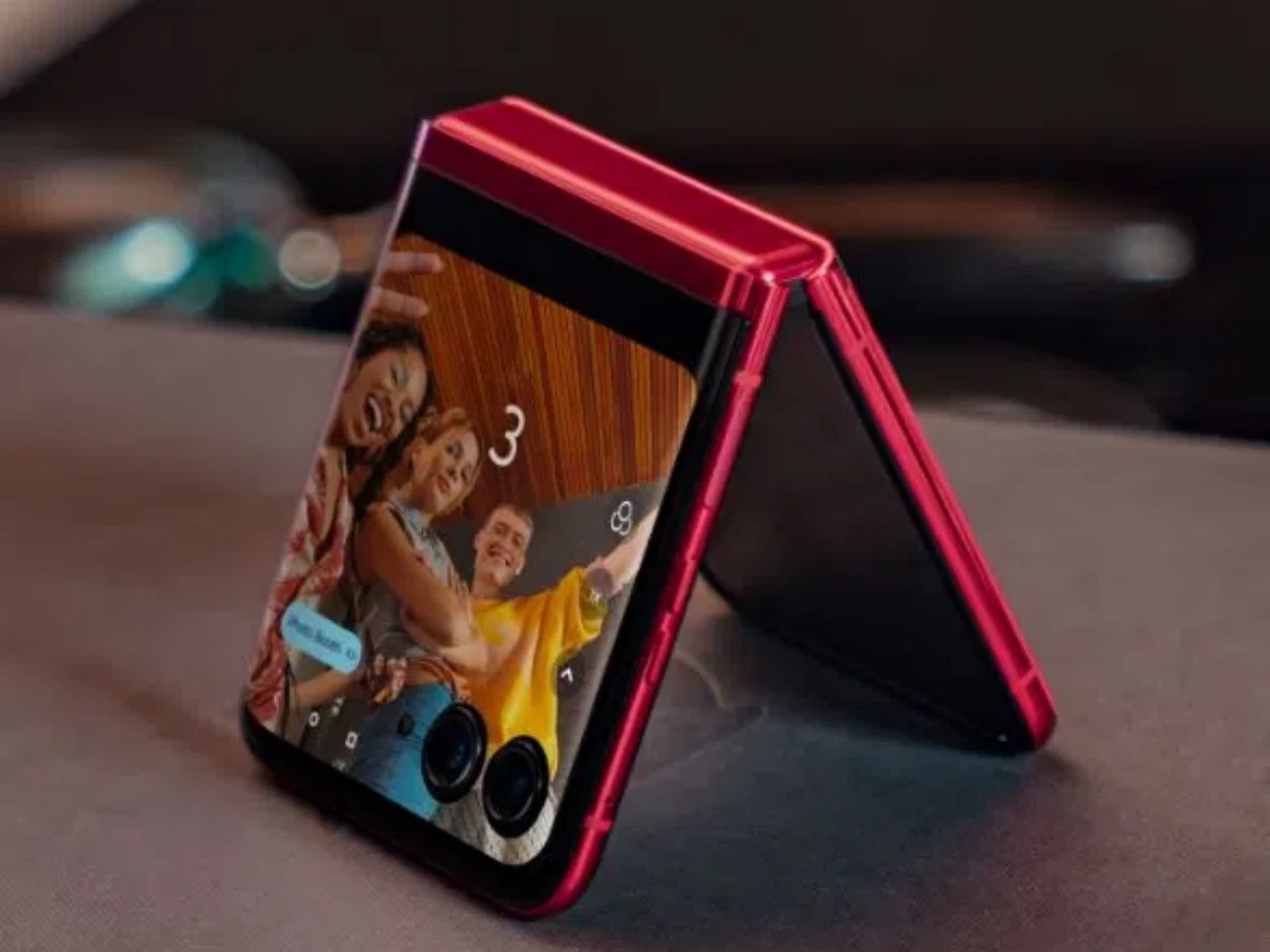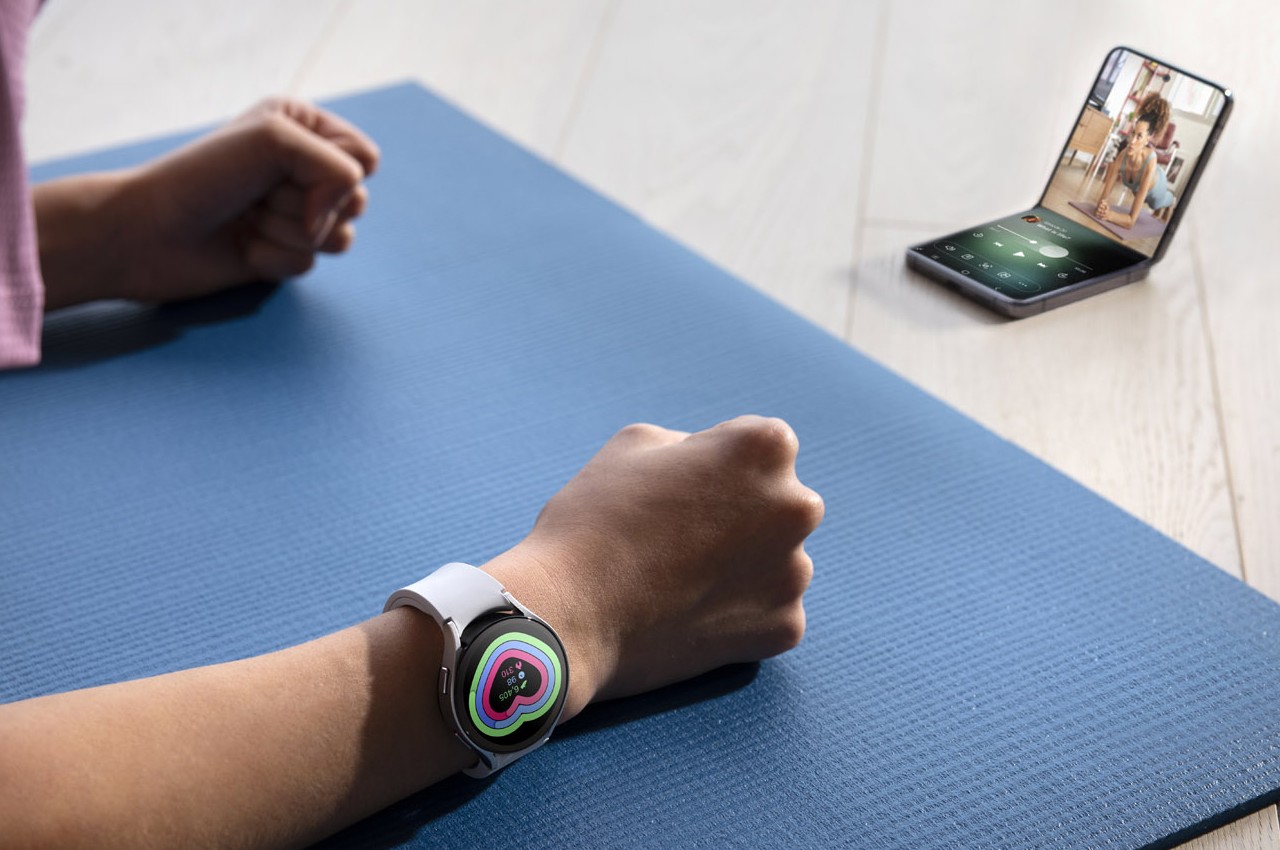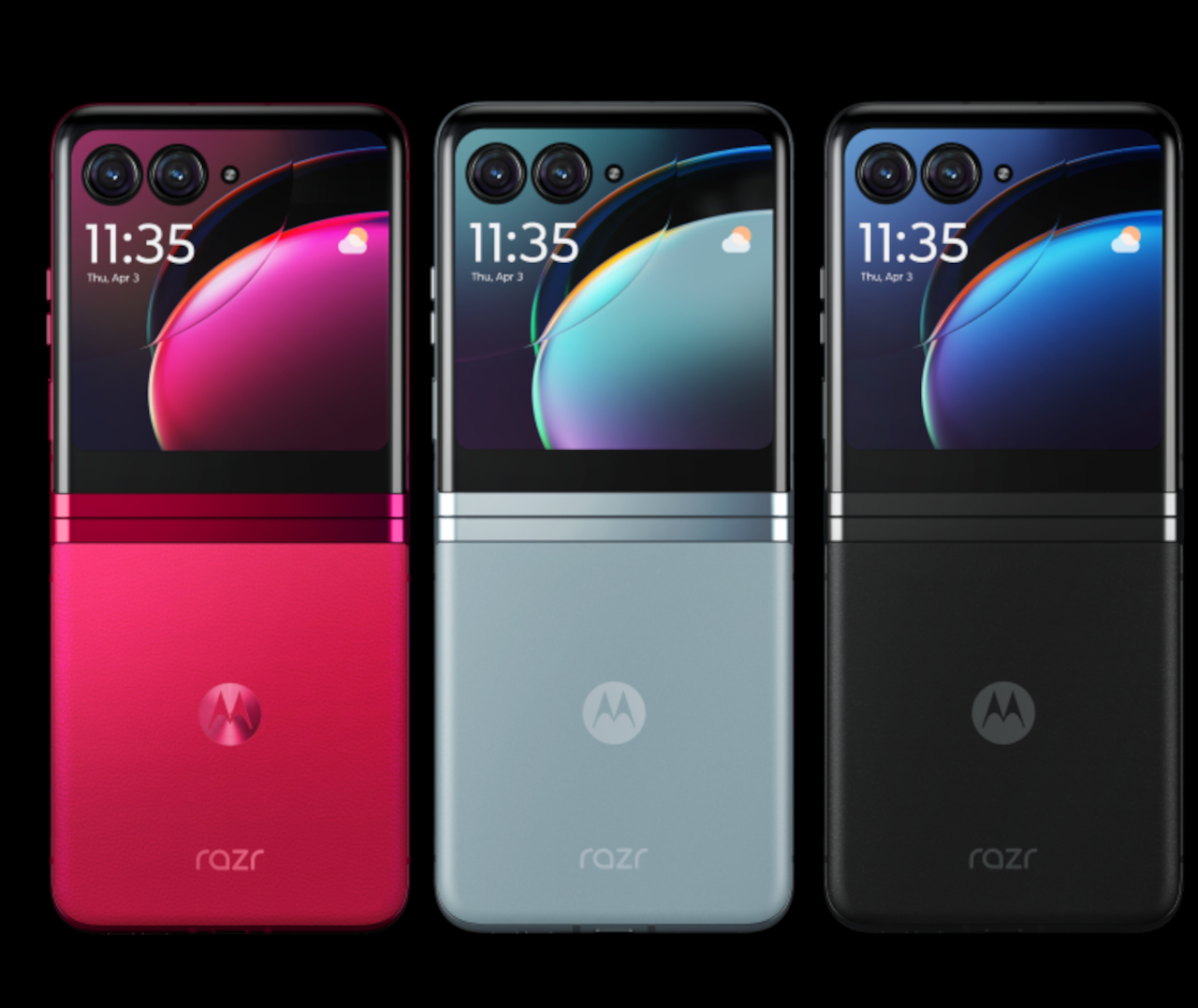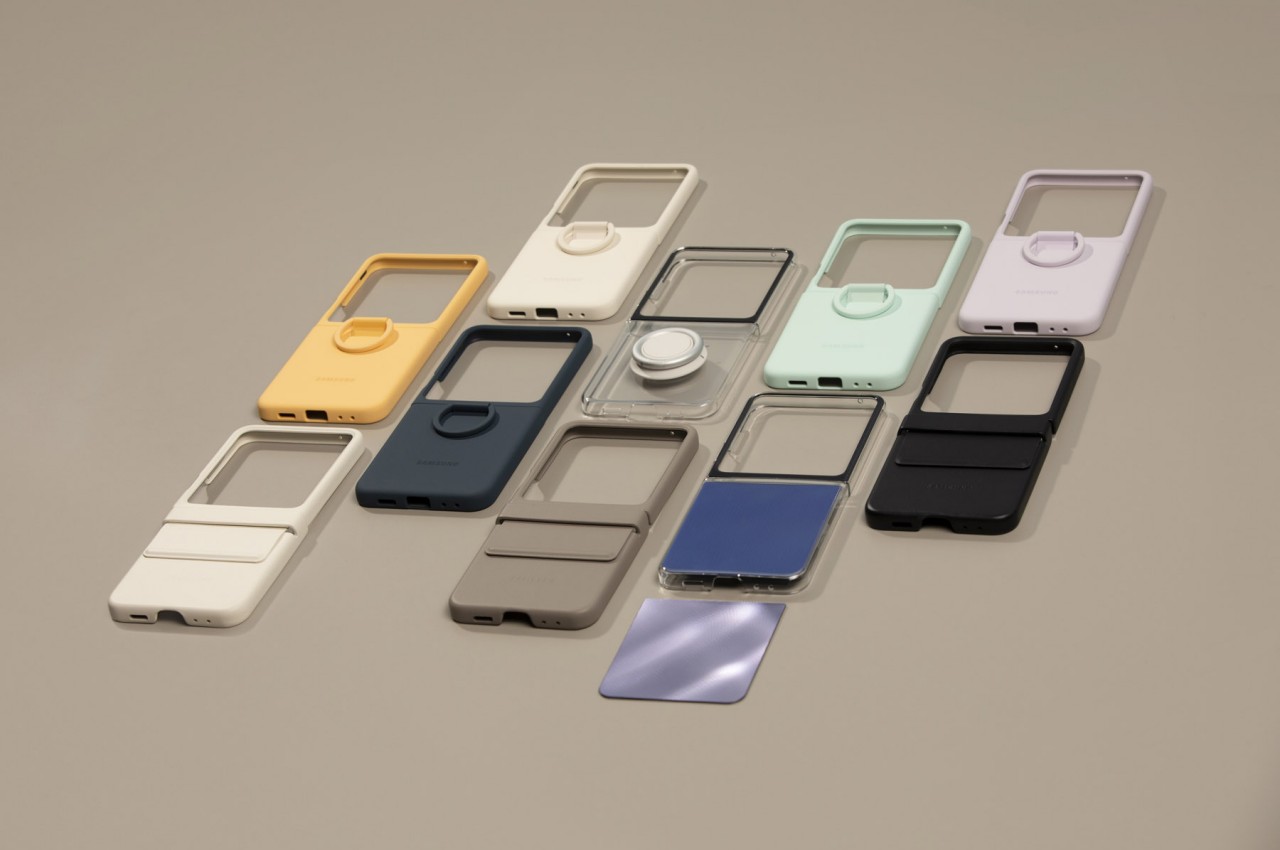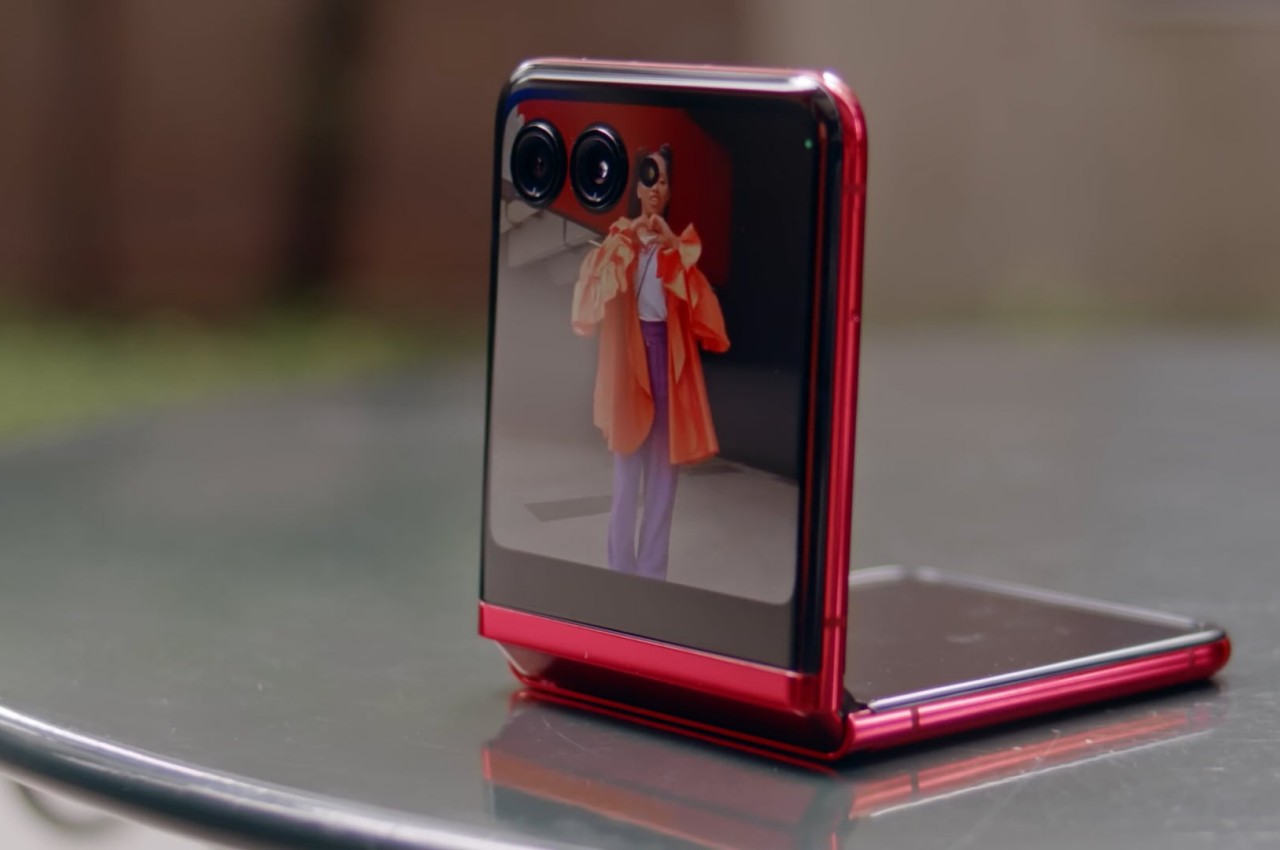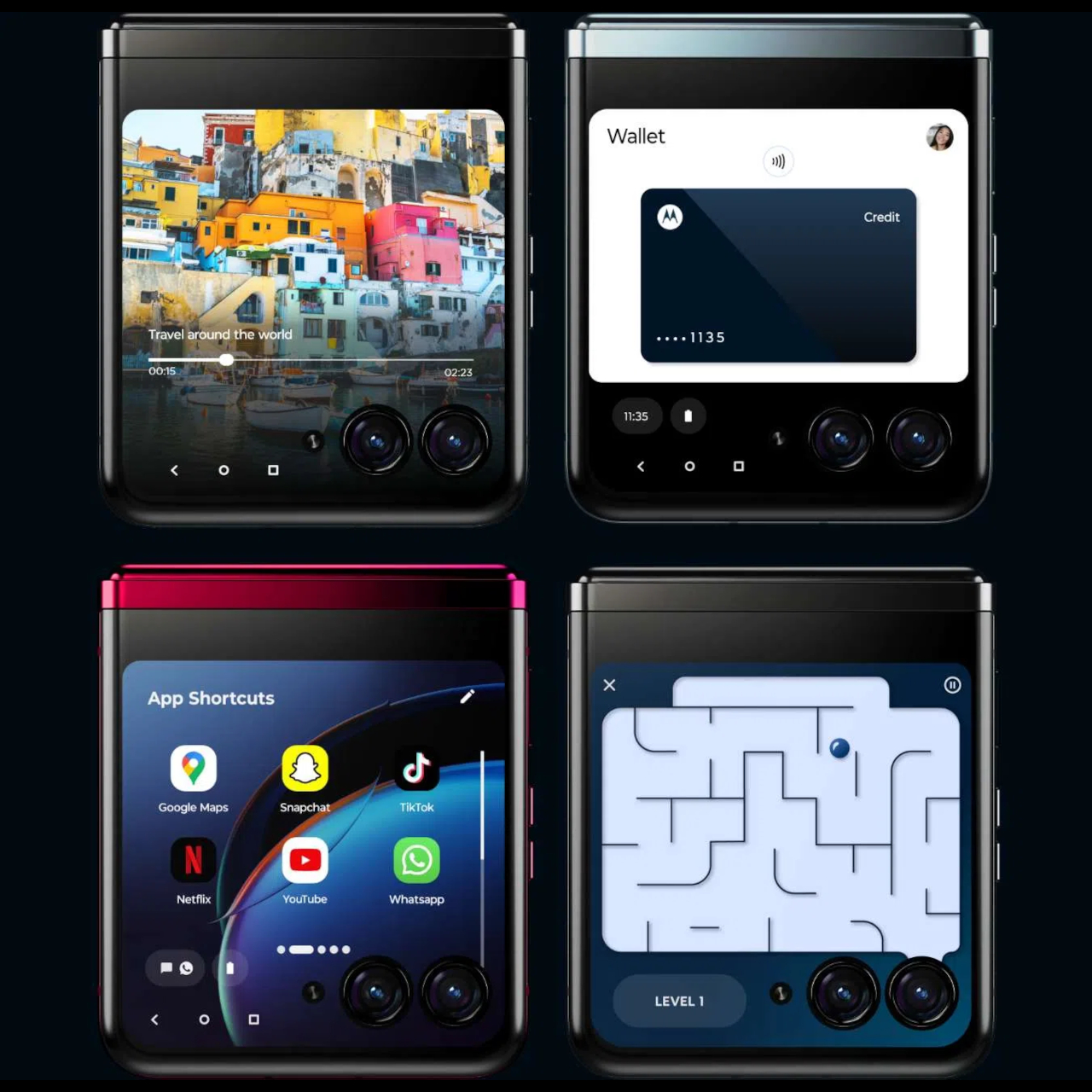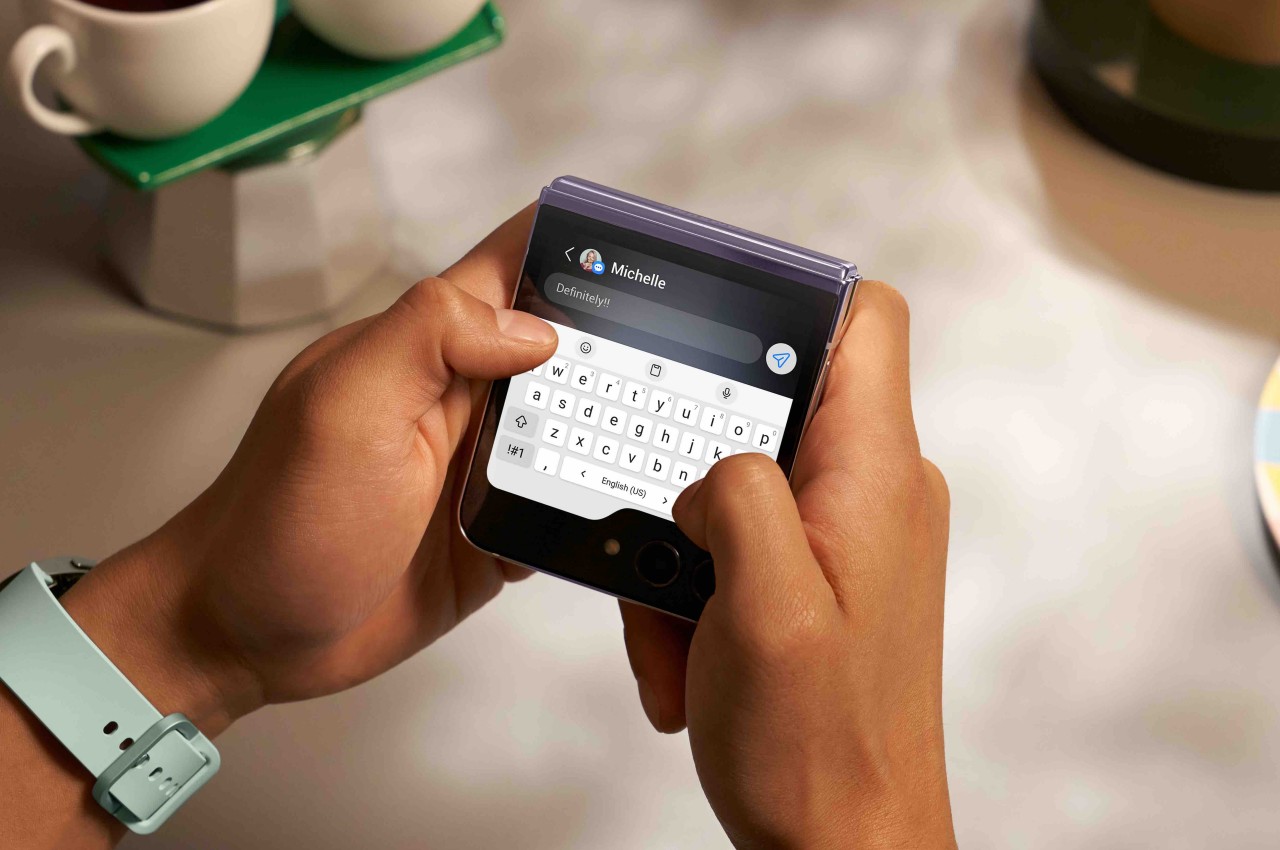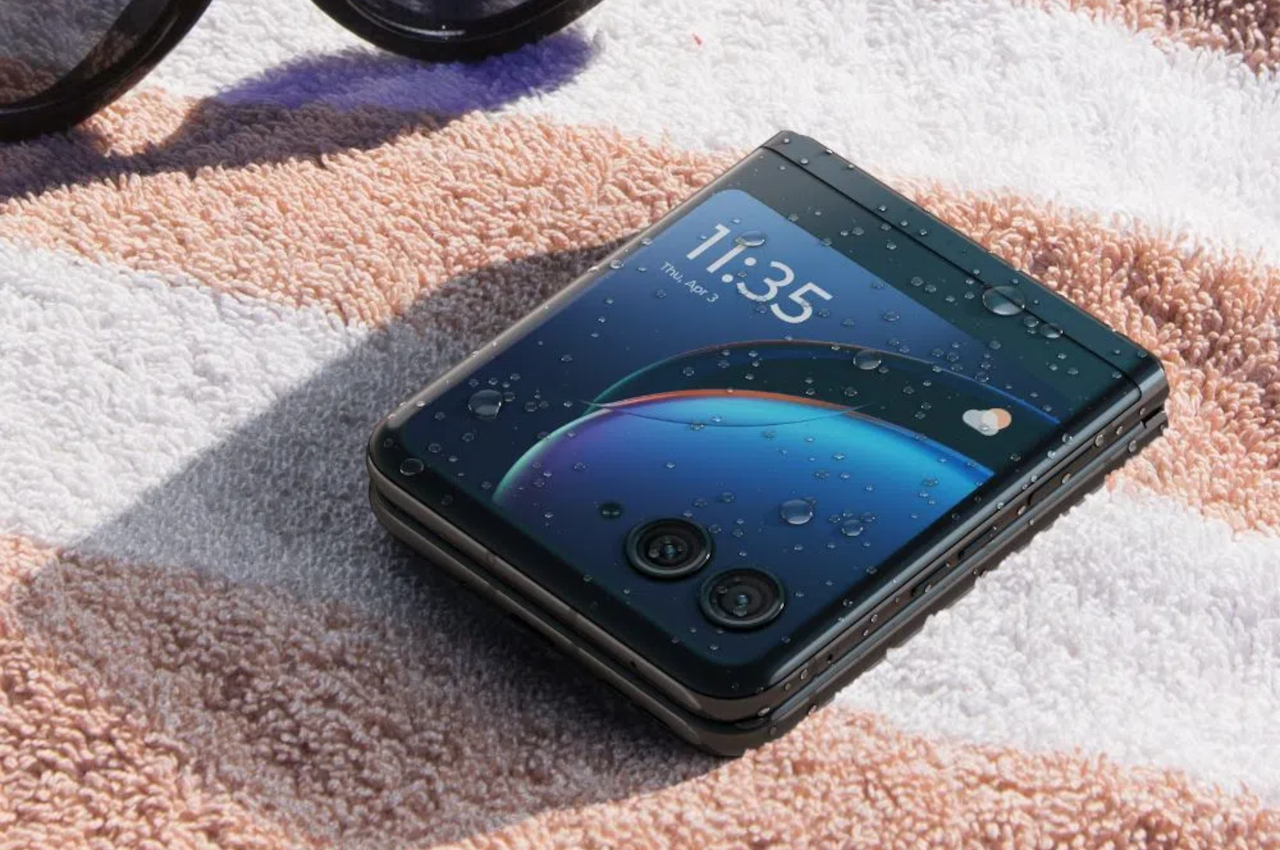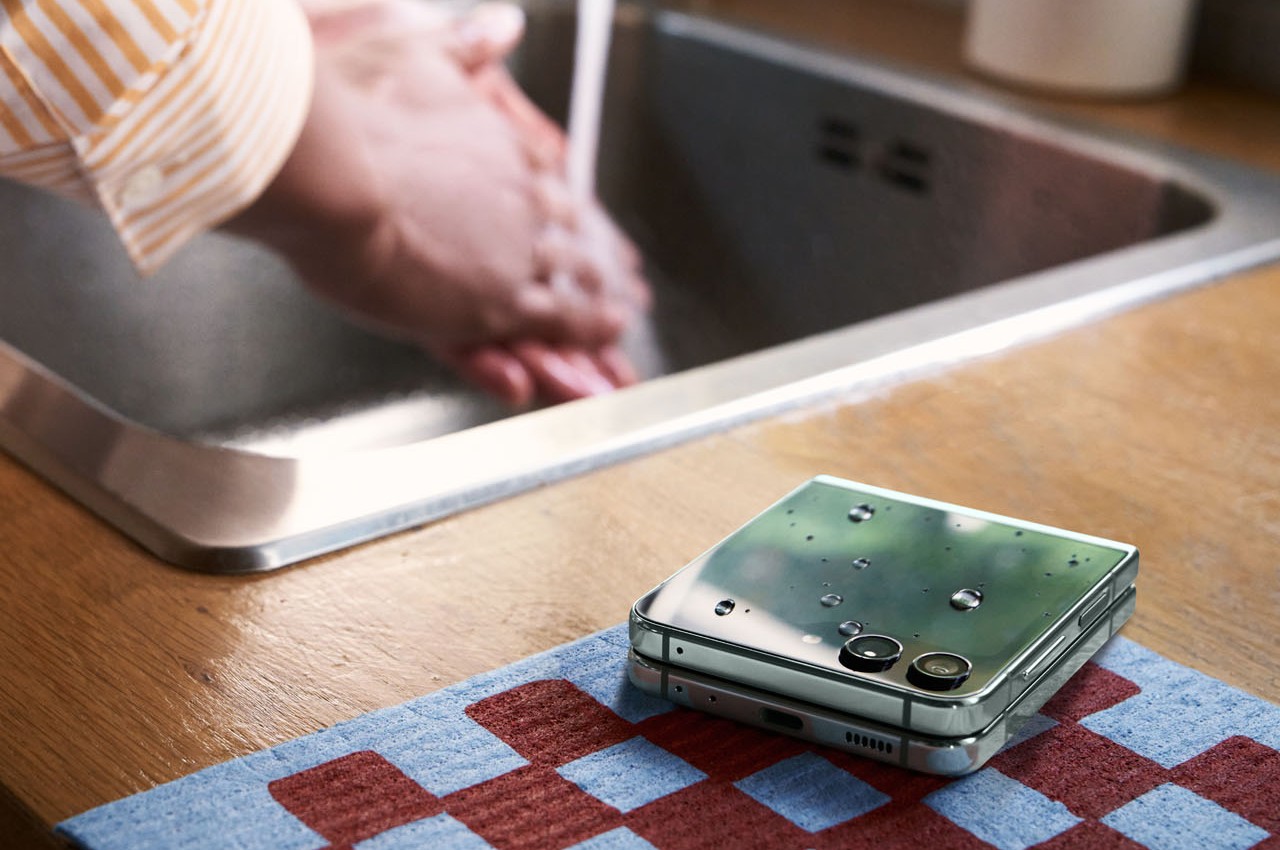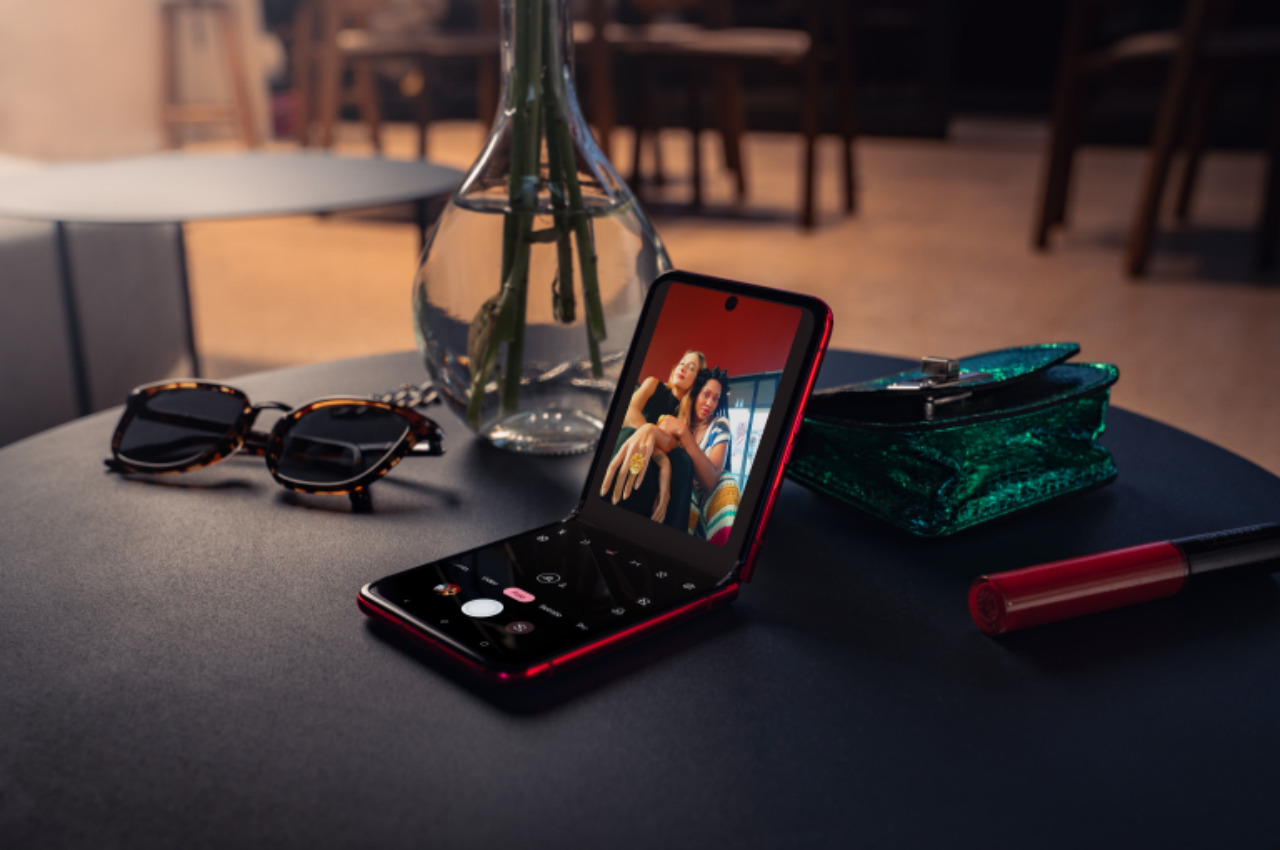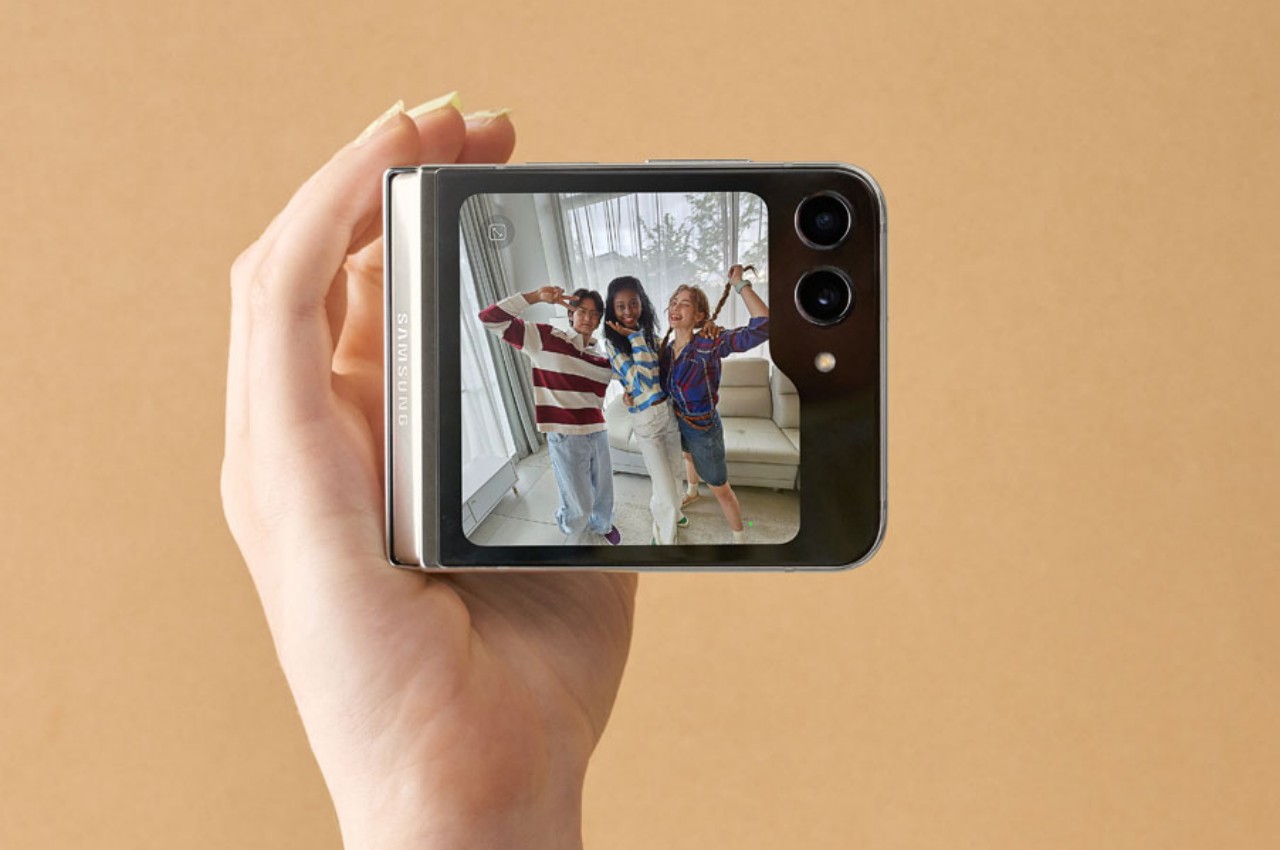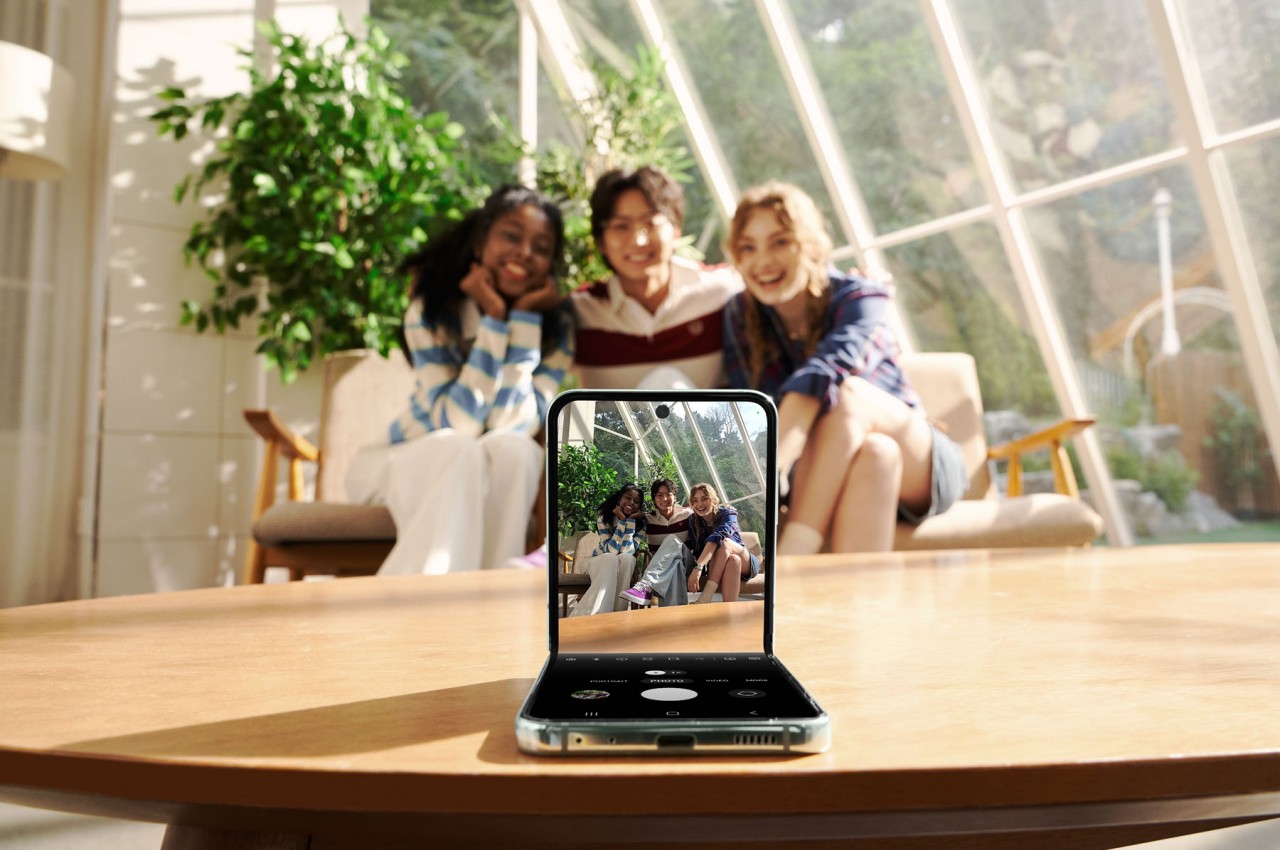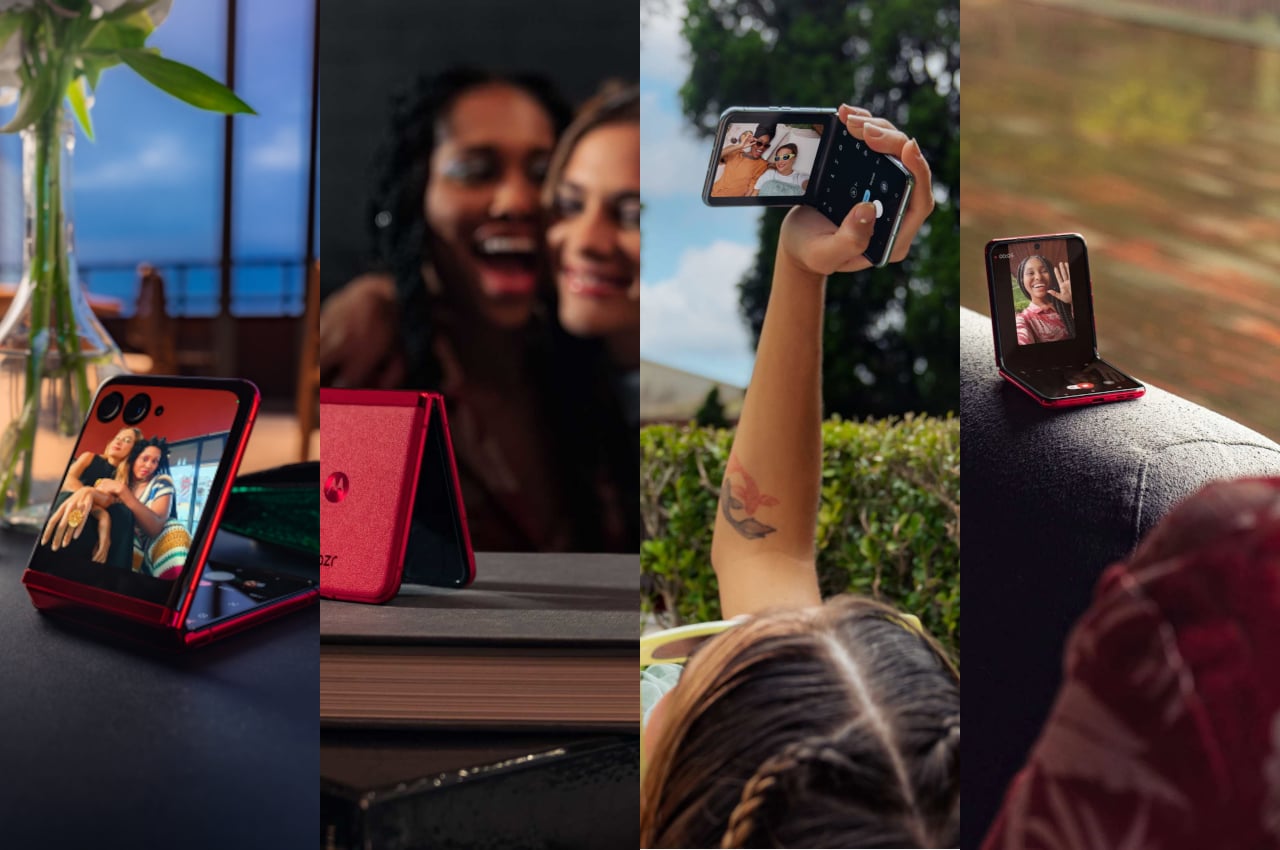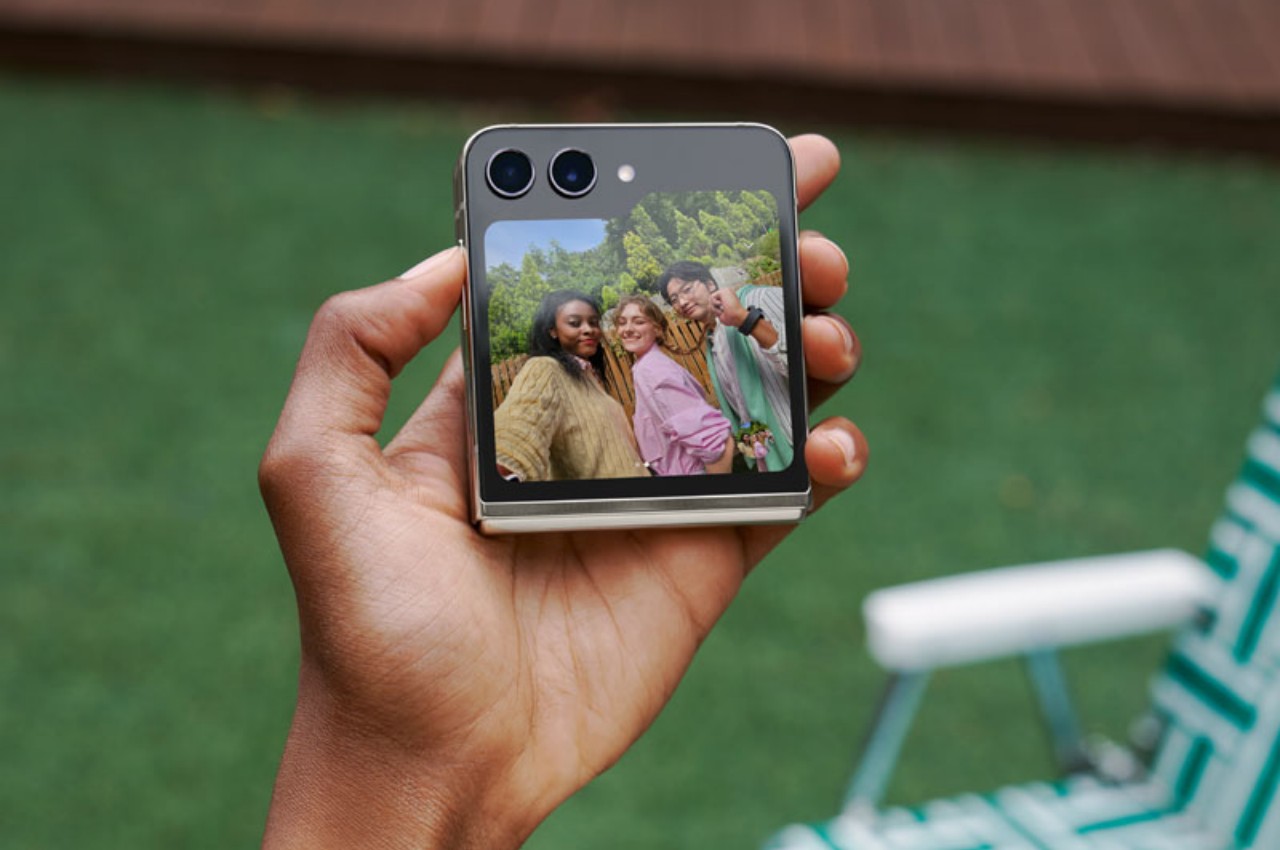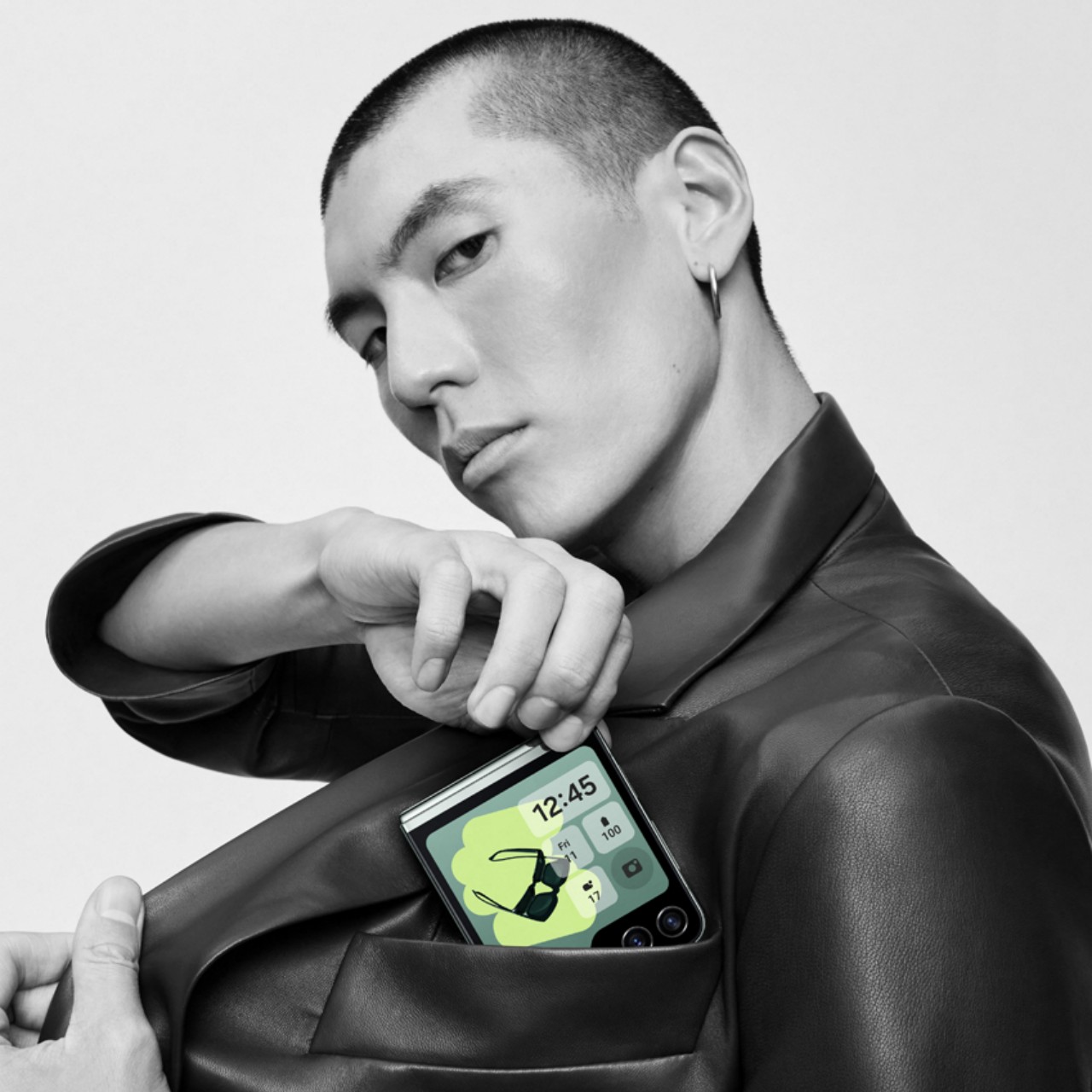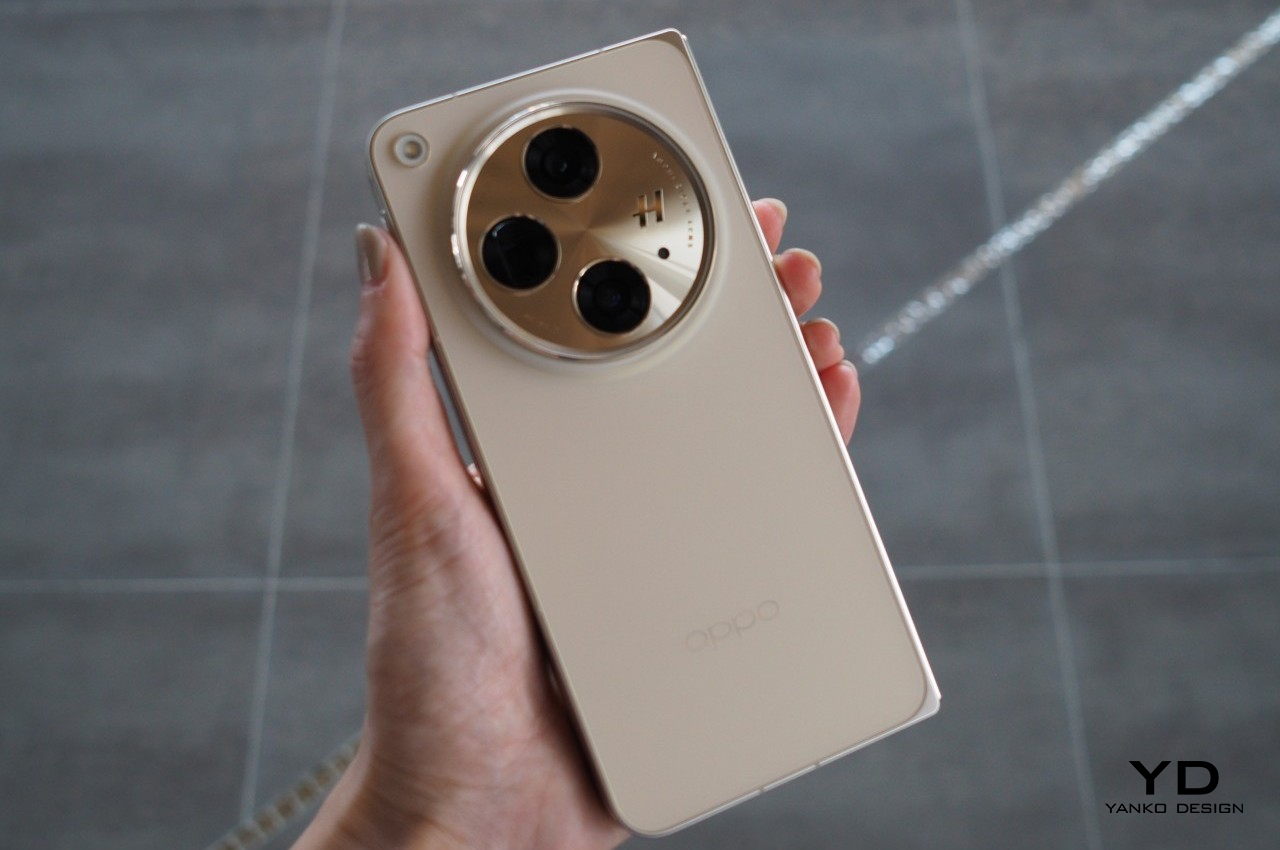
PROS:
- Elegant and luxurious design
- Best of class cameras for foldables
- Innovative UX features for foldables
- Top-notch hardware performance
CONS:
- Taller, more vertical design compared to previous gen
- No wireless charging
- No IP rating (but weather-sealed)
RATINGS:
SUSTAINABILITY / REPAIRABILITY
EDITOR'S QUOTE:
The OPPO Find N3 elevates the foldable phone experience with a gorgeous design and cameras worthy of a true flagship.
Phone makers have been trying to really make foldables a more common presence in people’s hands, and they have been trying to do so by assuring them of their durability. But while they have been successful on that front to some extent, some people still doubt the practical use of such devices. What makes matters worse is that foldable phones have always been a step behind flagship models in the one area that matters most to users: the cameras. OPPO, however, is now saying that it doesn’t have to be the case, especially with advancements not only in technology but also in design. The new OPPO Find N3 foldable phone is poised to showcase how far foldable phone cameras can go, so we give it a good spin to see if it is the true trailblazer that the brand is touting it to be.
Designer: OPPO
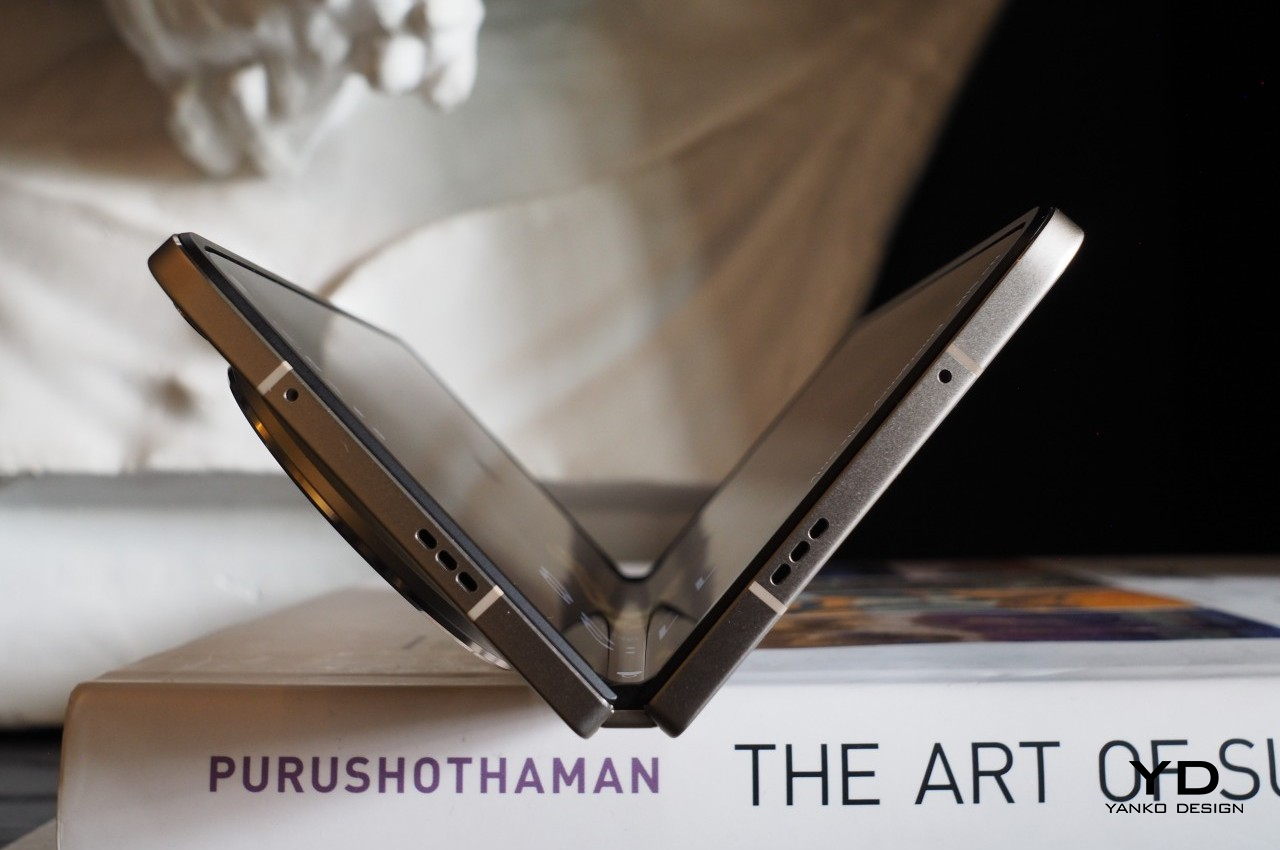
Aesthetics
You might think that once you’ve seen one foldable phone, you’ve seen them all, but there’s definitely plenty of room for improvement and innovation. There are the parts that you can’t see, like the all-important hinge that can make or break the device almost literally. And then there are aspects that you can see, like the materials used to make the phone, the flexible screen that actually gives it its unique functionality and the camera bump that puts an accent on the phone’s back. The OPPO Find N3 definitely touches on these and then some, to create a rather beautiful package that you’ll proudly flaunt wherever you can.
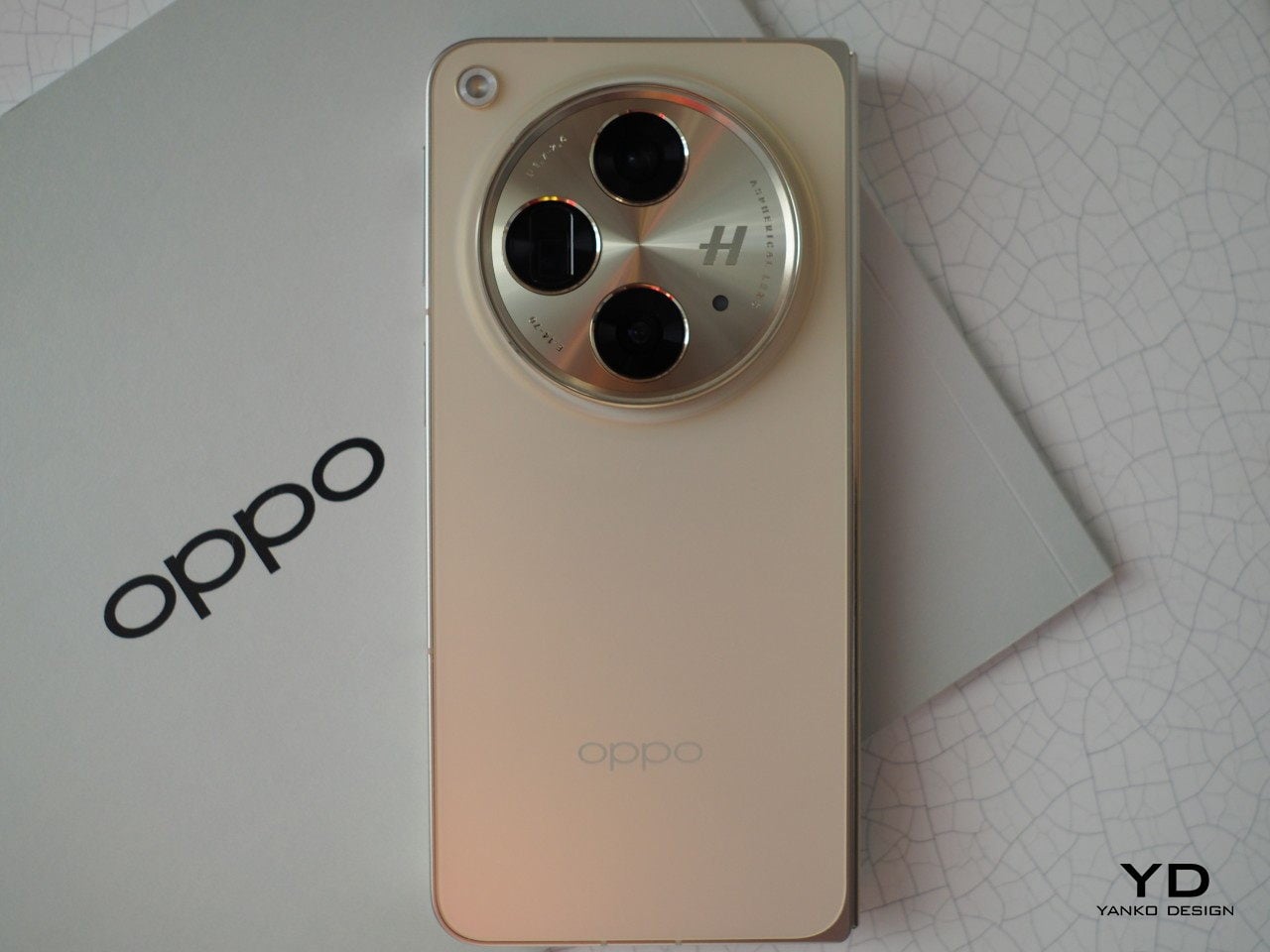
Rather than aiming for the typical business-like appearance of smartphones, OPPO clad its latest large foldable with luxurious clothing that makes it as much a fashion statement as it is a technological marvel. The Classic Black, for example, is anything but standard, covering the back with rich vegan leather. Our review unit dons the Champagne Gold colorway that uses a single piece of glass for the back panel to give it an elegant character. In both models, the OPPO Find N3 sports a sand-blasted metal frame with flat sides to complete the phone’s contemporary aesthetic as well as provide a better grip.
The Cosmos Ring camera design will probably be a bit divisive, considering how large and conspicuous it is, especially on the Gold model where the lens easily stands out. At the same time, the camera’s symmetric design and gentle rise do add a bit of elegance to the composition. That said, the LED flash would have probably been better inside in the ring rather than sticking out like a sore thumb in the corner of the phone.
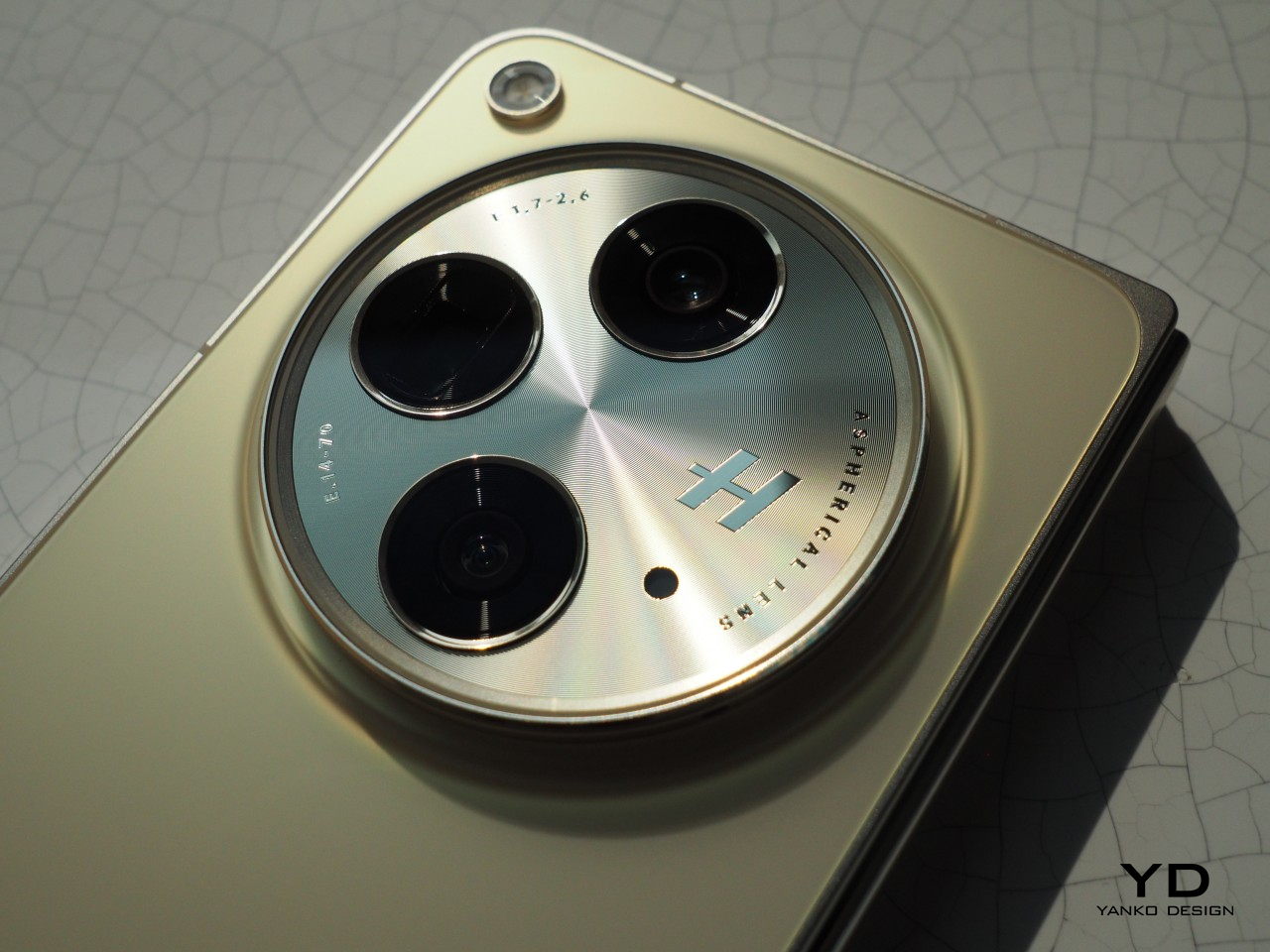
If there’s one thing that sets the OPPO Find N3 apart from its predecessors, it is the fact that it is noticeably taller, even if it’s only subtly larger. The aspect ratio of the screens is different and, for better or worse, changes the formula in an important way. The first two OPPO foldables were praised for their compact designs which were closer to common phone sizes when folded and were more like standard horizontal tablets when unfolded. This time around, the overall shape is taller, yielding a vertical tablet design instead, almost similar to the design that Samsung and Huawei have been carrying for years. On the one hand, this does suggest having more breathing room for content. On the other hand, it also sadly lets go of what endeared the OPPO Find N to the market and what set it apart from its peers.
Ergonomics
Comfort and confidence are important factors in any smartphone, but they’re even more critical for foldables because of the different shapes they come in and the higher risks of breaking the flexible screen and the hinge. Manufacturers have focused more on strengthening these two parts, but improving the phone’s ergonomics also goes a long way in preventing accidents from happening in the first place. In that regard, the OPPO Find N3’s textured back and flat sand-blasted frame offer a stronger grip without being too rough on the hands.
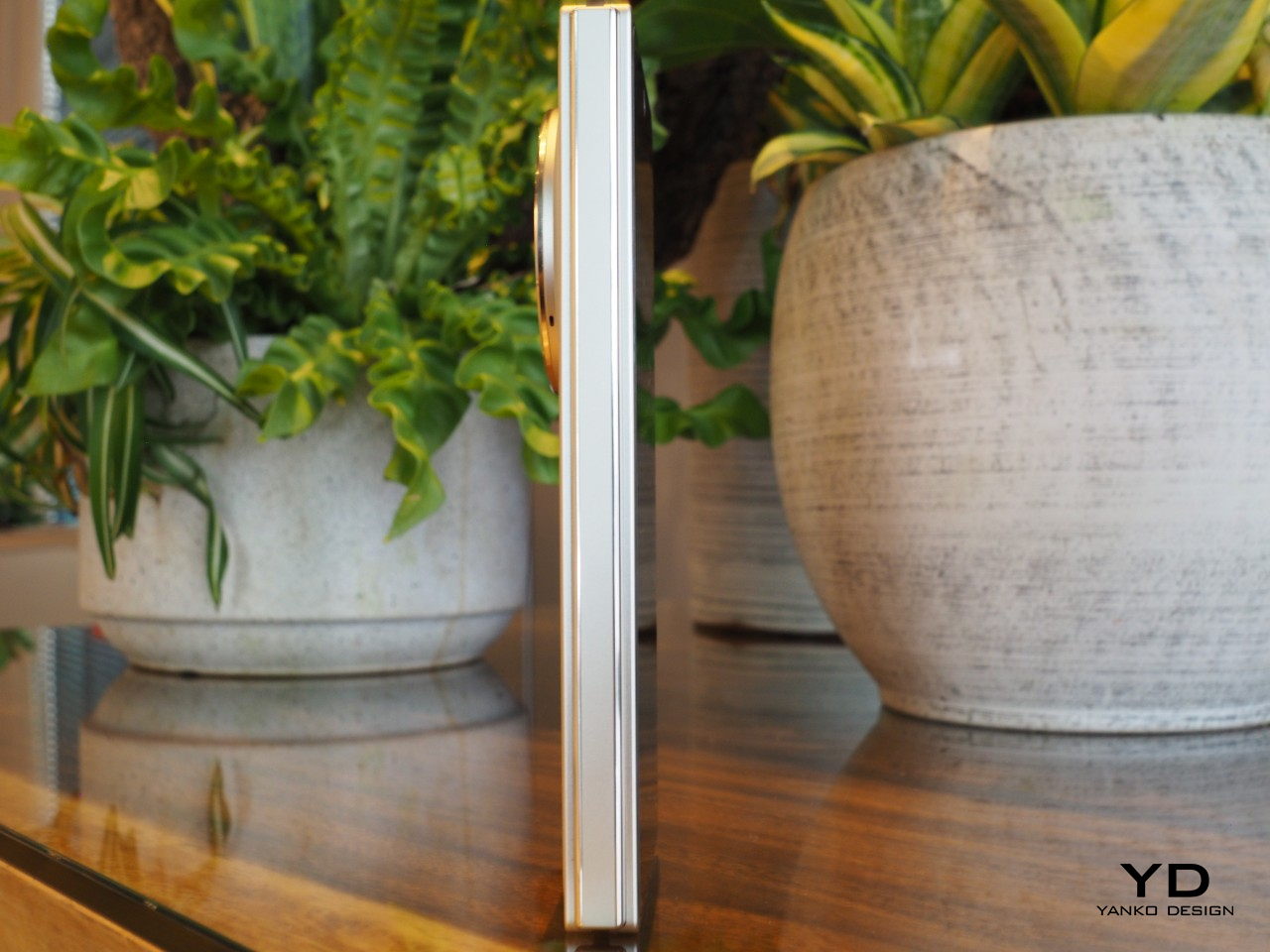
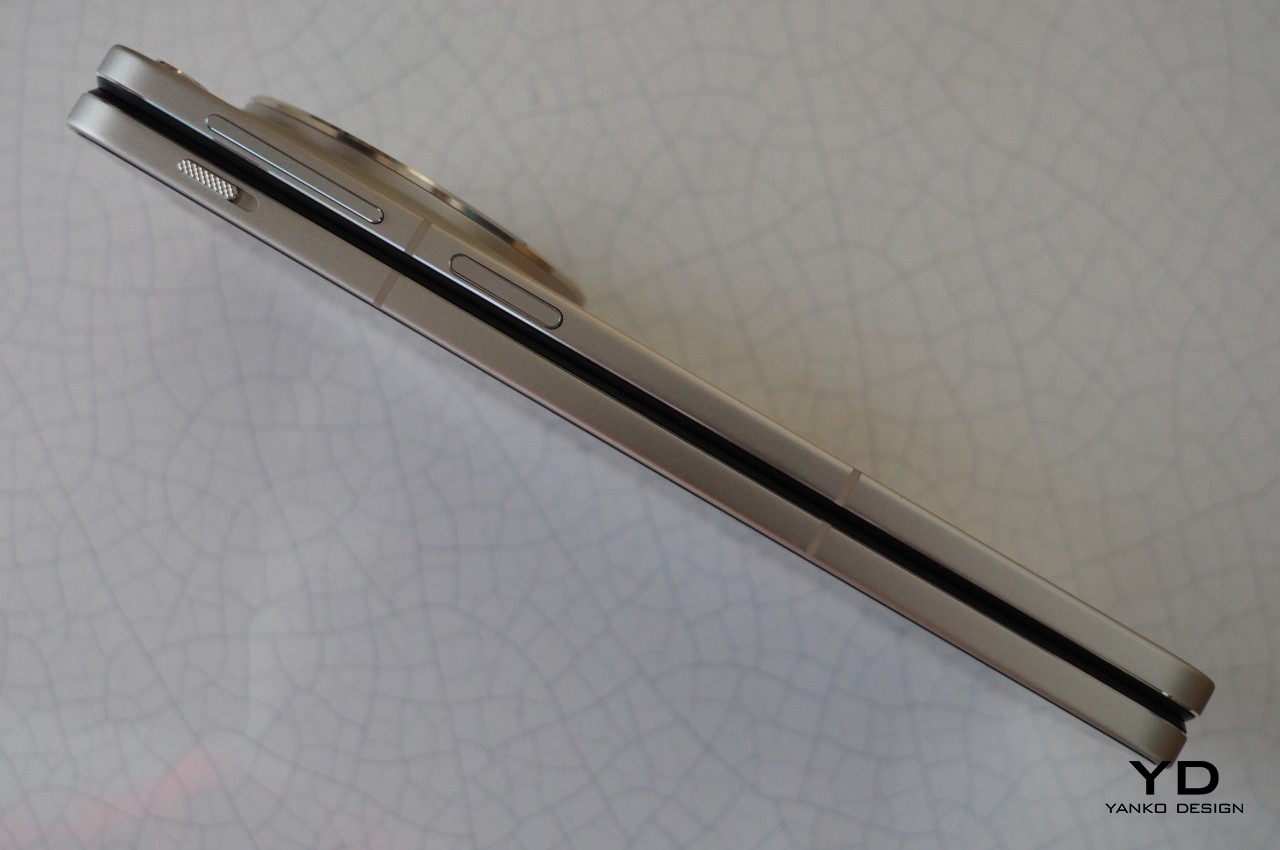
It also helps that the foldable phone is made to be just as light as a regular phone and incredibly thin whether folded or not. This isn’t just a bragging right because it helps reduce the stress that’s placed on your hand when holding the phone, which means you are less likely to accidentally drop it from fatigue. It also adds more confidence and stability to your grip, making the phone comfortable to hold and enjoyable to use.
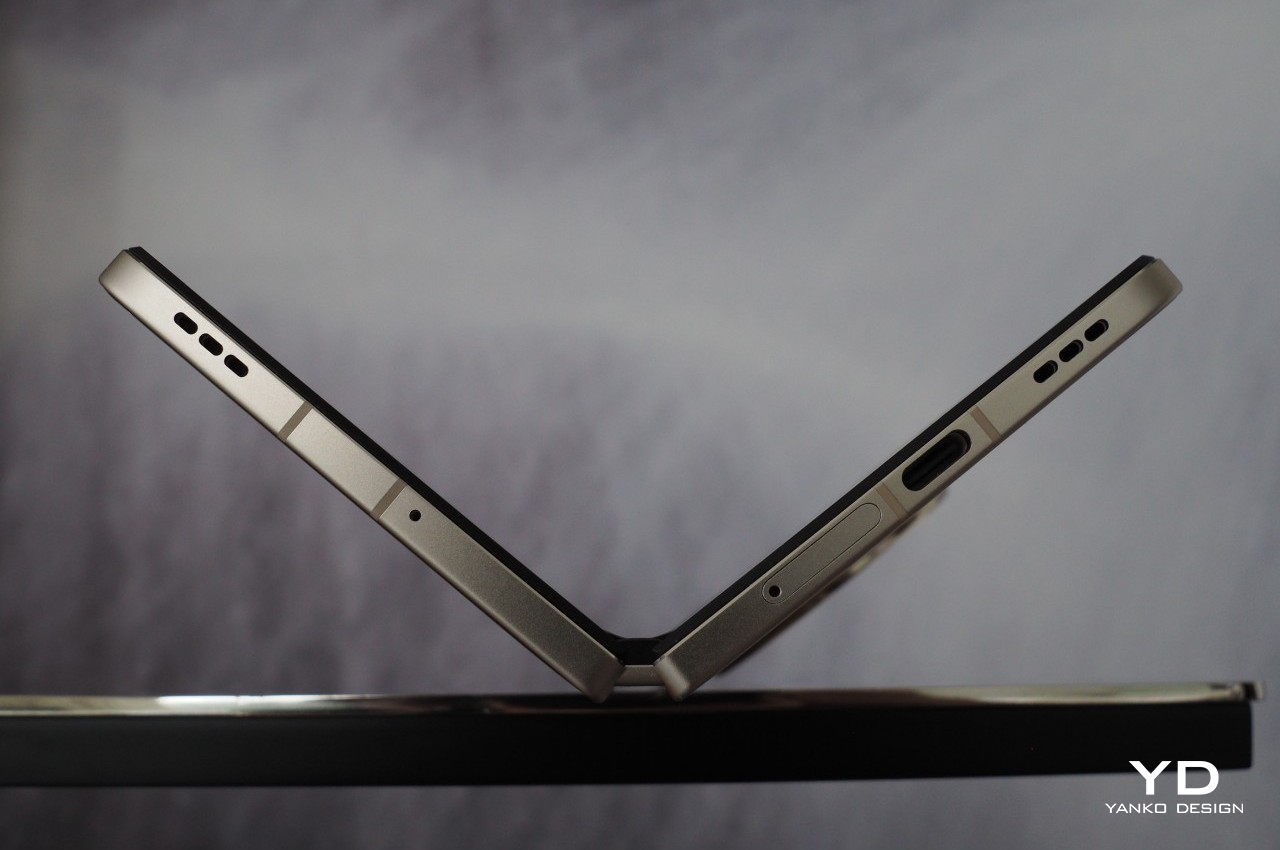
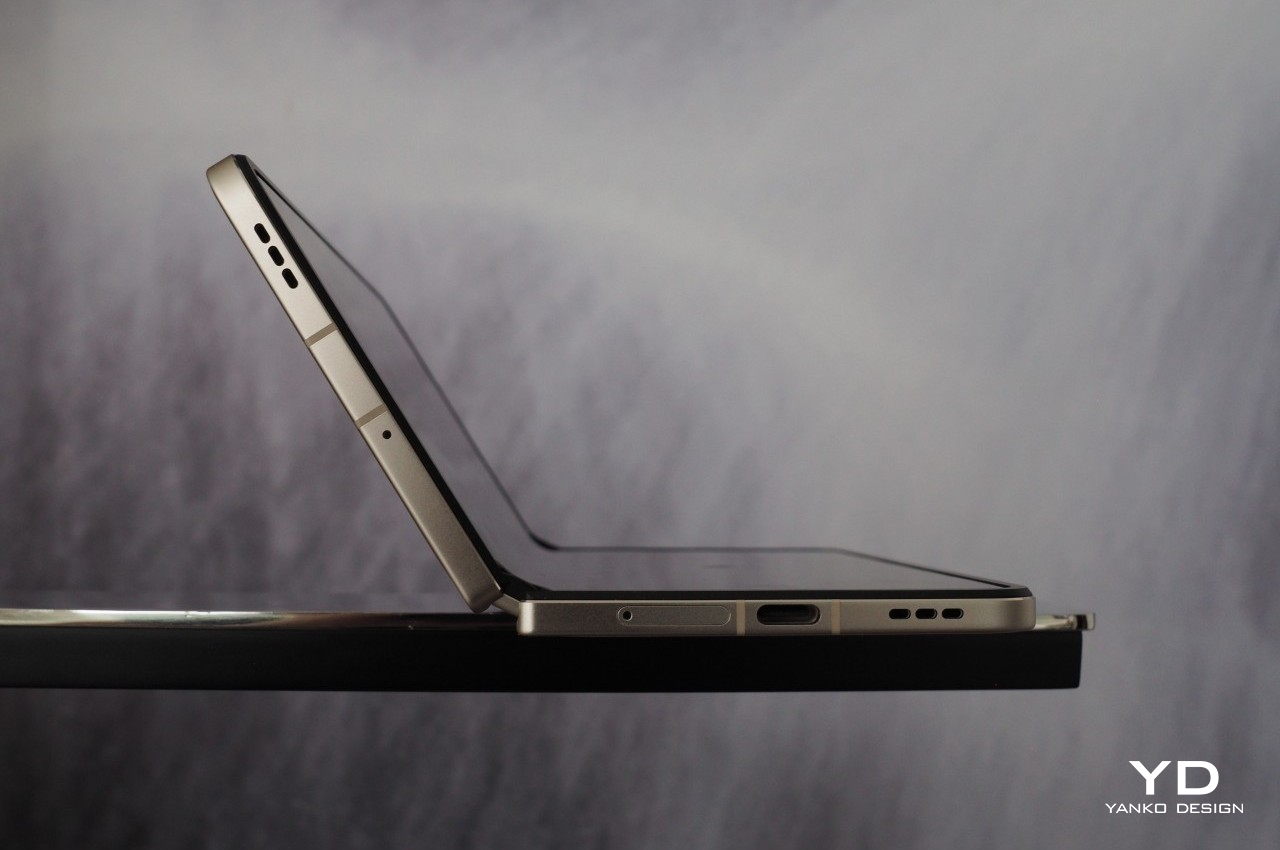
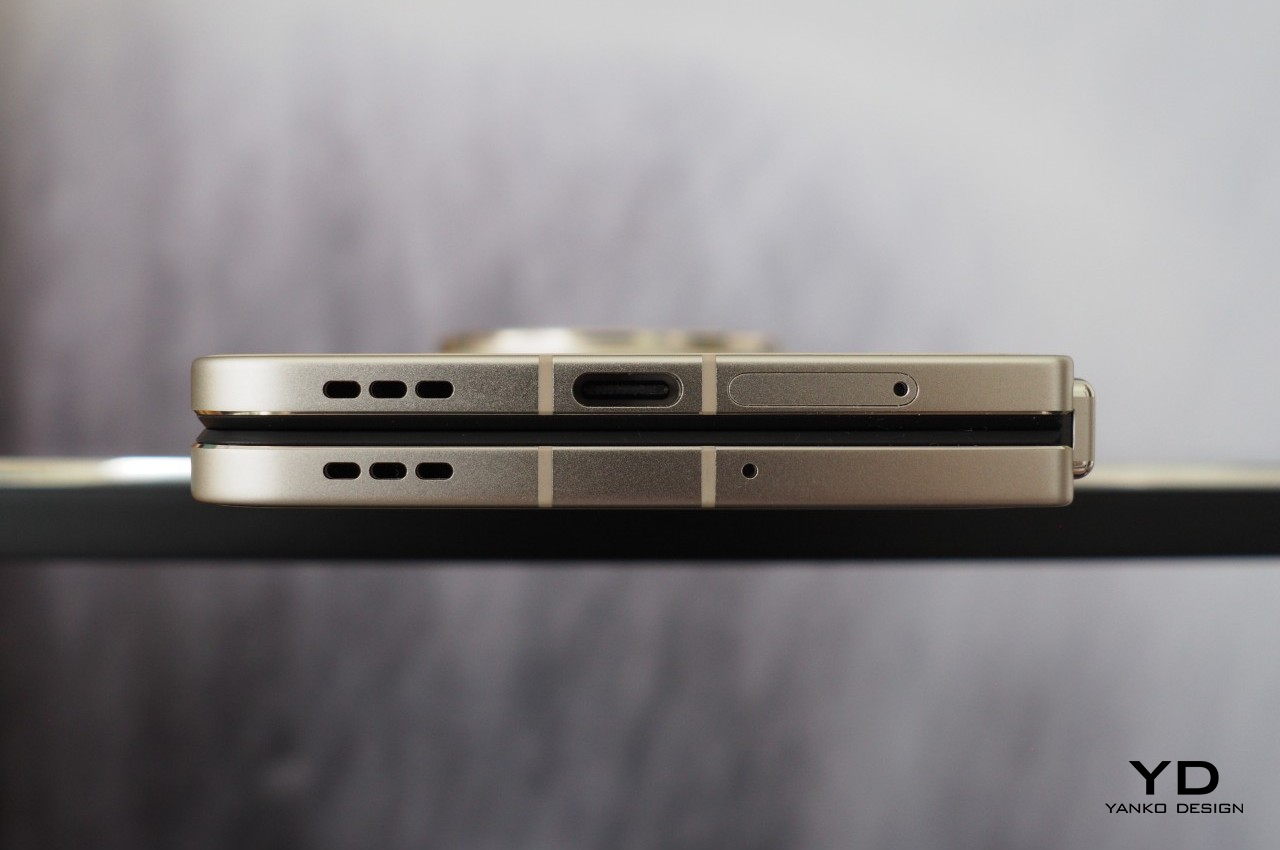
The hinge also plays a very important role in improving the usability of the phone, particularly in opening up use cases where the user can hold the device in a different way with more stability. This is particularly useful when taking selfies with the main camera, or folding the phone halfway for difficult angles. One won’t need a tripod or selfie stick to stabilize the device, whether in your hand or on some flat surface.
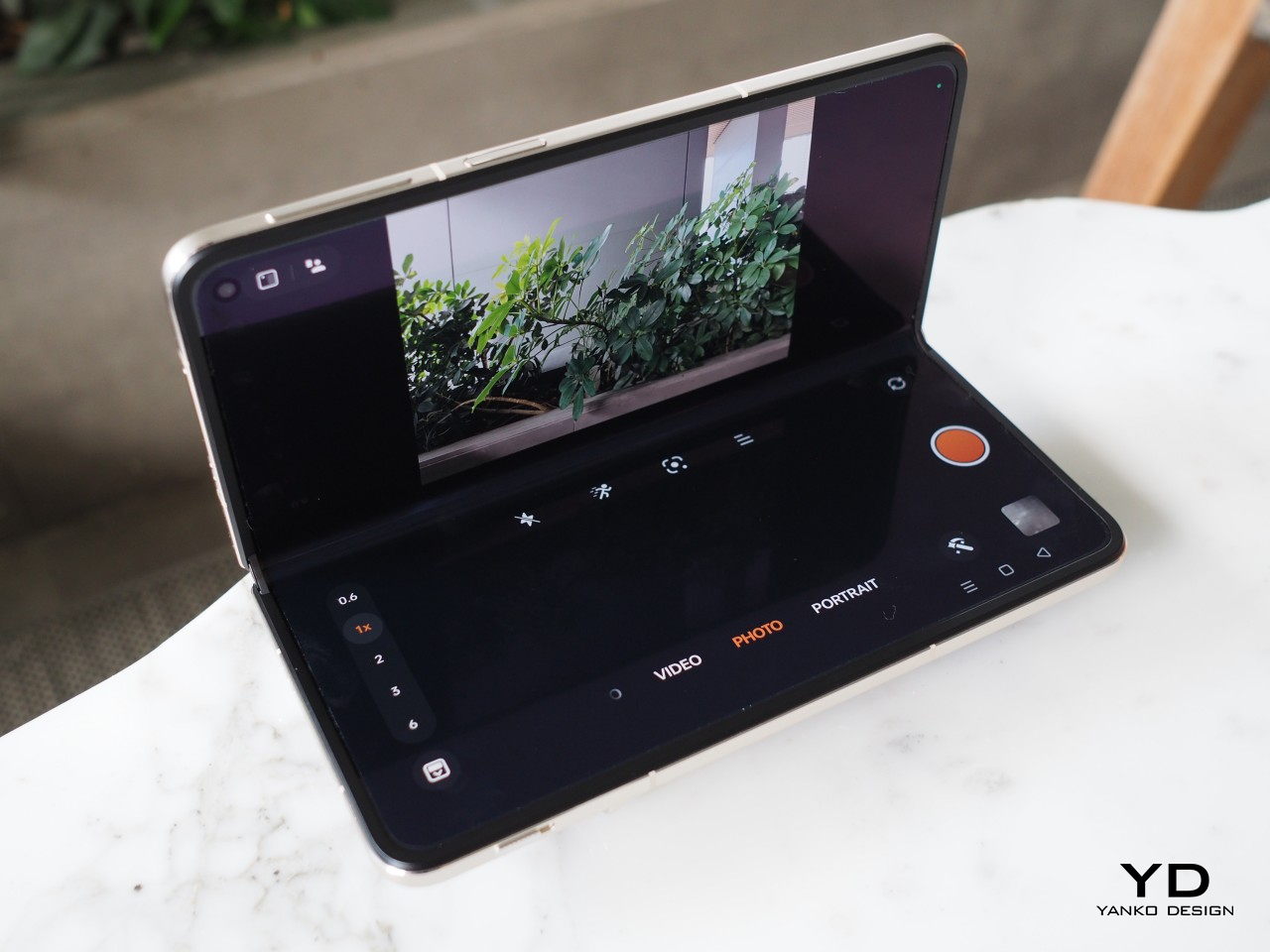
The taller shape of the phone when folded might prove to be a stumbling block for some since your thumb will have to stretch out more to reach higher elements on the screen. Granted, the OPPO Find N3 is still actually shorter than, say, the latest Samsung foldable, but it’s also considerably taller than the OPPO Find N that people loved for its handy and comfortable size. Thankfully, the design doesn’t have that awkward narrow shape of other “vertical” foldables, so you won’t be clumsily pecking at the keyboard either. The size difference is, unfortunately, a compromise that has to be made to fit more stuff in, especially the cameras that will be the defining factor of OPPO’s latest foldable.
Performance
OPPO definitely pulled out all the stops in decking the OPPO Find N3 with the finest parts, both inside and outside. While the foldable phones look glamorous, they are veritable beasts when it comes to power. The latest Qualcomm Snapdragon 8 Gen 2 leads the show, followed by the fastest LPDDR5x memory and UFS 4.0 storage technologies available to mobile devices. What all these mean in practice is that you won’t be wanting when it comes to performance, whether you’re gaming, creating content, or simply taking advantage of the advanced user experience features that the phone has to offer.
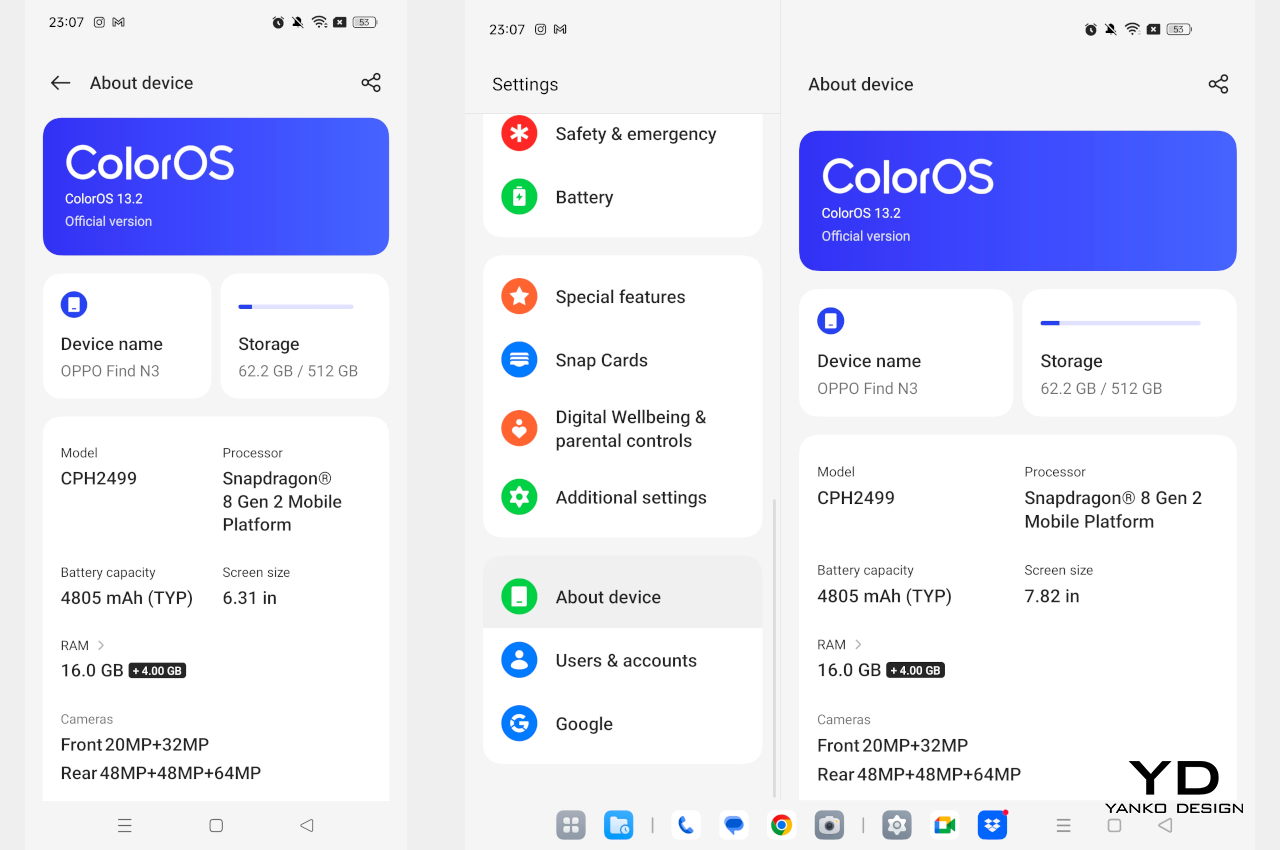
Of course, the star of the show is that internal display, which now measures 7.8 inches diagonally. It bears a resolution of 2240×2268 pixels, a variable refresh rate of 1 to 120Hz, precise 1440Hz PWM dimming, and support for the latest Dolby Vision and HDR10+ standards. All of these translate to a breathtaking viewing experience, no matter the type of content. Colors are lush and vivid and peak brightness makes the phone usable under the sun. Together with the powerful silicon running inside, the vibrant screen makes the UI feel fluid, responsive, and as smooth as butter. Best of all, the screen’s crease is barely visible and won’t distract you from enjoying your content. It’s still there, of course, if you look hard for it or try to feel it with your fingers, but it might as well be invisible in most cases.
With the OPPO Find N3, however, that screen is probably upstaged by the camera system, and for good reason. Cameras have traditionally been the weak point of foldable phones, primarily because of how much space they need to take up inside these thin devices. In that regard, OPPO seems to have pulled off a miracle by including not just large sensors but even a periscope-style telephoto lens while maintaining the foldable phone’s incredibly thin profile. The result doesn’t just blow other foldables out of the water but even stands head-to-head with some of the best smartphone cameras in the market.
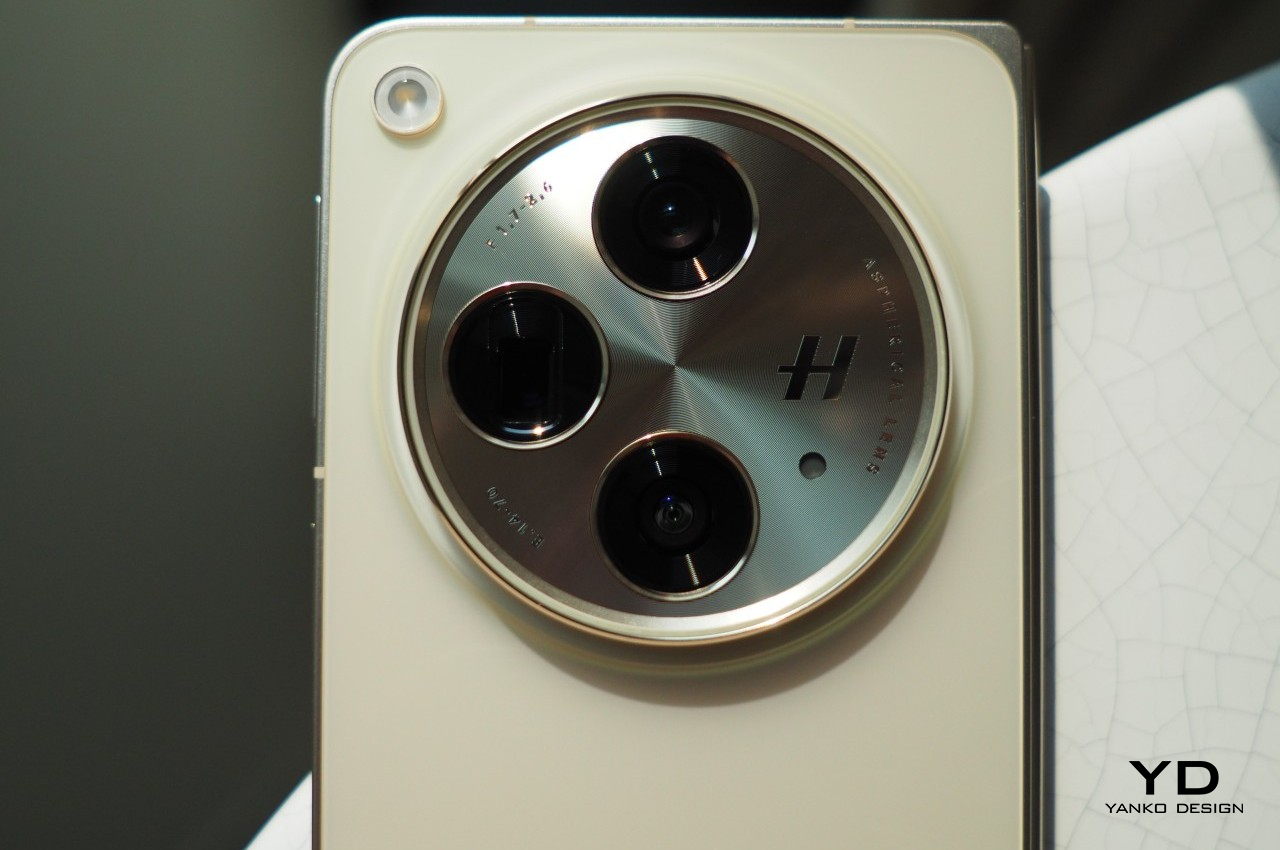
You might downplay the main camera’s 48MP sensor, but it’s living proof that megapixel count isn’t all that matters. The new Sony LYTIA-T808 1/1.43-inch sensor boasts an image quality close to those of the ranking 1-inch sensors without taking up as much space. Ultra-wide cameras are often neglected and left with disappointing sensors, but the OPPO Find N3 flaunts a 48MP Sony IMX581 1/2-inch sensor that complements the main wide shooter quite well. Last but definitely not least, you have an astounding 64MP telephoto camera with a 70mm equivalent focal length, capable of 3x optical zoom and 6x lossless zoom that it pulls off by cropping the full 64MP image to preserve details.
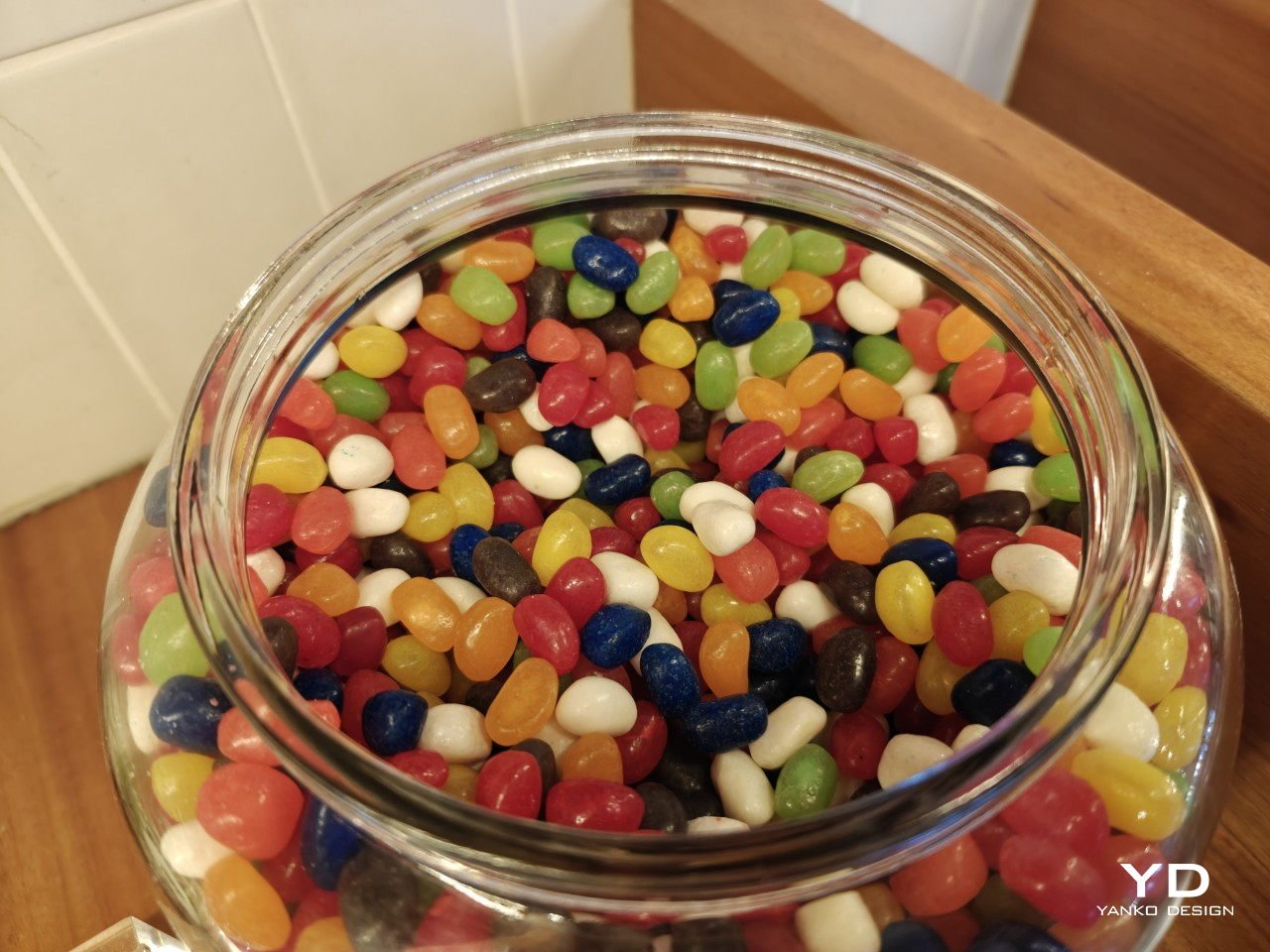
1x
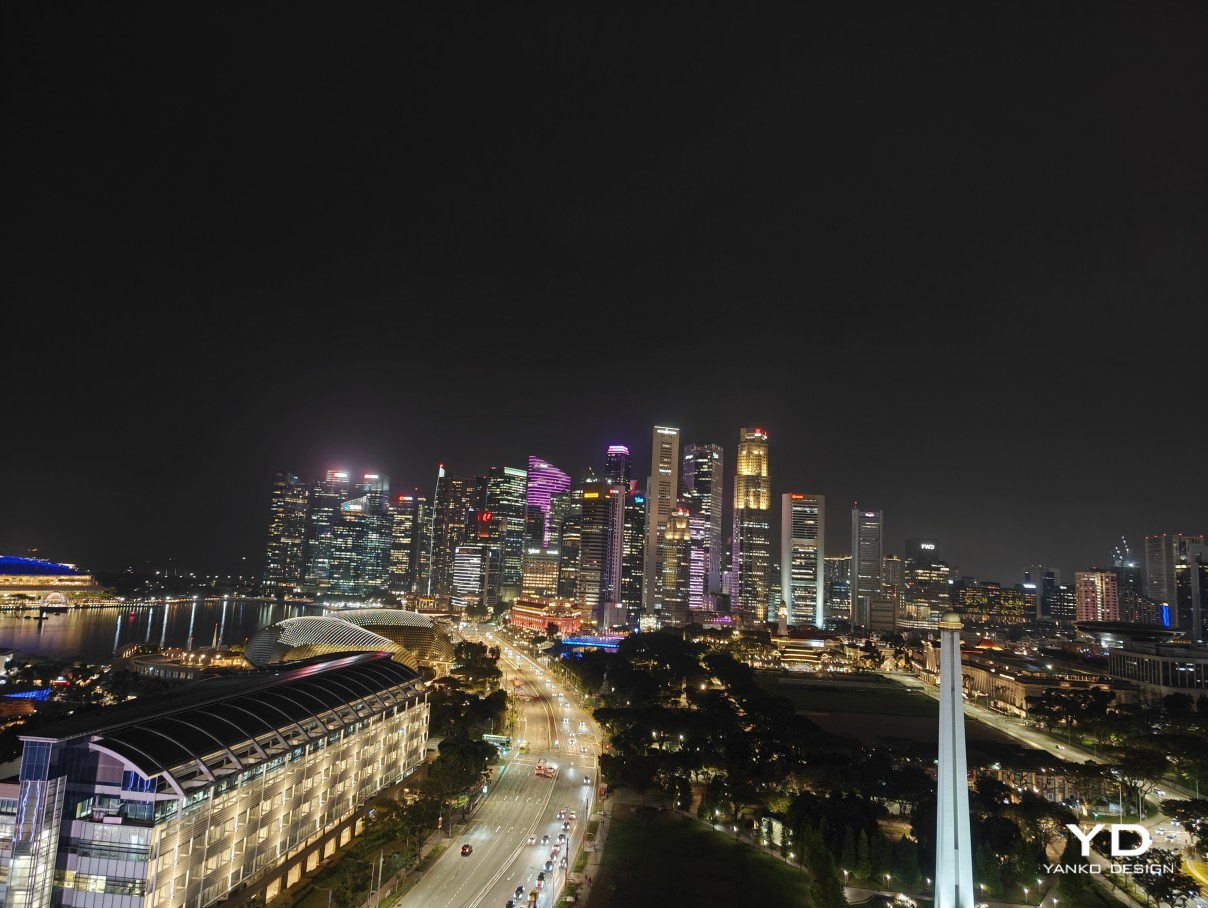
Low Light (1x)

Low Light (3x)
Needless to say, we were thoroughly impressed by the output that these cameras produced, regardless of the lighting condition or location. Colors are pleasant and lush, though probably more on the saturated side by default, and details are rich with very little noise. There is a very noticeable bit of distortion with the ultra-wide angle, but it’s all within expectations.
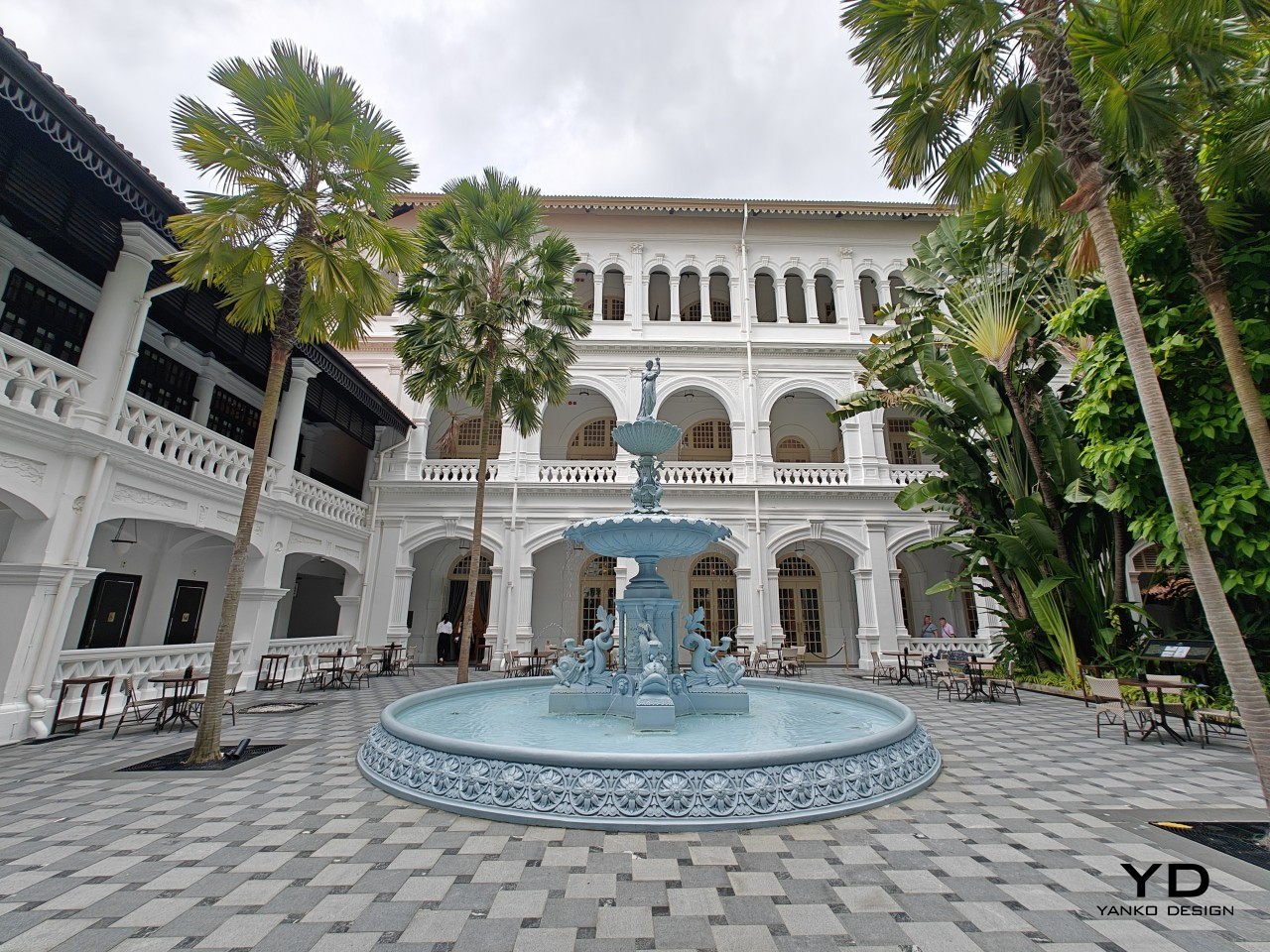
Ultra-wide

1x

2x

3x

Even more mind-blowing are the results from the telephoto camera, which are just as advertised. Even at 6x zoom, you can still make plenty of details, though it is also where noise starts to seep in just a little bit. The periscope lens also perfectly with portrait mode powered by Hasselblad, creating rich photos with pleasant blurring, accurate separation of the subject and the background, and rich depth. It also helps that the camera app has a friendly wheel interface that not only shows the zoom levels but also their focal lengths.
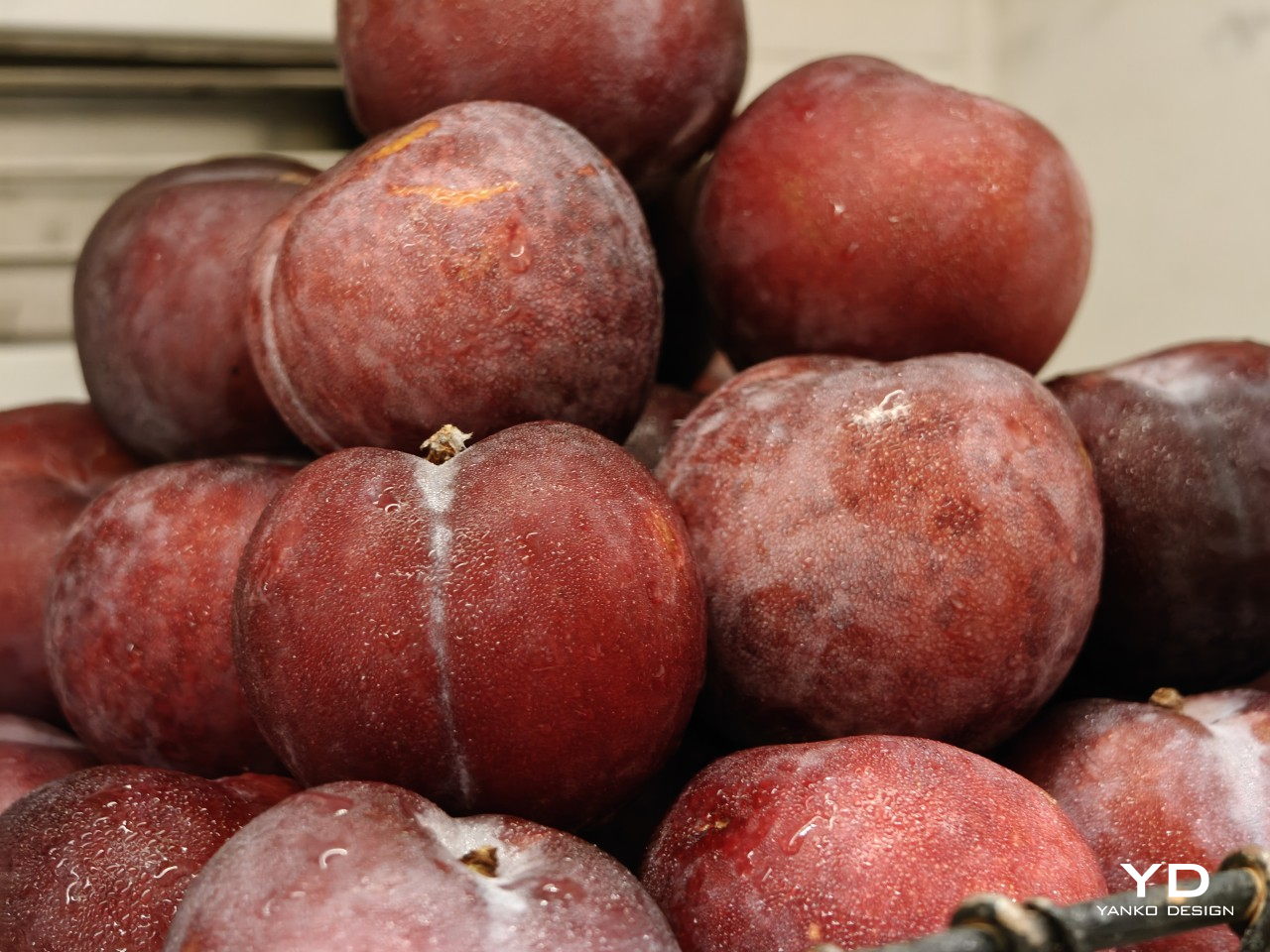
3x
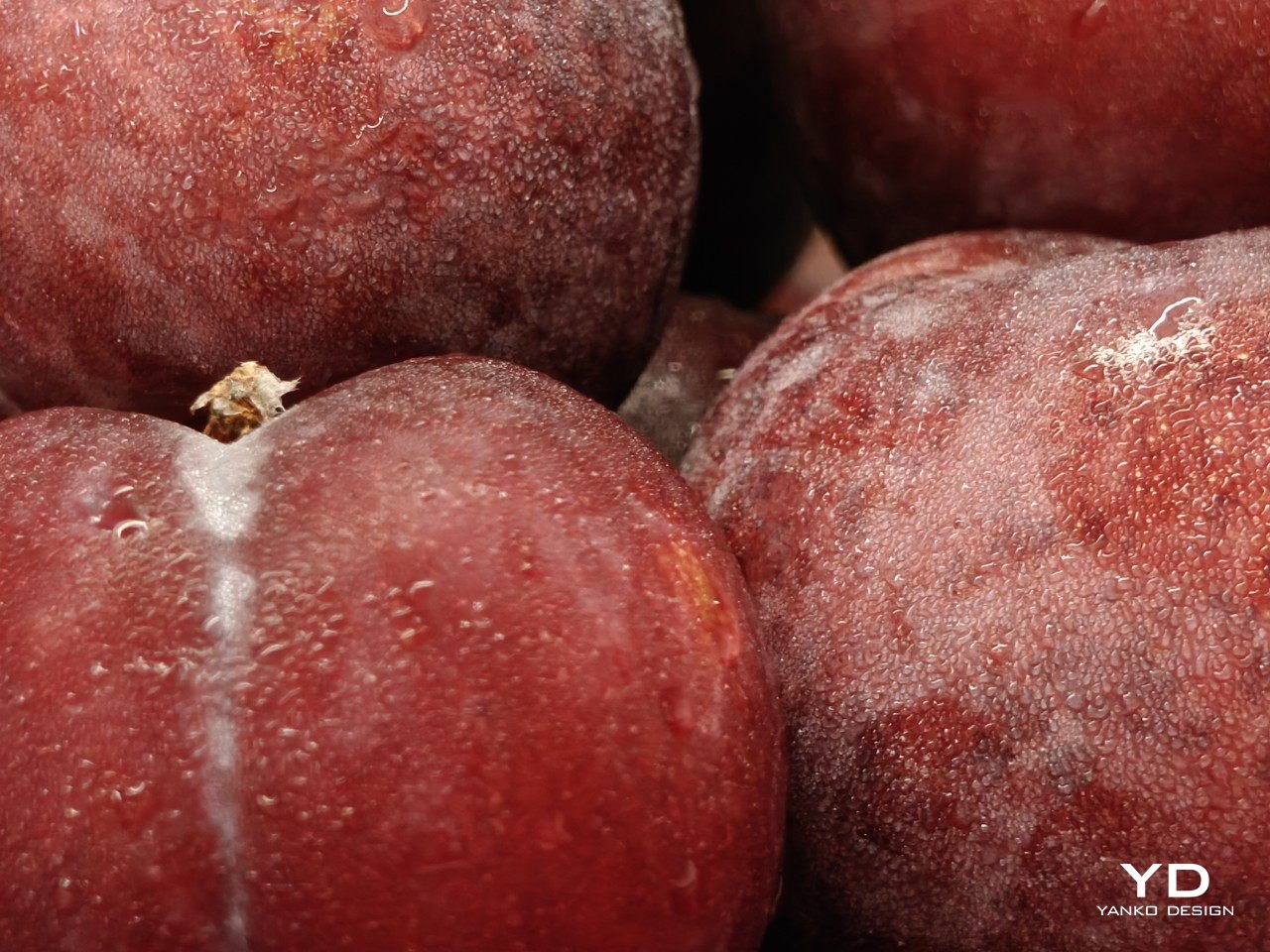
6x

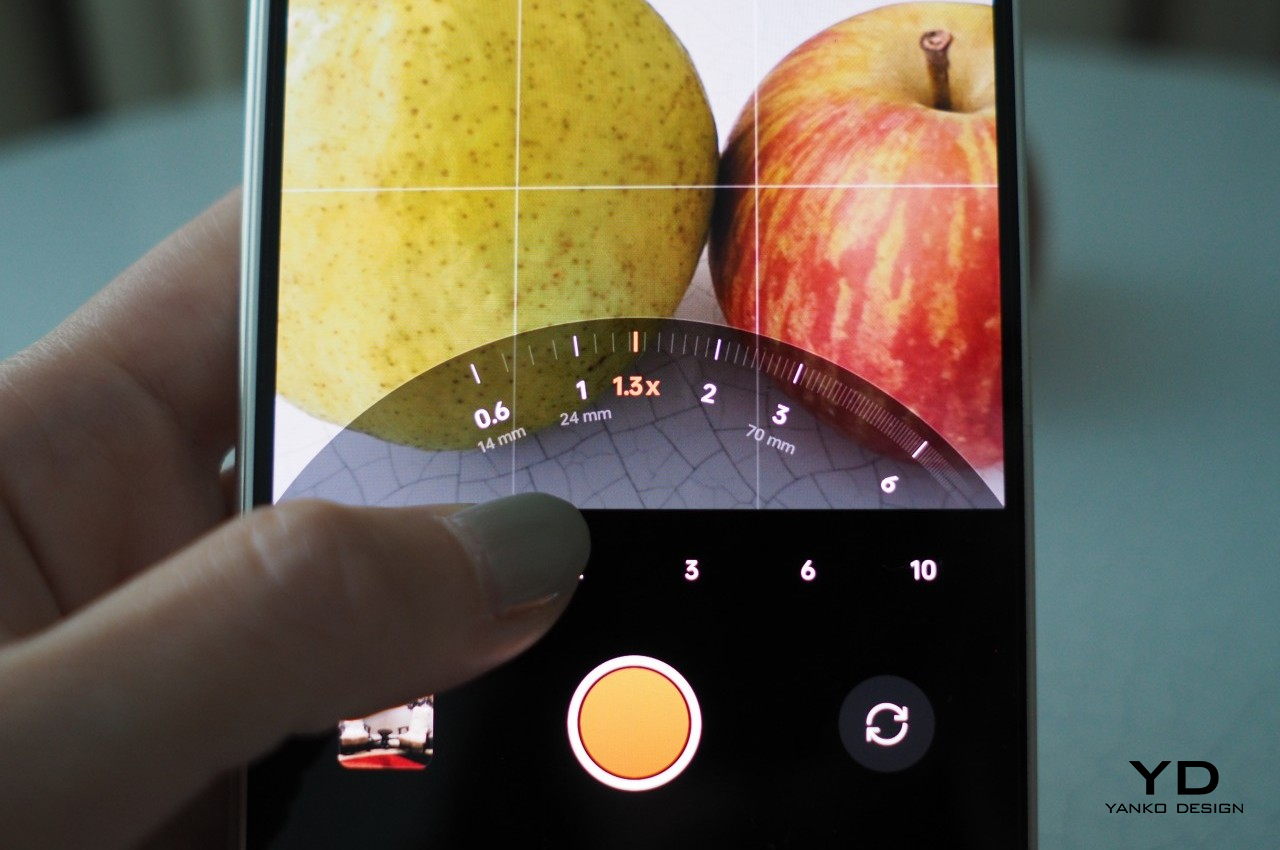
The OPPO Find N3 runs the latest ColorOS 13.2 version based on Android 13, and some might leave it at that when it comes to regular smartphones. Of course, this is a foldable phone, so it won’t be enough to simply slap on any plain old Android skin and call it a day. Fortunately, OPPO has definitely gone out of its way to provide new experiences that take advantage of the increased screen real estate, features you might not find in other foldables to date. Yes, it has a taskbar at the bottom of the internal screen and, yes, it has an app grid it calls the “App Library.” It didn’t stop there though and added a File Pocket shortcut that presents a visual grid of your most recent files, images, and clipboard items so that you can drag and drop these into the active app. There’s also the “Boundless View” feature that puts a new spin on split-screen multi-tasking that puts two or three apps into a scrolling view so you can enjoy more screen space while still being able to quickly switch between those apps.
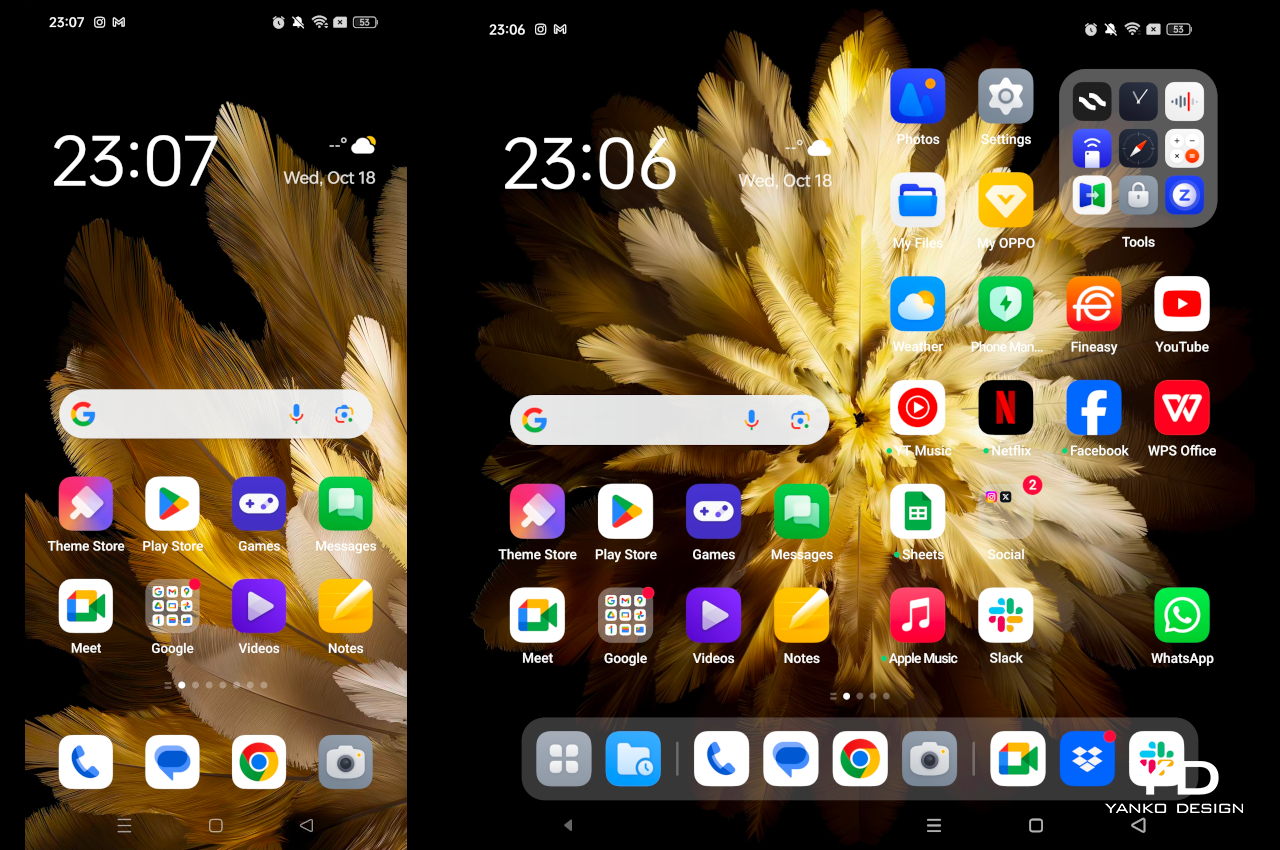
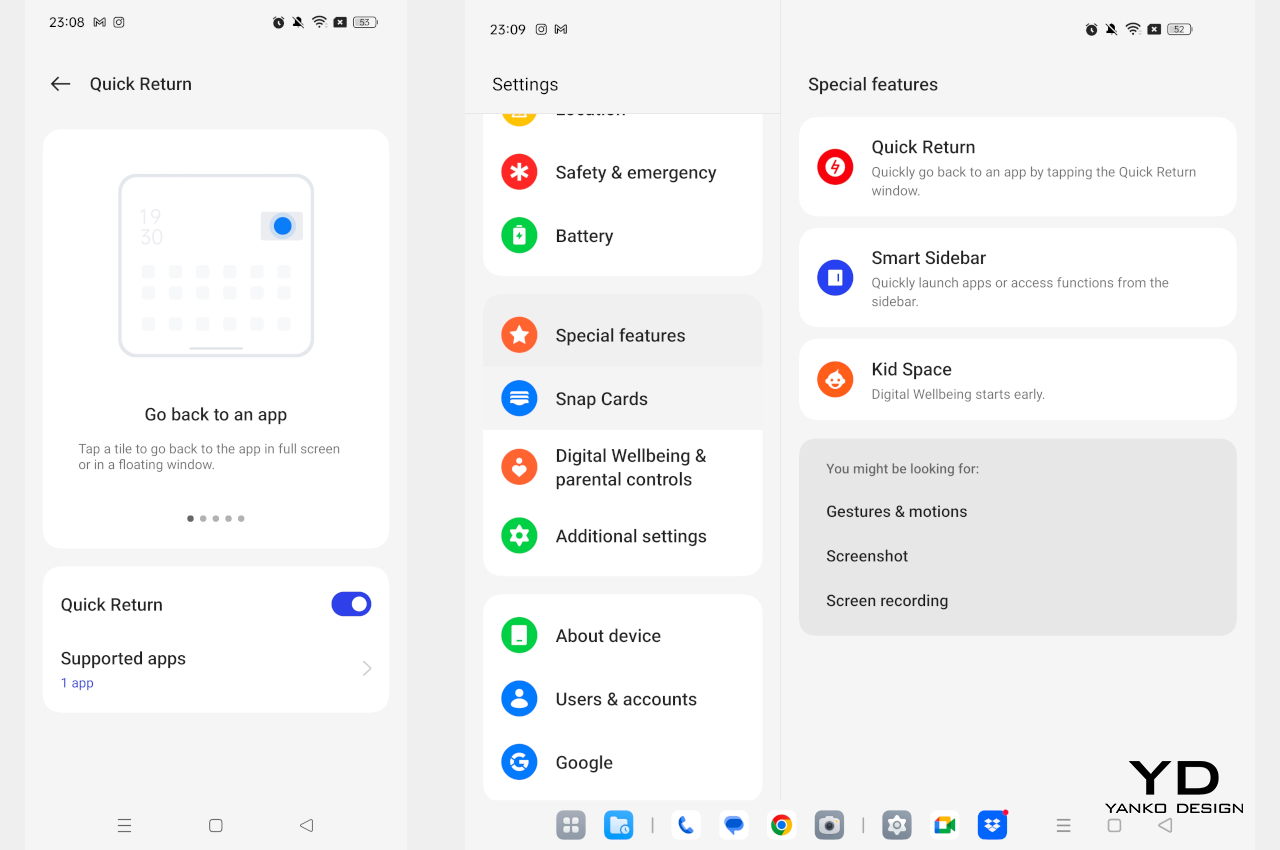

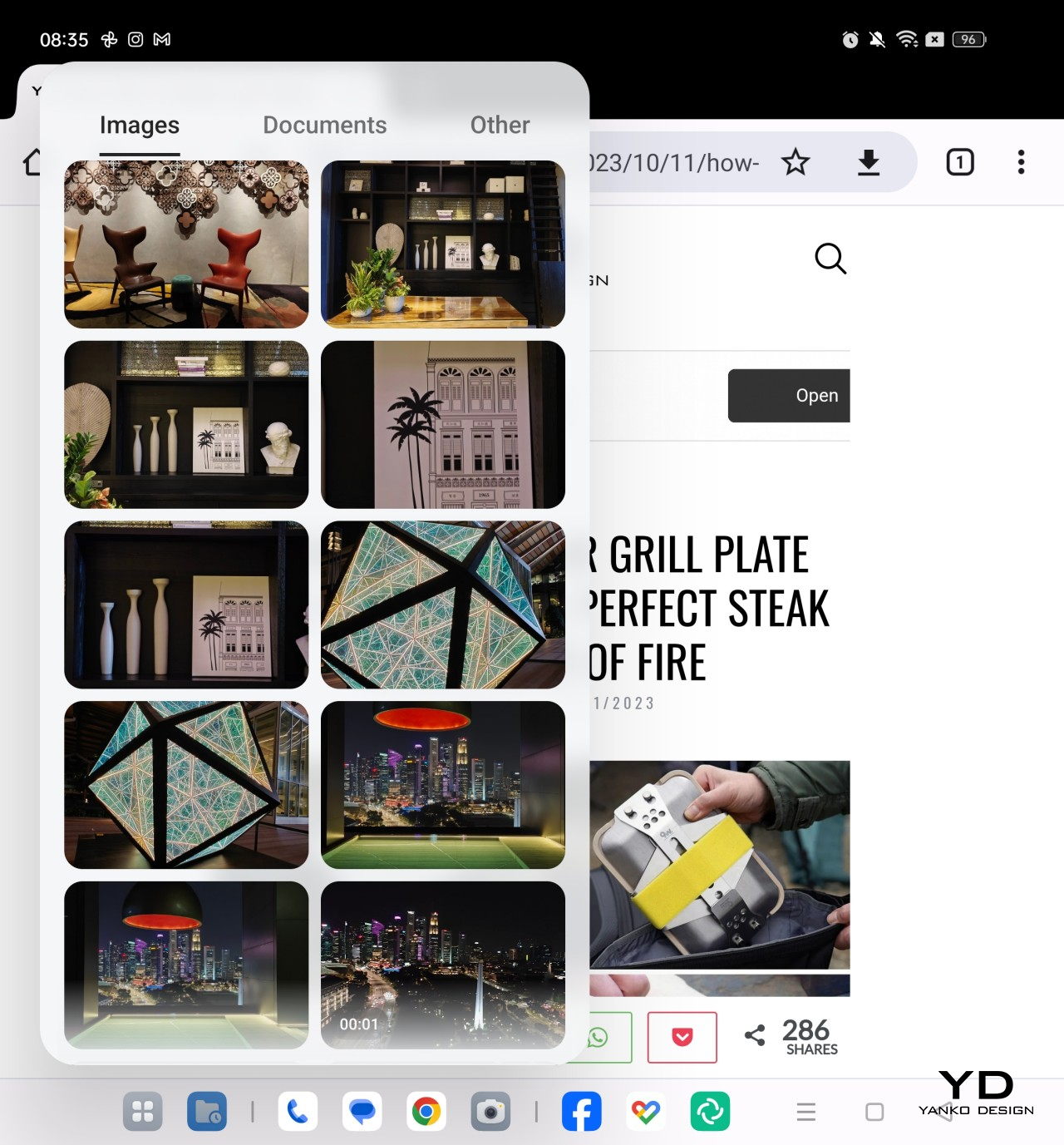
A 4,800mAh split battery powers all these features, which is pretty generous as far as foldable phones go. It will definitely last you a day, at least with moderate and mixed use, and you can top it off quickly with SuperVOOC 67W fast charging. The phone, like its predecessors, still doesn’t support wireless charging, which is a bit disappointing for a premium flagship in this day and age.
Sustainability
As one of the top smartphone brands in the market, OPPO has a huge weight on its shoulders to lead the charge in protecting the future of its customers and the planet they live on. The company has implemented several strategies to reduce the impact of its operations on the environment and human welfare. Those efforts, however, primarily focus on the way it does business and produce and ship phones. We have yet to see it make more significant changes in the actual composition of its products, particularly with the use of recycled materials like plastics and aluminum.
The durability and subsequent repairability of foldable phones still remain in doubt even to this day. There is no question that OPPO’s third-generation Flexion Hinge is more resilient than its predecessors, but it’s still a far cry from the guarantees of phones with no moving parts at all. The OPPO Find N3 also bears no formal dust or water resistance guarantee other than being weather-sealed to guard against accidental splashes. IP rating might be an expensive certification, but it undoubtedly adds some peace of mind that the device has met internationally recognized standards at least.
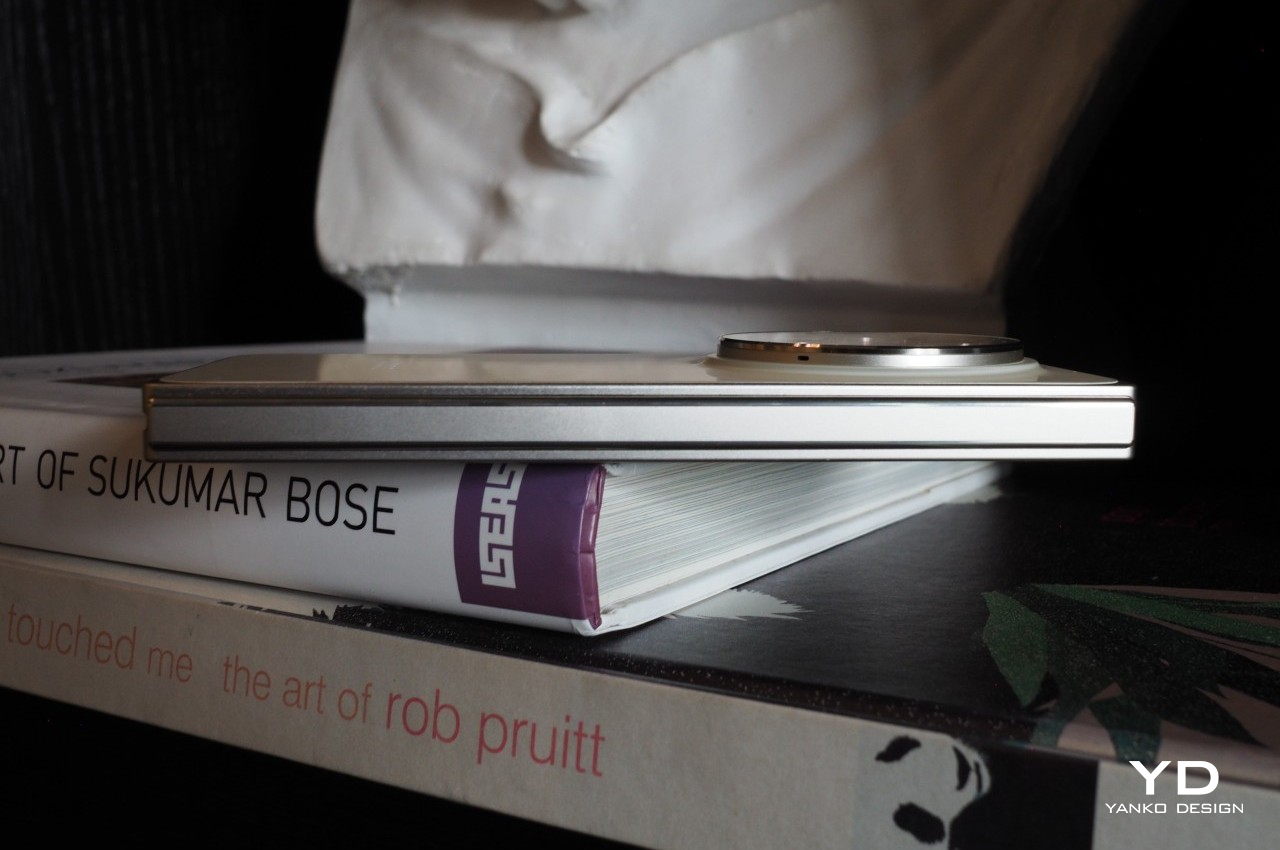
Value
Almost any smartphone user will admit to wanting a bigger screen as long as it doesn’t mean having a bigger device. Ironically, these same people find the concept of a foldable phone alien if not too risky. It’s plain to see that brands are pushing foldable phones, both large and small varieties, to the market in an attempt to make them more commonplace, but the question of the value still remains. After all, why would you risk such an expensive product that might easily break or scratch at the slightest accident?
Fortunately, real-world experience as well as improvements in engineering and design have made those worries pretty much moot. As for the value of a foldable phone, you are getting a future-ready device that can easily adapt to whatever need you might have, whether it’s playing the latest mobile games, binging on trending shows, or taking mind-blowing photos and videos from angles that would have been impossible without some selfie stick. The OPPO Find N3, specifically, makes that last use case a complete pleasure thanks to its powerful cameras, delivering a foldable phone that is finally worth its price in almost all aspects.
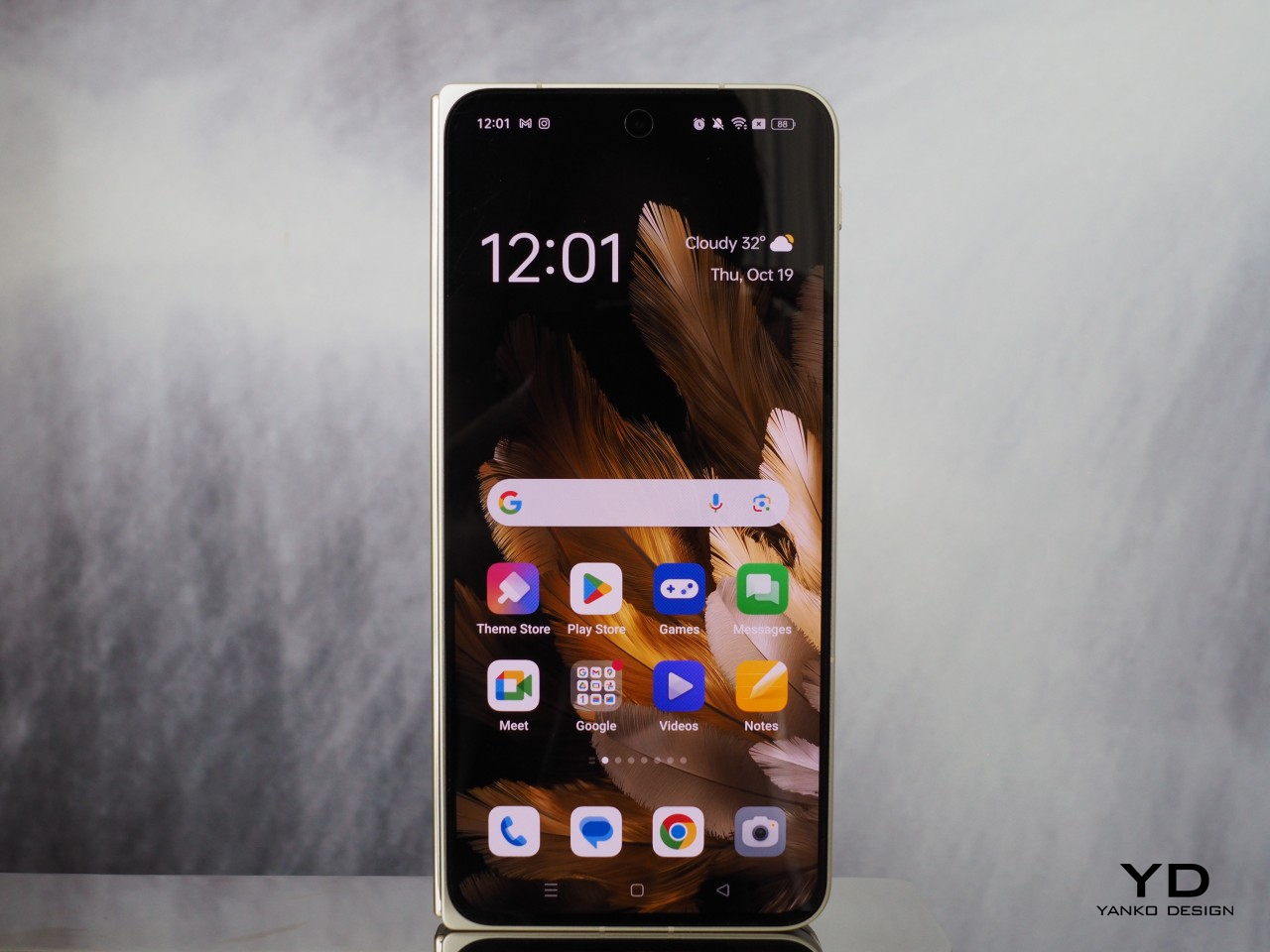
Verdict
There is no stopping the march of foldable phones in the market, and each year we see new models promising the sun and then the moon but arrive with plenty of compromises. The latter often revolves around the cameras, constrained by the need to make these devices extra thin, especially when unfolded. Fortunately, there is also no stopping the progress of imaging sensors that are shrinking in size but increasing in capabilities, and OPPO has leveraged those advancements to put three such high-quality cameras on its thin and lightweight foldable hero.
Whether it’s the lustrous surface of Champagne Gold or the sleek leather texture of Classic Black, the OPPO Find N3 puts before you a product that is also a piece of art. It dares to go beyond market trends to put not one, not even two, but three powerful cameras that truly change the game for foldables. And that’s on top of the already impressive combination of hardware and software that truly makes the phone a joy to use for whatever purpose you might have. Sure, we wish it retained its more compact size or that it finally got an IP certification, but at the end of the day, the OPPO Find N3 is easily the foldable to beat, especially for shutterbugs who have long been denied this staple of the smartphone experience.
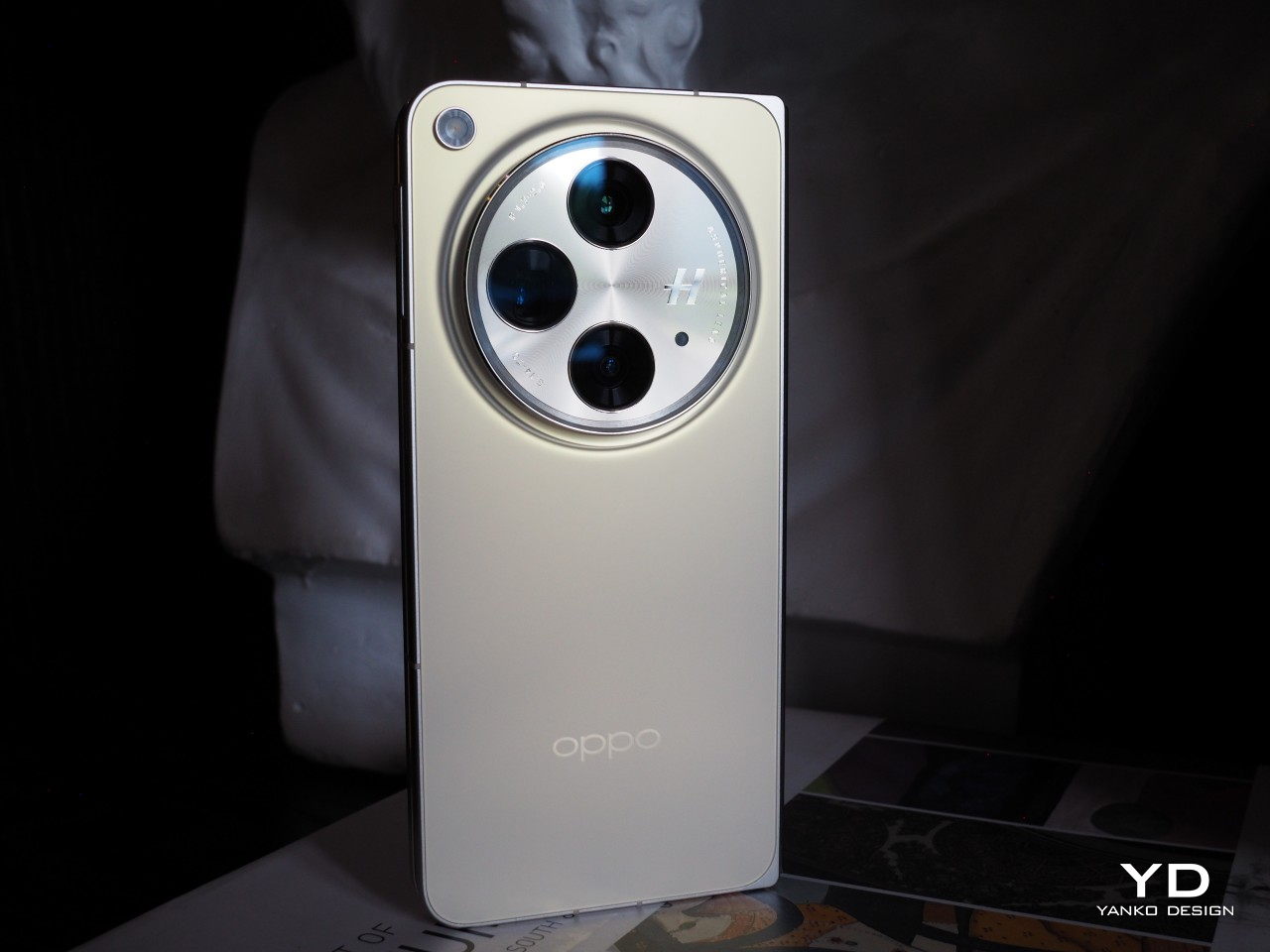
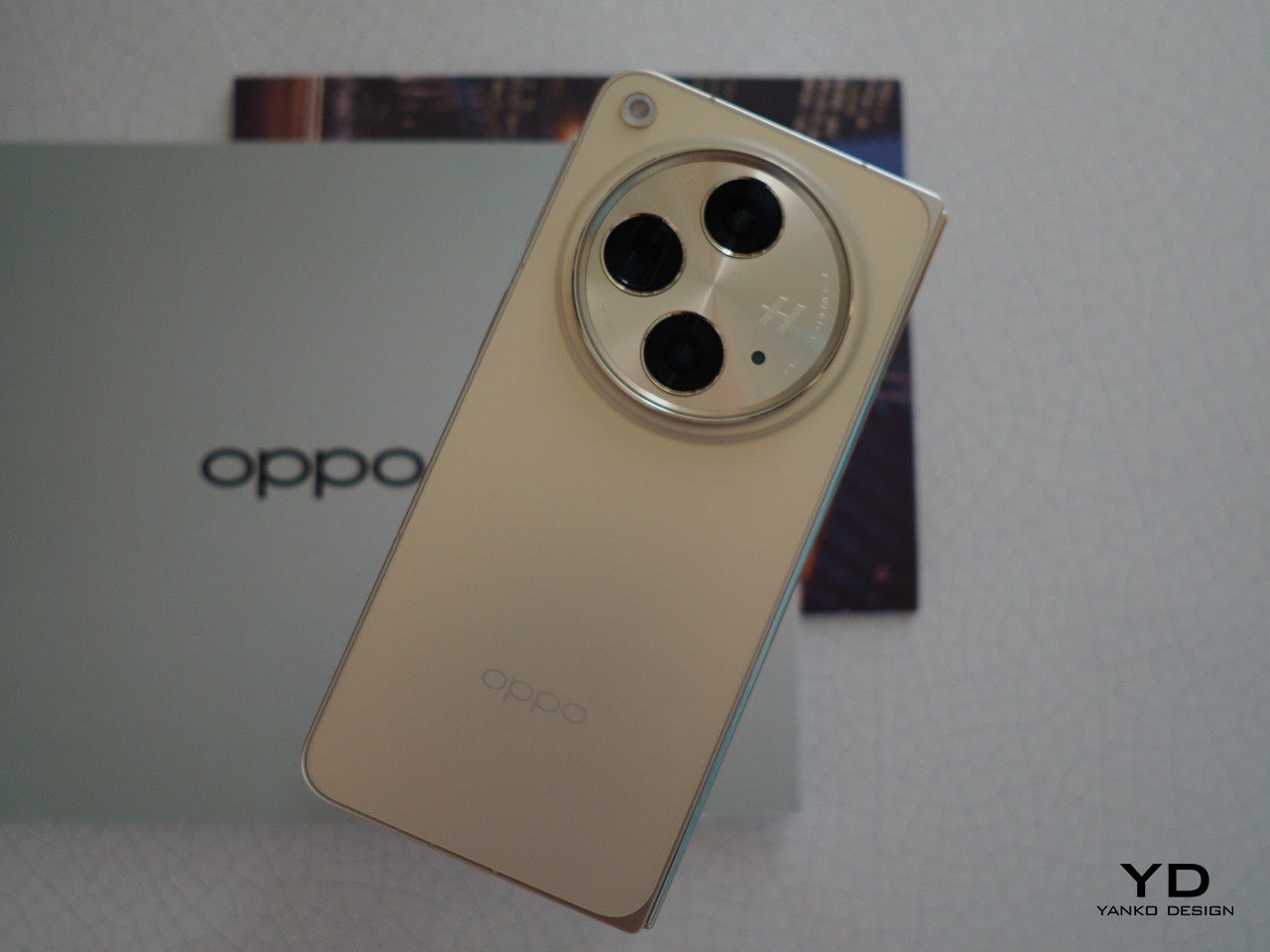
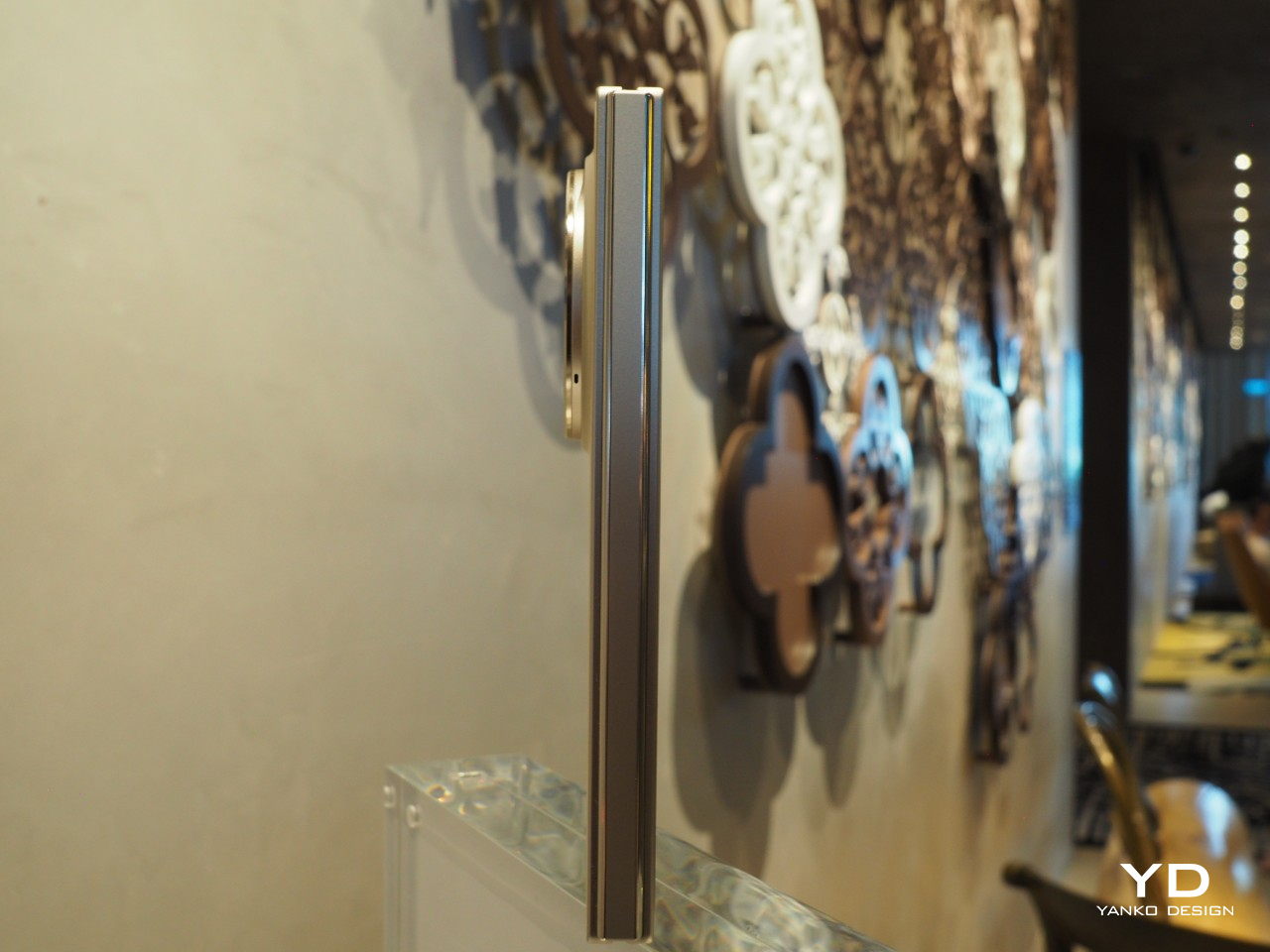
Aki Ukita contributed to this review.
The post OPPO Find N3 Foldable Phone Review: A Shutterbug’s Dream Come True first appeared on Yanko Design.
